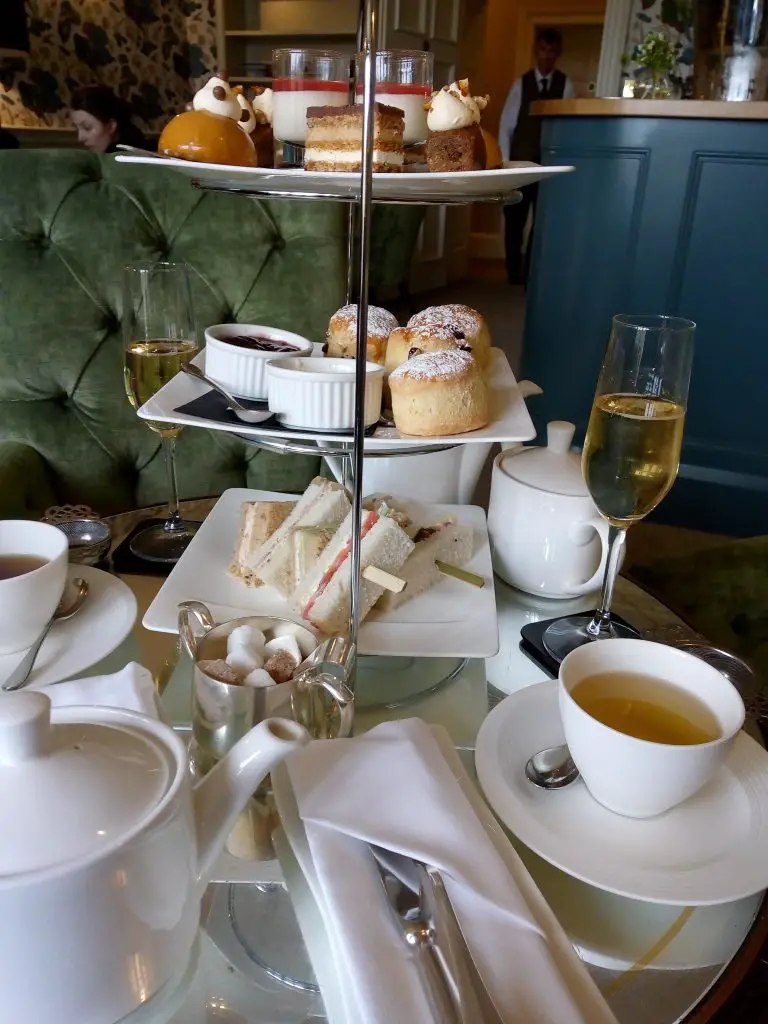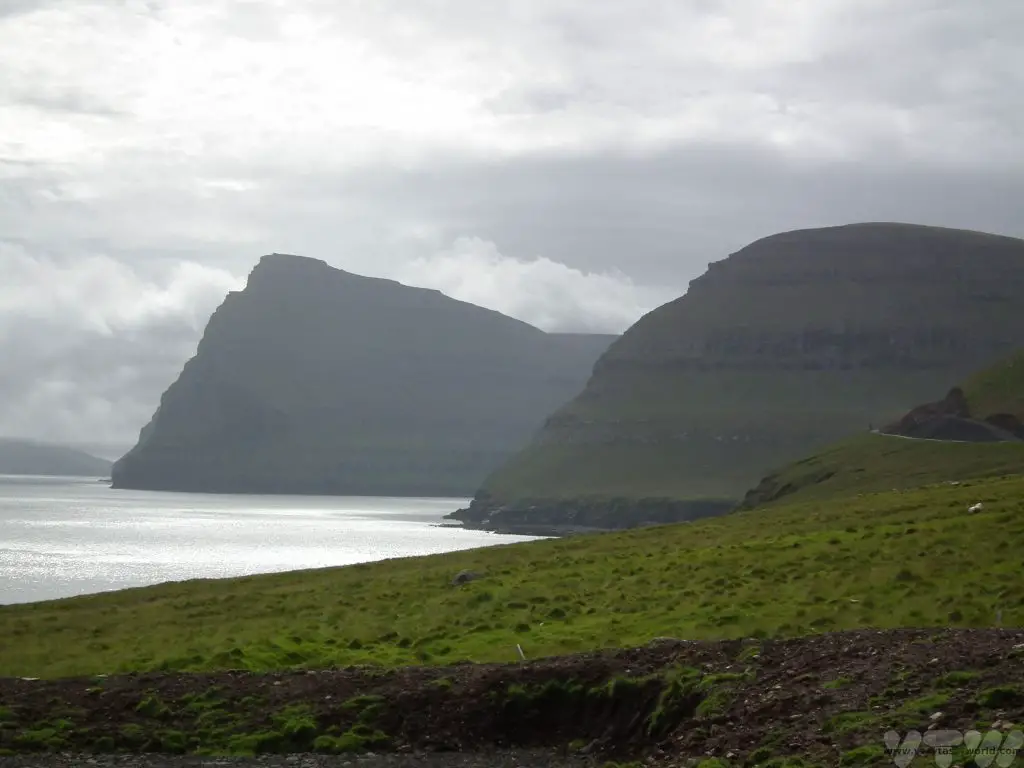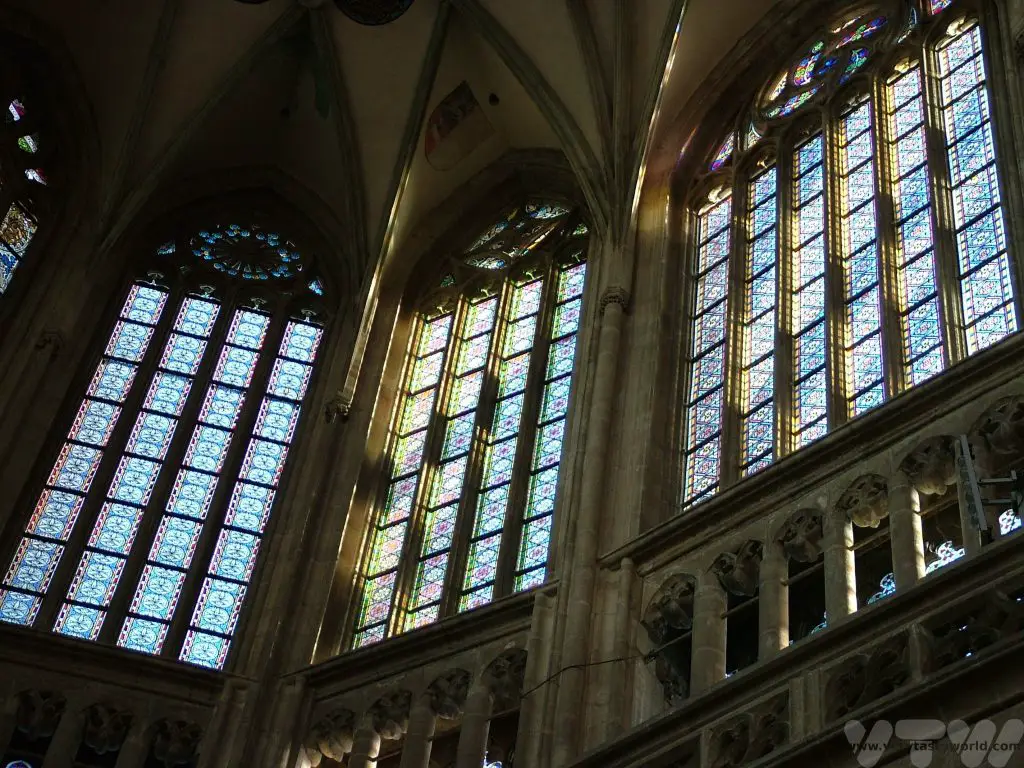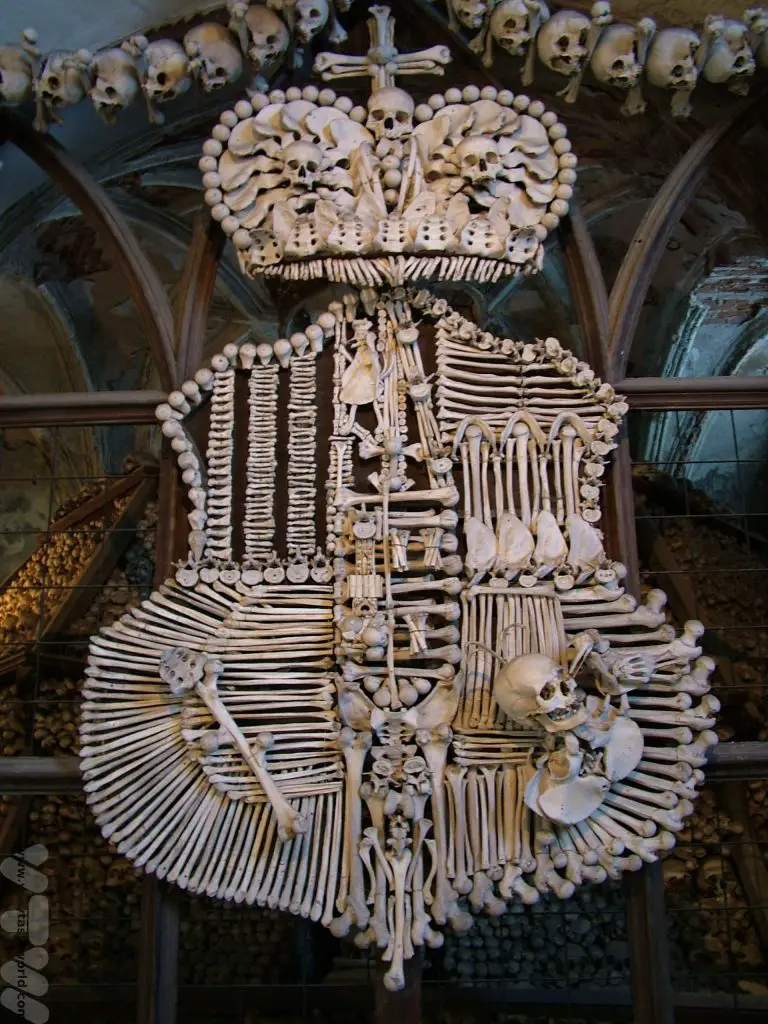Stilton Crazy After All These Years
Melton Mowbray is a small town in Leicestershire in the English Midlands which, without wishing to be unfair, doesn’t really have any remarkable features. However it is known for being a foodie town. It is home of the Melton Mowbray pork pie and has a local creamery that makes Stilton cheese.
Stilton cheese comes in two varieties – white and blue – although the blue cheese is probably the best known these days. It is often referred to as the “king of the blues,” and is likely to have been produced before the 18th century, but probably not in the form we now know it. Indeed in 1724 Daniel Defoe, when travelling through the Cambridgeshire town of Stilton, noted the location to be “famous for its cheese.” Its popularity grew over the years and producers got together in the early 20th century to specify production methods and to protect the origin of the cheese. Stilton is a geographically protected food and is only made in three counties in England… Derbyshire, Nottinghamshire and Leicestershire. Ironically, because the village of Stilton is located in Cambridgeshire any cheese made there can’t officially be called Stilton.
There is a very comprehensive history of the cheese here.
You know sometimes, you just have bad luck when you’re on the road? When we visited Melton Mowbray’s market (whilst having a brief break from our canoe building holiday) both the pork pie and the cheese shop were closed. So we just had to go back home and make our own cheese.
The amazing thing about cheesemaking is that it largely starts off in the same way – add a culture to milk, warm it up a bit, add rennet so that it coagulates, separating the solid curds (which will form the cheese) from the liquid whey. It’s the things that you do with the curds subsequently – salting, cutting, pressing, resting, stretching, brining, maturing – that offer such a rich variety of possibilities for the finished cheese.
Cheesemaker Gavin Webber’s site is a fantastic resource. His video recipes are clear and concise but with enough detail to give you confidence to start serious cheesemaking. Here is our attempt at Stilton style. We have to say Stilton style because although we live in the English Midlands we aren’t close enough for our cheese to be able to count. So we’ve called ours Stiltonesque.
This Stiltonesque is a blue cheese, creamy and with lovely veins of sharp blue flavour running through the cheese.
First of all we cleaned all the equipment thoroughly (generally boiling water on equipment is enough to sterilise it) and added 5 litres of organic full fat milk. One of the elements that makes this style of cheese so luxurious is its creaminess which is thanks to the 500ml double cream that we added to the milk.
We put the Penicillium Roqueforti mould powder into the milk and stirred gently for two minutes. This is the bacteria that ensures that blue cheese develops those deliciously tangy blue veins that run through the cheese after it has matured.
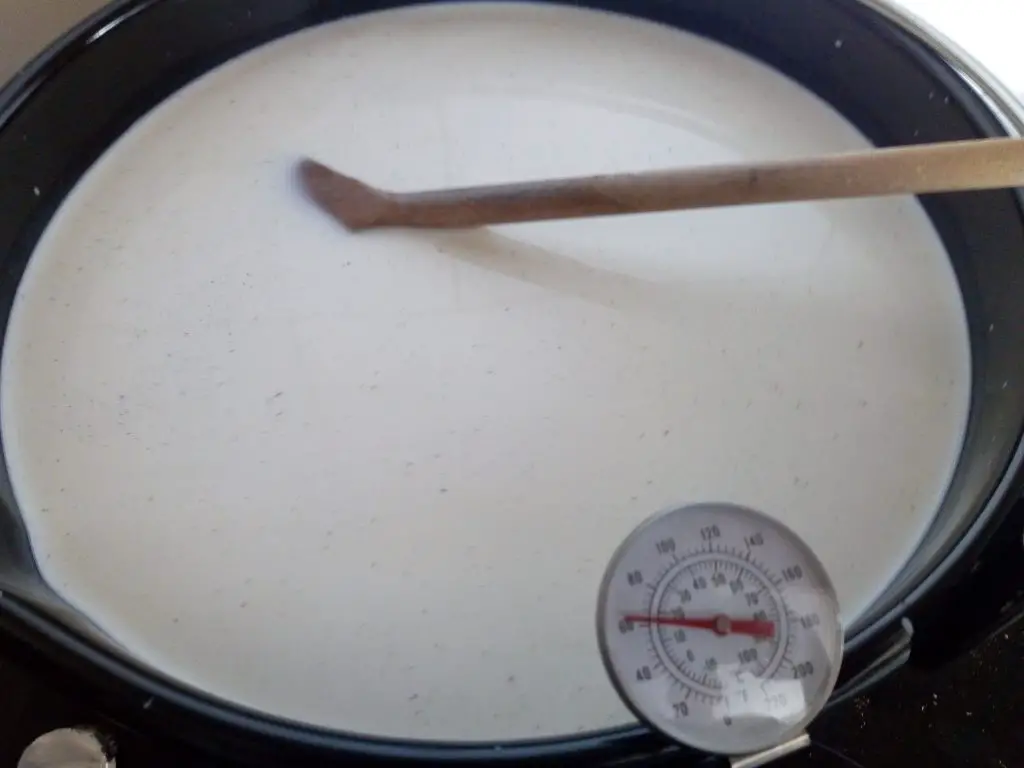
Then the milk was gently brought to temperature – 30deg. It’s possible to do this by heating the milk on the hob (very slowly, so as not to burn the bottom of the pan) but if you are serious about cheesemaking it could be worth considering investing in a sous vide (£). This is definitely a non-essential kitchen gadget but it is very cool and can be used for other purposes such as cooking steak in a vacuum pack. The great thing about the sous vide for cheesemaking is that it has a heating element and immersion circulator which stirs the milk, heating it evenly. You can also set a target temperature and it beeps reassuringly when you’ve reached the correct heat level.
Then we added the culture, stirred for a minute and left for half an hour. We’ve found that if you place a tea towel over the pan it does manage to retain the heat pretty well.
Then we added rennet in water and gently stirred it in. The cheese then needed to sit for an hour and a half. Unfortunately at this stage we had some trouble with the rennet – it just didn’t want to coagulate the cheese. A quick internet search revealed that we should try to add a little more rennet and wait a bit longer. If you add too much rennet the cheese can start to taste bitter but then, if you’ve bought the milk, starter and Penicillium Roqueforti you might as well try to continue. So we did.
We did, somewhat later than expected, get a good break (phew!), so ladled the curds into cheesecloth lined colander.
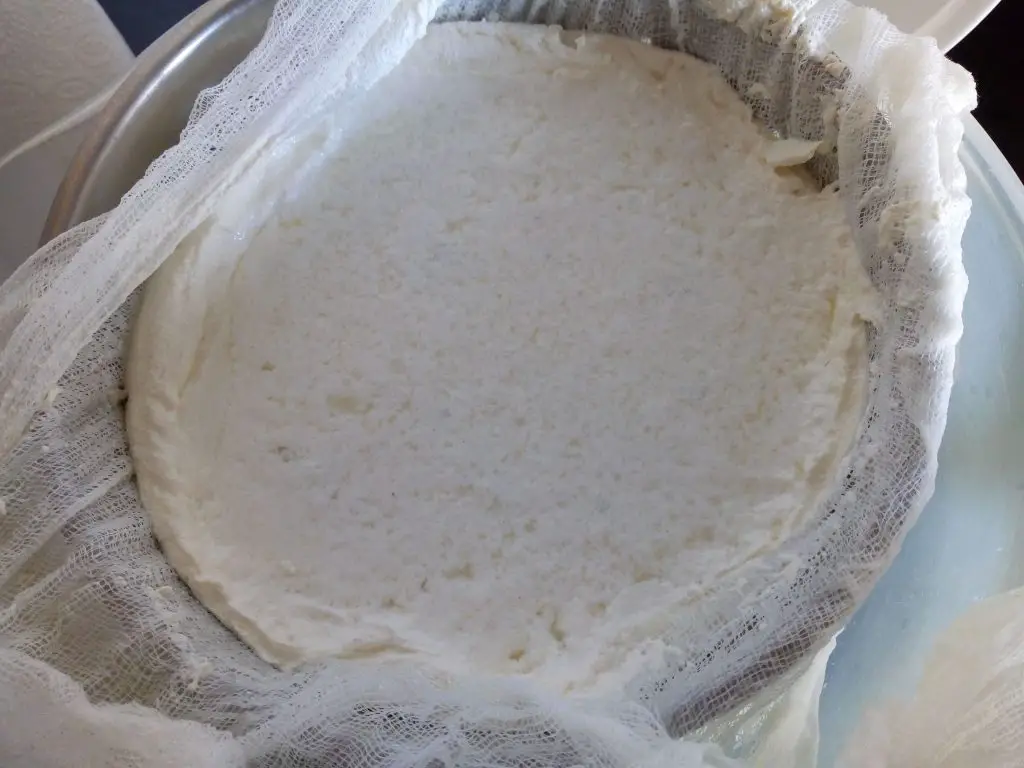
We kept the bowl of whey under the colander to let the curds sit in the whey for around an hour and a half.
Then we scooped up the cheesecloth and roll the curds into a ball. Let whey drip for 30 mins. Our set-up was a bit Heath Robinson – we tied the cheesecloth around an old broom handle and let the remaining whey drip off in the garden.
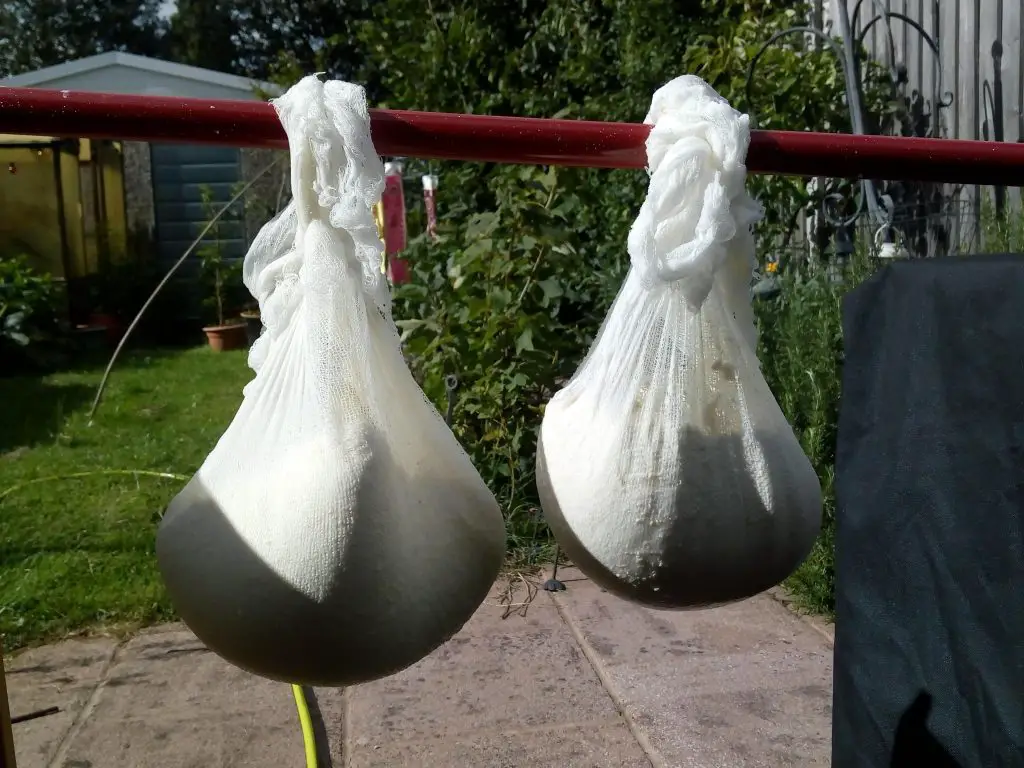
Then the Stiltonesque needed to be wrapped very tightly for a further drain and to compress the curds. We put a board on top of the wrapped curds then filled up milk bottles with water to place on top of board. We left this overnight and this process pressed most of whey away.
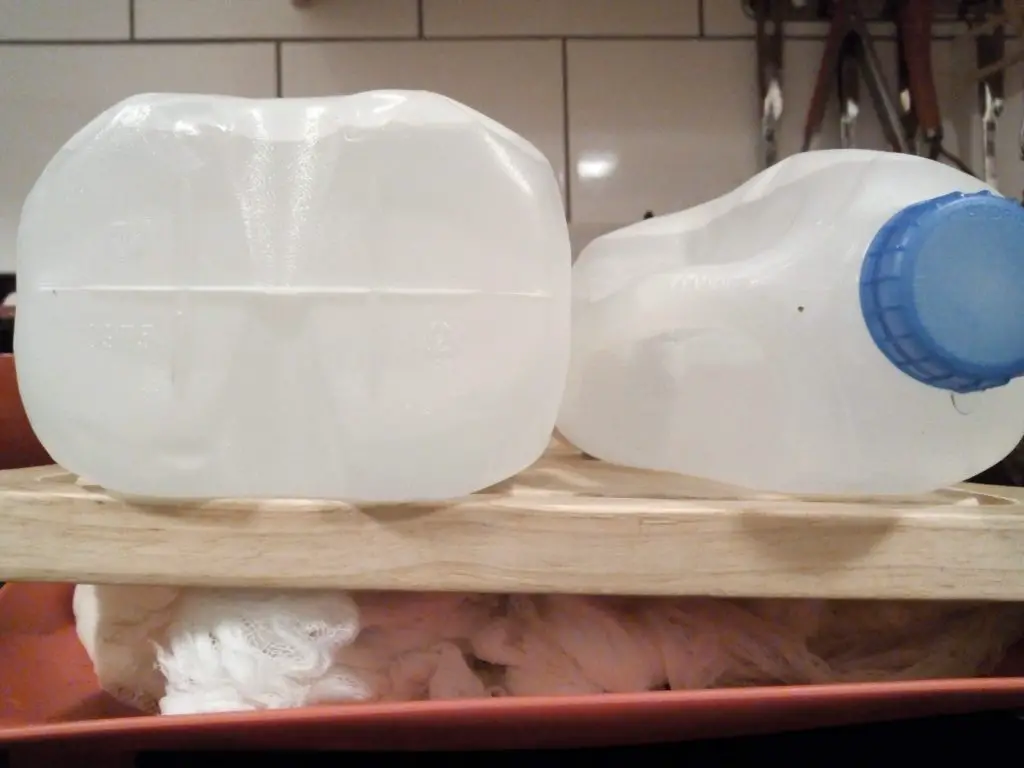
The following morning we opened up the cheesecloth in a colander, broke up the cheese into pieces and added cheese salt, mixing thoroughly.
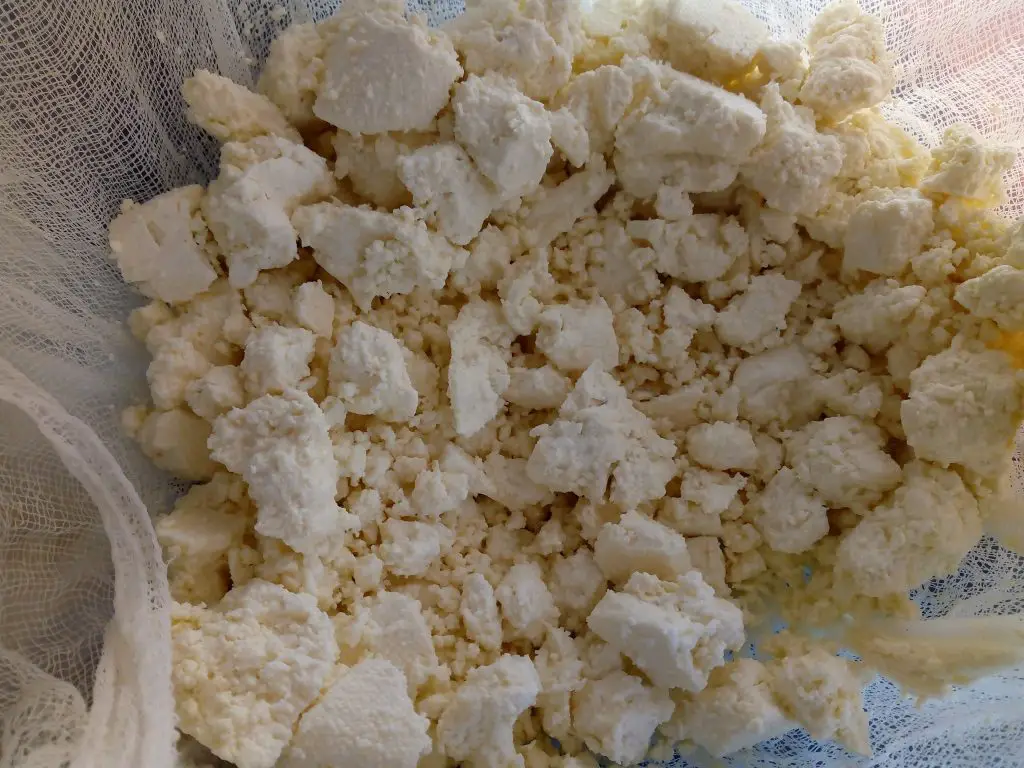
Then a plastic mould was lined with a sterilised j-cloth, and the curds packed in. We covered the cheese and flipped a couple of times. The cheeses had a very satisfying schlurp sound as they emerged from the mould and, importantly, maintained their shape well through the turning process. We flipped every 15 mins for 2 hours, then let the cheese sit in the mould overnight. Over the next few days we turned the cheese four times each day.

After the fourth day, with hands duly sprayed with white vinegar to ensure they were extra clean, we smoothed the cheese over to try to remove any cracks. The next stage is very important in obtaining that characteristic blue veining. Using a metal cheese thermometer, we (gently) stabbed the cheese.
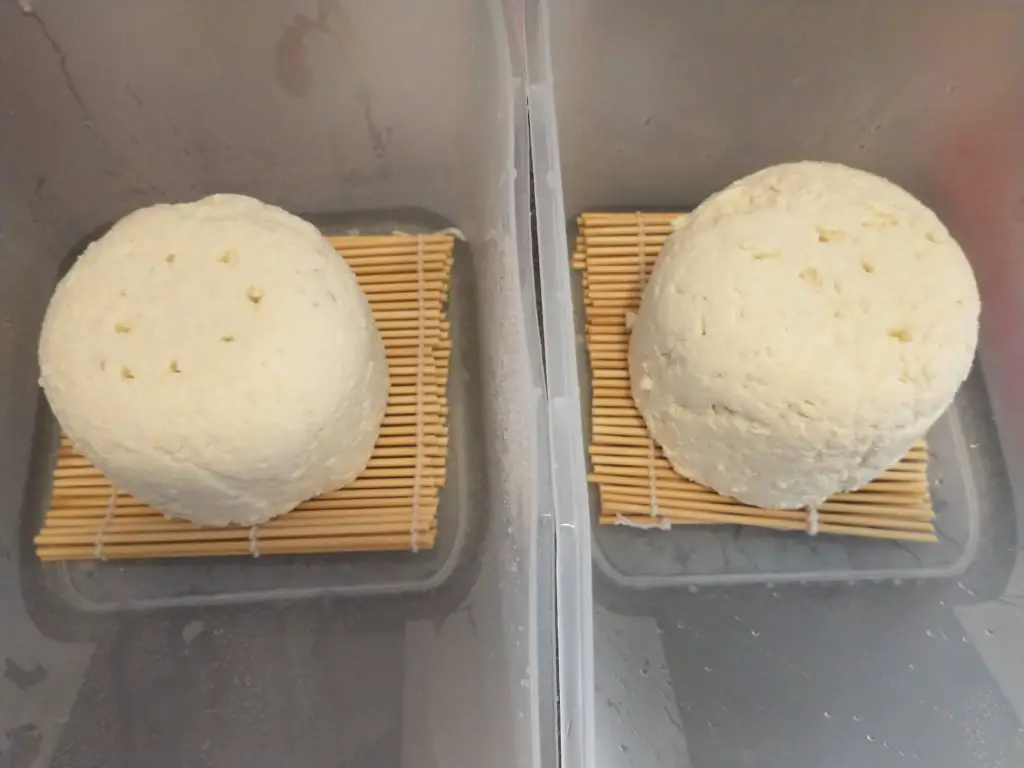
Then the cheese was placed onto a mat and put into a cave. A cheese cave sounds hugely exotic. Sadly we don’t have ancient caves inside which cheese can be matured at the bottom of our garden in the UK Midlands – the closest we would get is a coal mine in this area! – so our cheese cave is actually a wine fridge, which can maintain a warmer temperature than a conventional fridge. We matured the cheese, turning every couple of days for the first week or so, for four months.
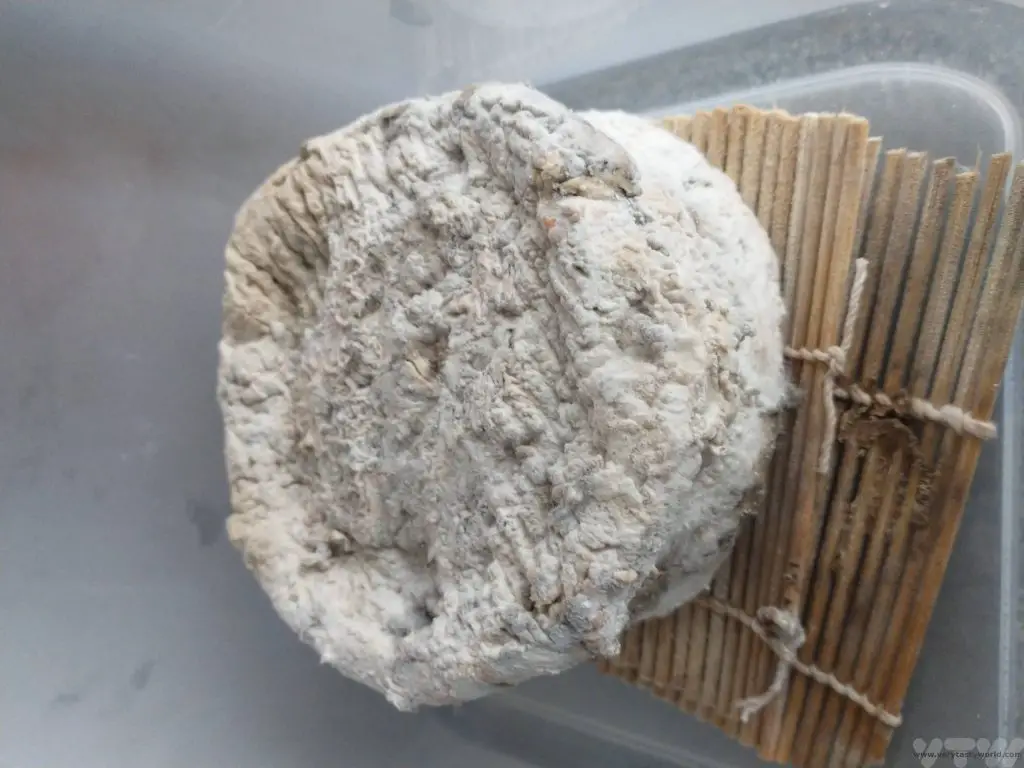
When you undertake long-term foodie experiments (such as making miso) there’s always a bit of trepidation when trying the finished product. Fortunately our Stiltonesque turned out to be a complete success. Cutting through the cheese, there were lovely blue veins.
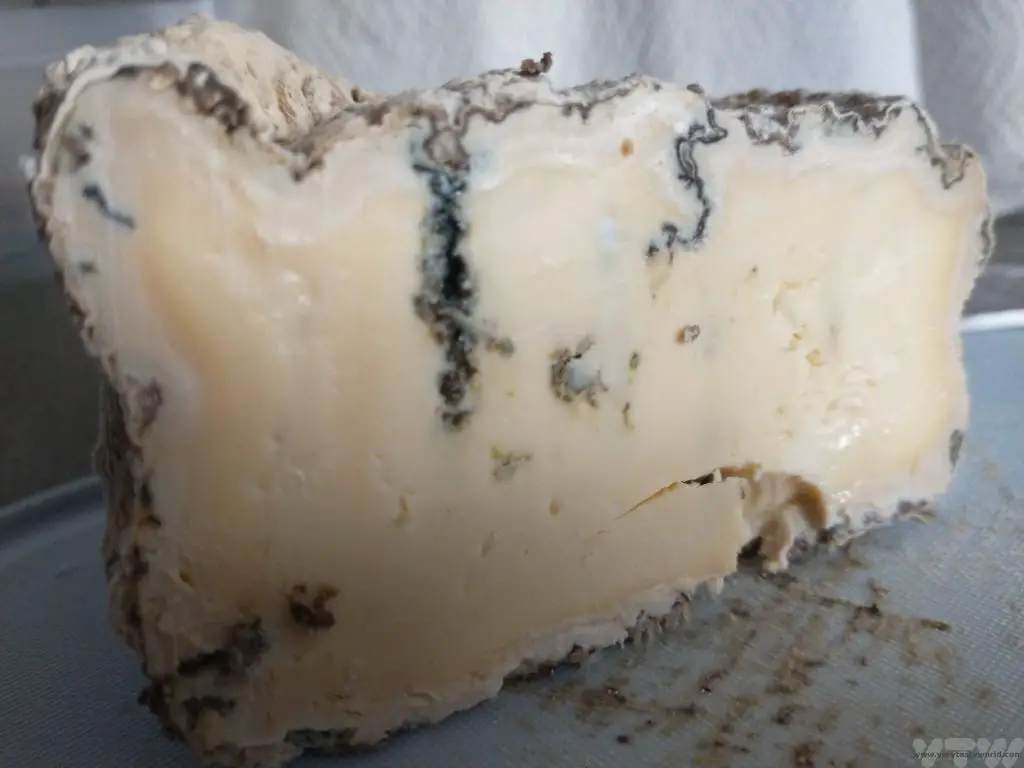
The cheese was creamy with a lovely salty flavour and characteristic tang from the blue. It didn’t last long…
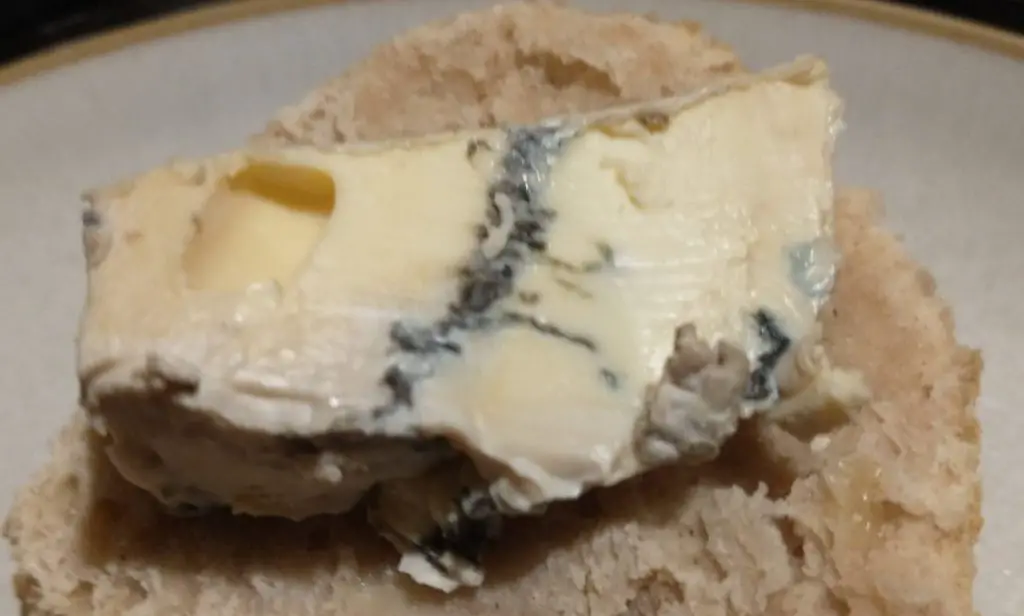
Cheesemaking is a fascinating process. There’s a lot of frantic activity followed by a lot of waiting while making the cheese itself and then there’s the anticipation of waiting several months for the finished result as it matures. But it is a very satisfying thing to be able to do, especially if the finished product works out.
You can buy cheesemaking equipment from a multitude of online emporia. There are beginners’ cheese kits – definitely recommended if you are just starting out – as well as equipment such as presses for more advanced cheeses. But you can also get by if you cobble together bits and pieces in your house – it’s amazing how you can convert ordinary kitchen utensils into cheesemaking tools.
Some of the links in this article are affiliate links, annotated by a (£). If you click the link and decide to make a purchase we will earn a small commission, at no cost to you, which helps towards running this site.

- RECIPE Oyakodon Donburi
- Zero Waste Recipes Before Your Holiday
- RECIPE: Vegetable Biryani Tamil Nadu Style
- RECIPE: Vegan Wild Garlic Pesto
- Recipe: Venetian Pasta Sauce
- RECIPE: Biryani Raita Recipe
- RECIPE: How to Make Costa Rica’s Gallo Pinto
- Recipe: Japanese Simmered Pork Belly – Buta no Kakuni
- RECIPE: How to Make Umeboshi

Unusual UK Activity Breaks – Just Take Five
There’s an old saying that ‘a change is as good as a rest,’ which we feel is very appropriate for us because we are absolutely terrible at relaxing when we’re on holiday. We can’t just sit around, we always want to be doing something. Fortunately there are all sorts of unusual UK activity breaks available, from learning a new craft to interacting with amazing animals. Here are five breaks that we’ve thoroughly enjoyed.
Build Your Own Canoe
“If you look for a happy person, you will find them building a boat,” said our host John, quoting Beran Wolfe. He’s right. Birchcanoes in rural Leicestershire offer a canoe building holiday where you can stay onsite and construct your very own vessel over the course of three days. John is on-hand to give as much help as you need and at the end of your stay you launch your vessel on the River Wreake and then take your canoe home with you so that you can explore your local waterways – and beyond.
John offers accommodation on-site, so we could stay while we were building our canoe. We slept in the River Cabin, a snug wooden building just a stone’s throw from the river and a 30 second walk from the workshop. It was self-catering and had all the facilities we could have wanted.
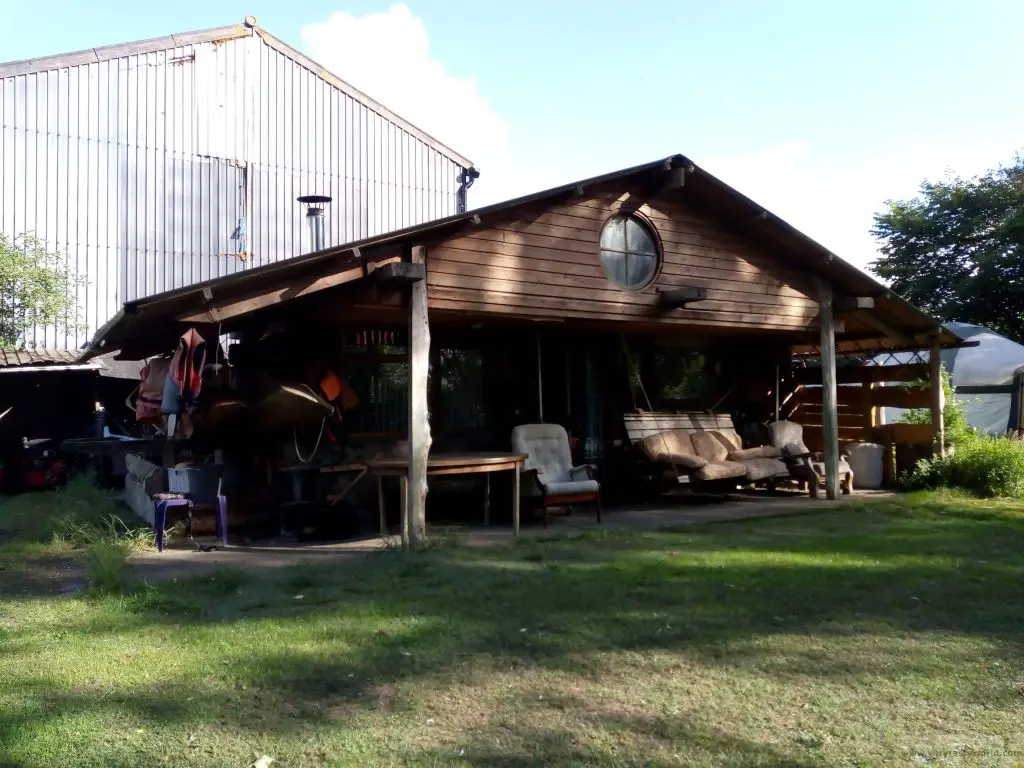
We had checked out John’s website to decide which type of canoe to build and after some discussion with him we landed on the Lakota design – the most popular type of build. However, a quick measurement of our garage (we have a small car) revealed that we would not be able to fit both the Lakota and the car inside. No problem, John modified the design to accommodate our maximum length and very first Lakota 4.4 (4m 40cm) began construction. Amazingly, we were going to build a canoe in three days!
Day One of the canoe building involved cutting marine ply panels using a template. We used a Japanese pull saw and a jigsaw to cut out each piece.

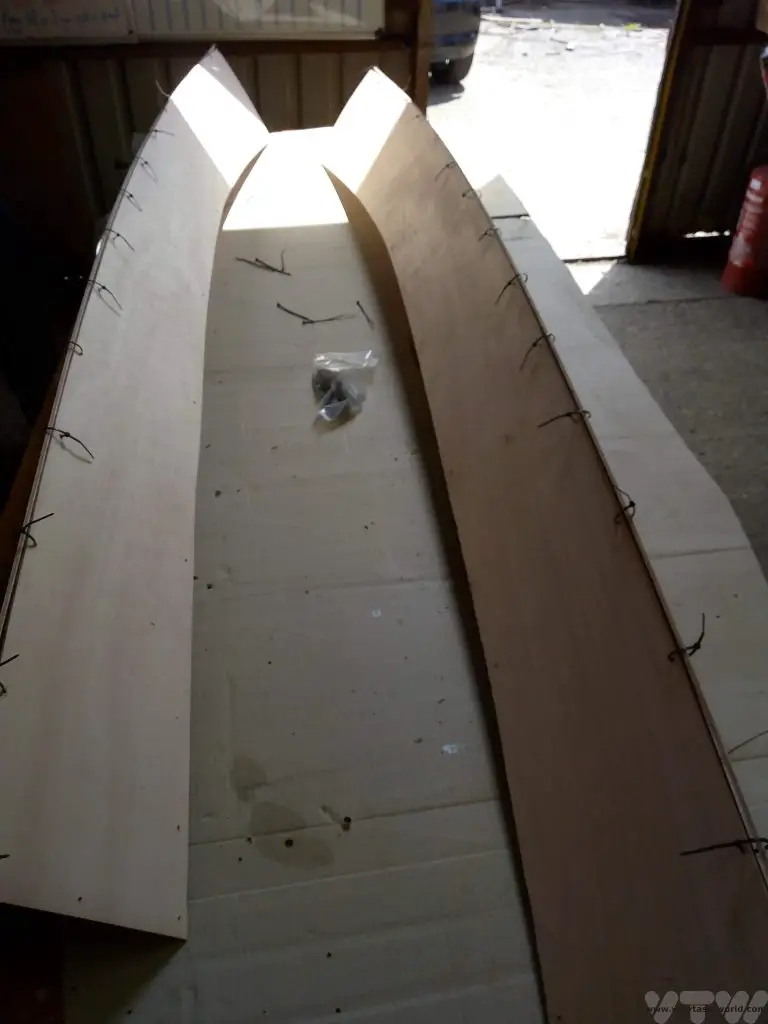
We then sewed the canoe together using cable ties and added the gunwhales. At the end of the day our canoe most definitely looked like a canoe.
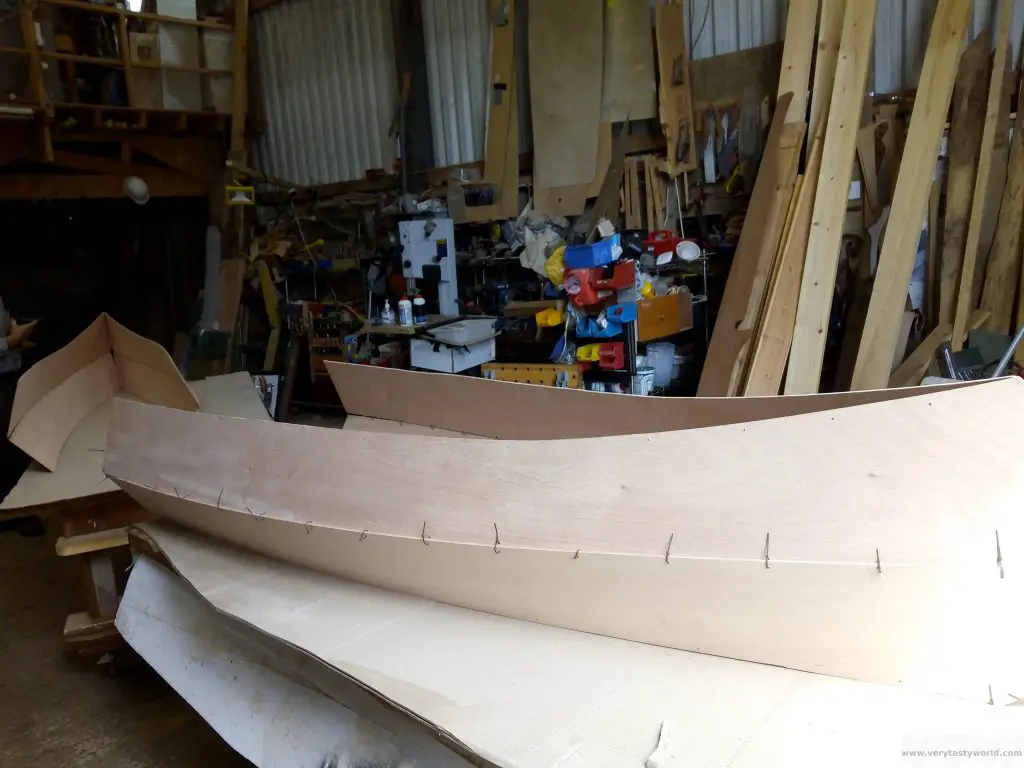
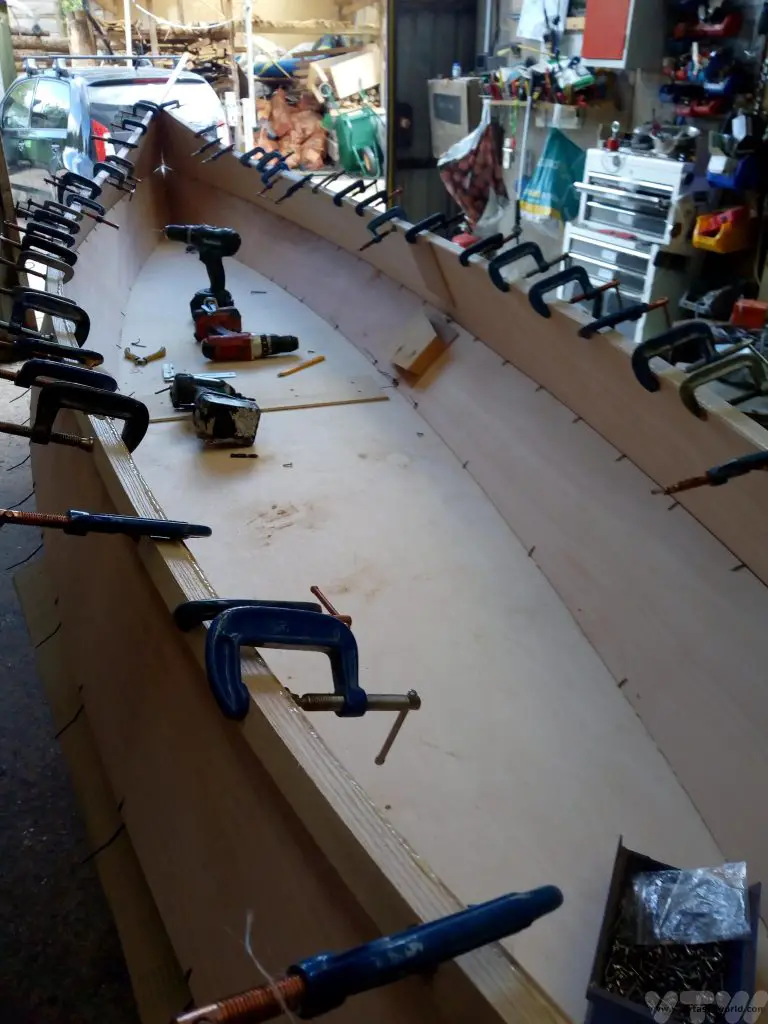
The next day we made the seats. There was a lot of sawing, particularly at strange angles, using an ingenious contraption John had devised, and sanding. Then the seats were fitted inside the boat. We also applied resin to the inside of the canoe.
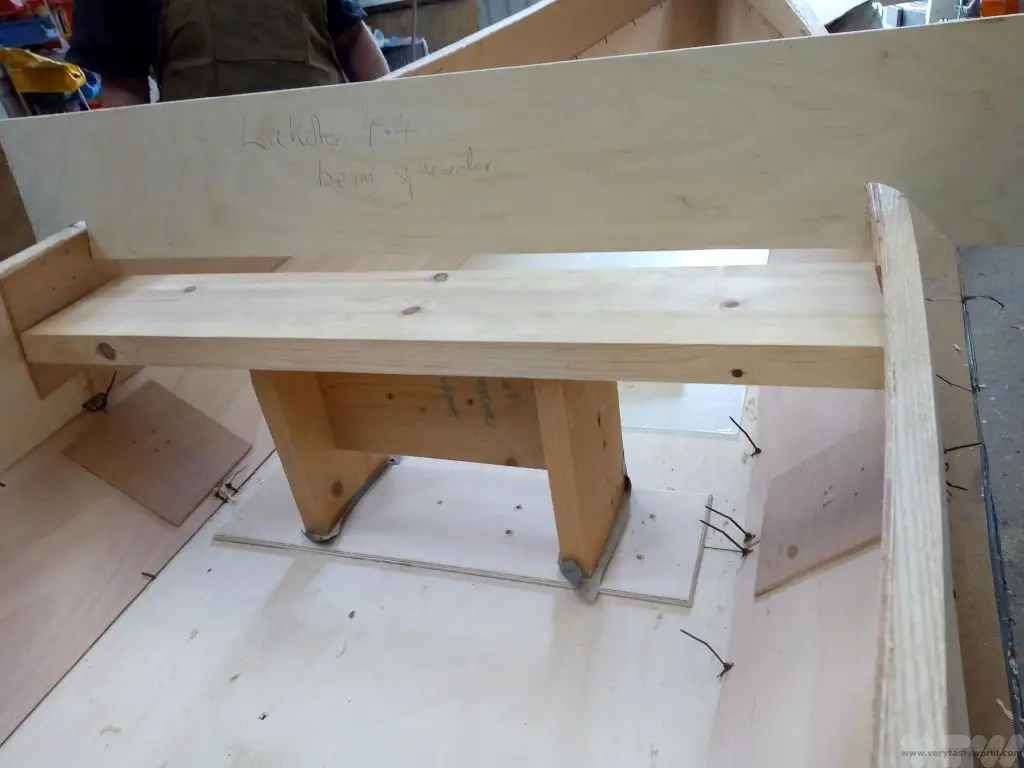
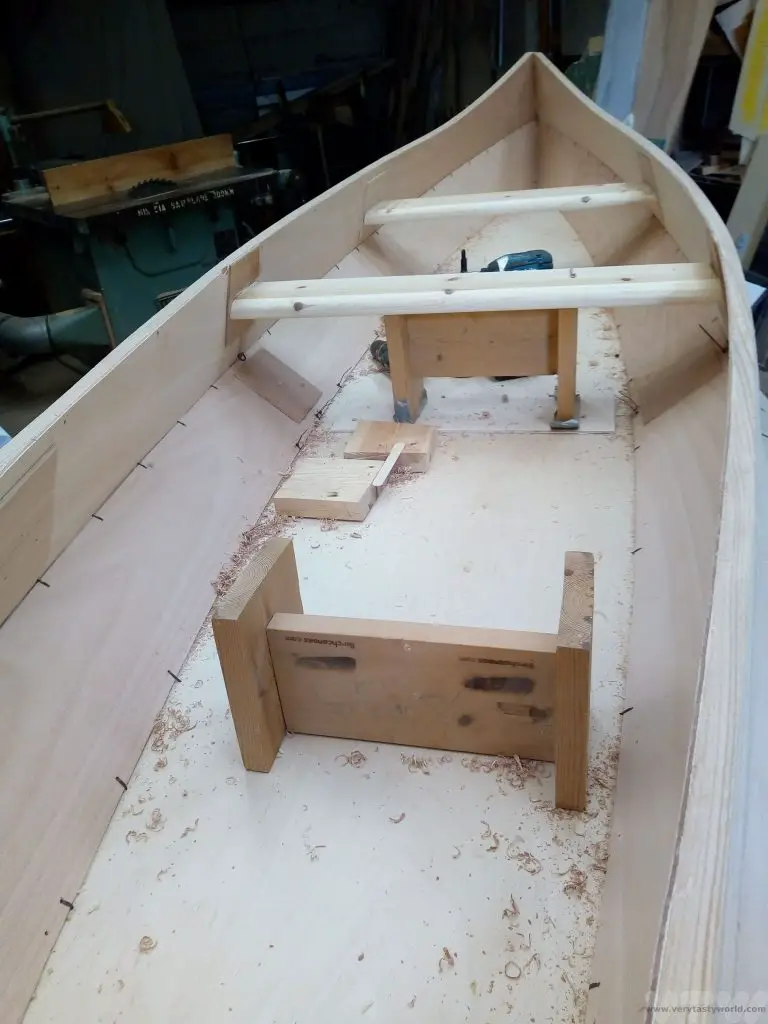
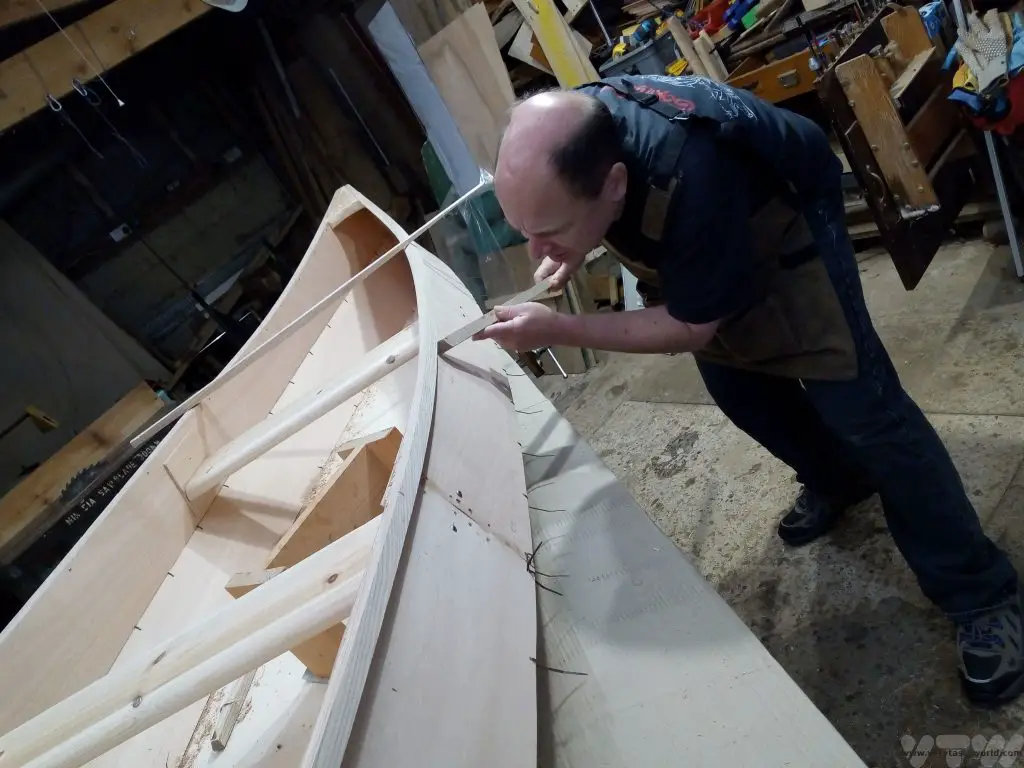
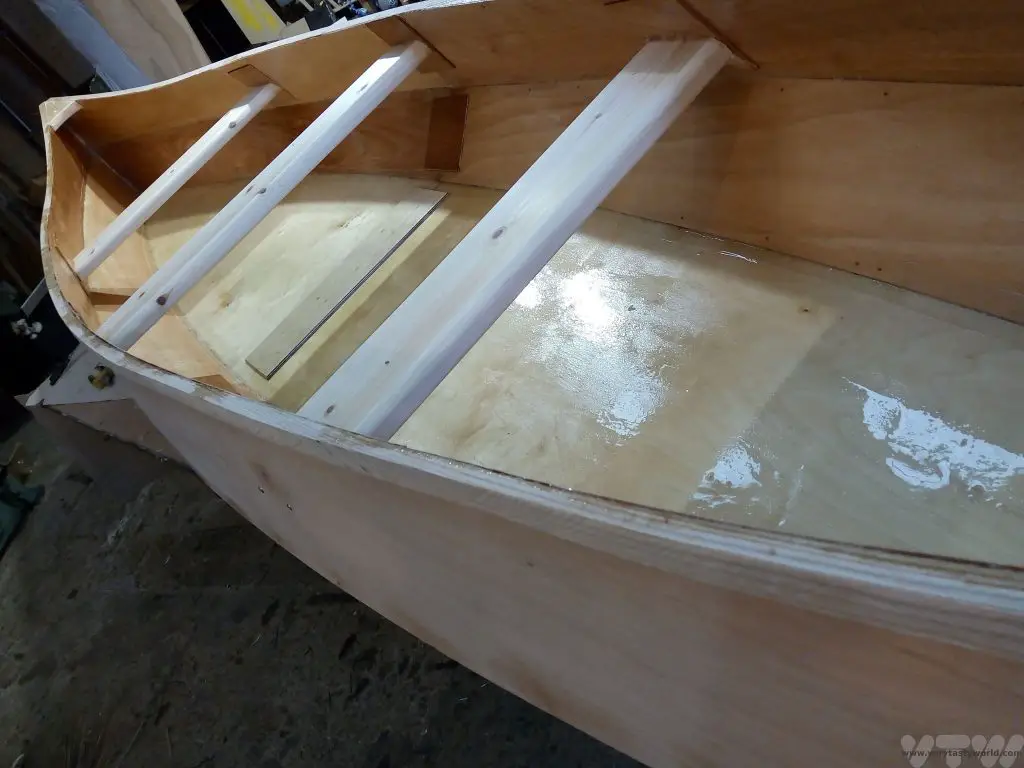
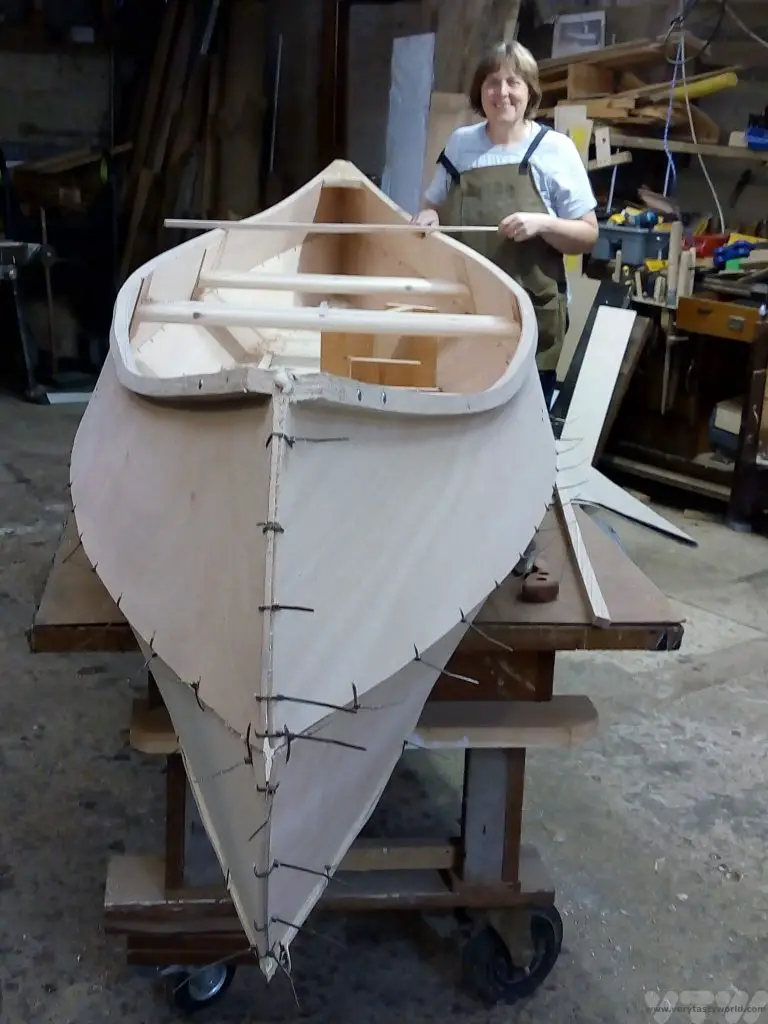
Day Three involved getting the canoe watertight and ship-shape. There was a lot of planing and sanding involved – all by hand – to get a really smooth finish.
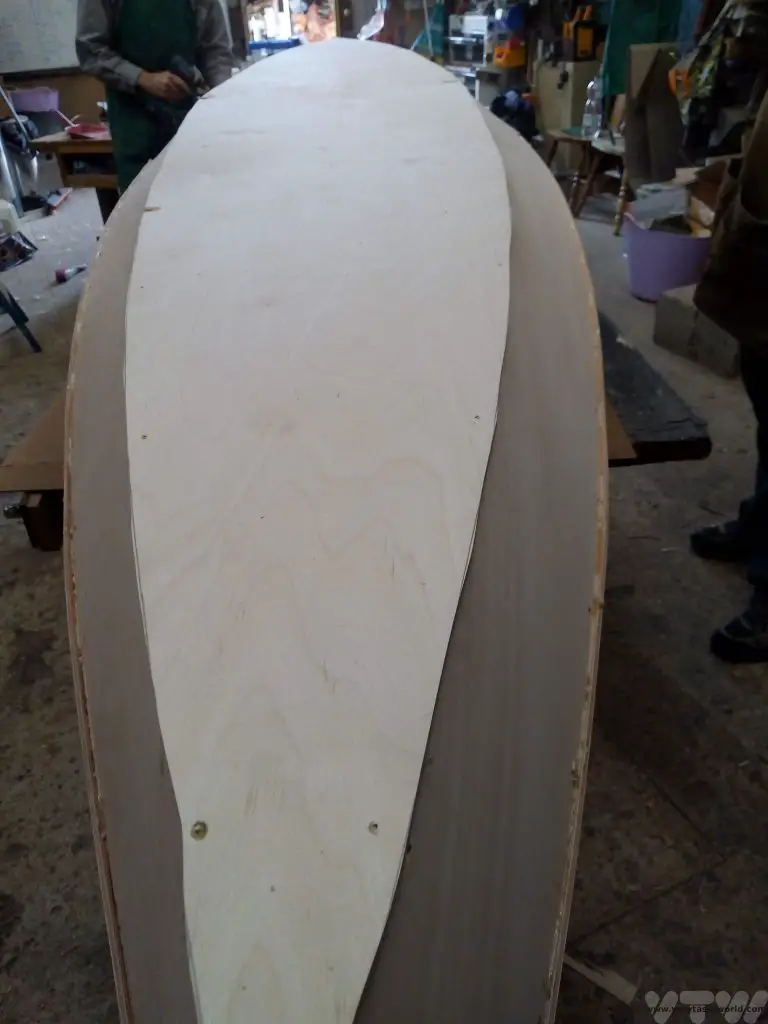
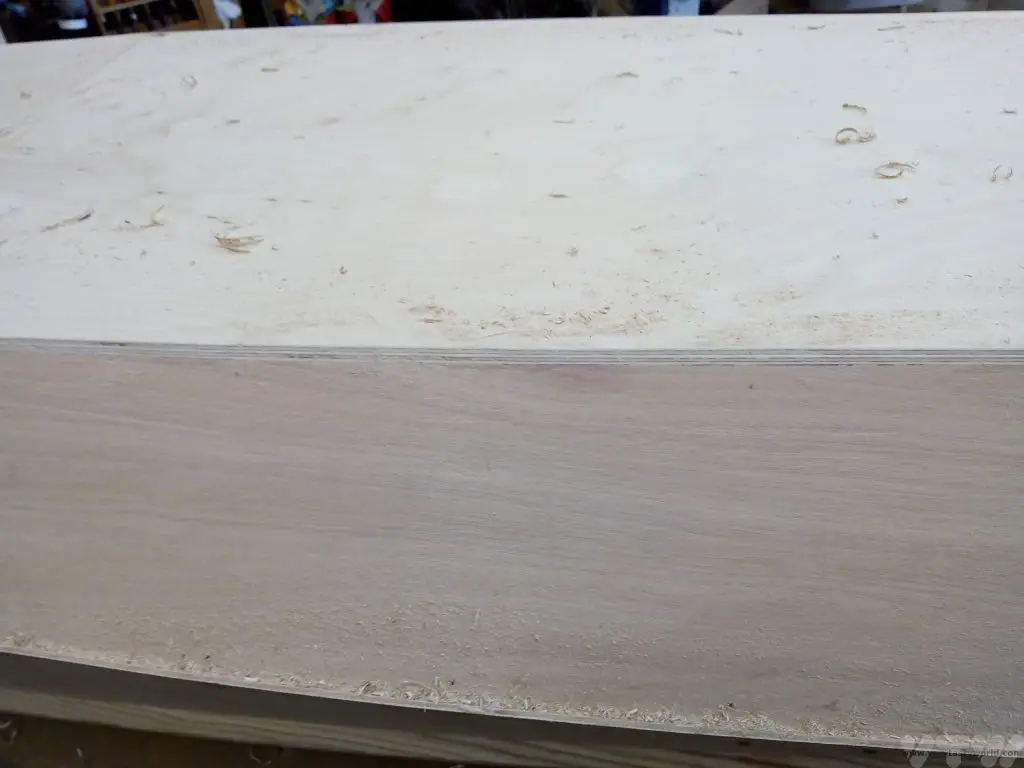
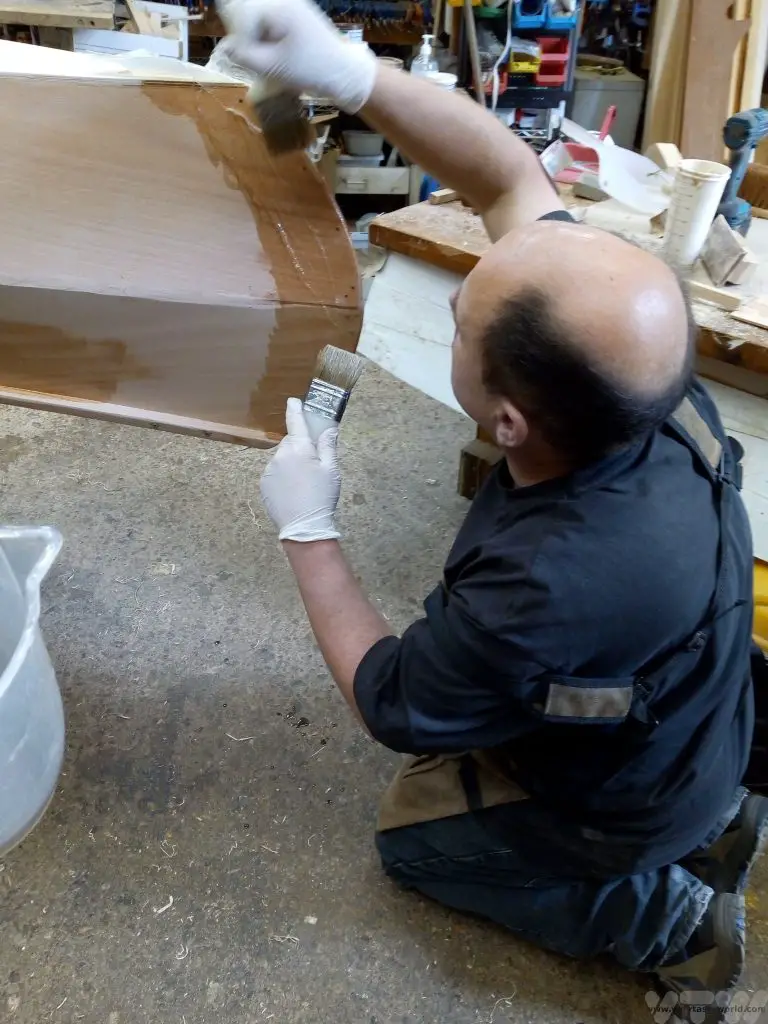
Then we applied glass fibre tape and resin to the exterior of the canoe.
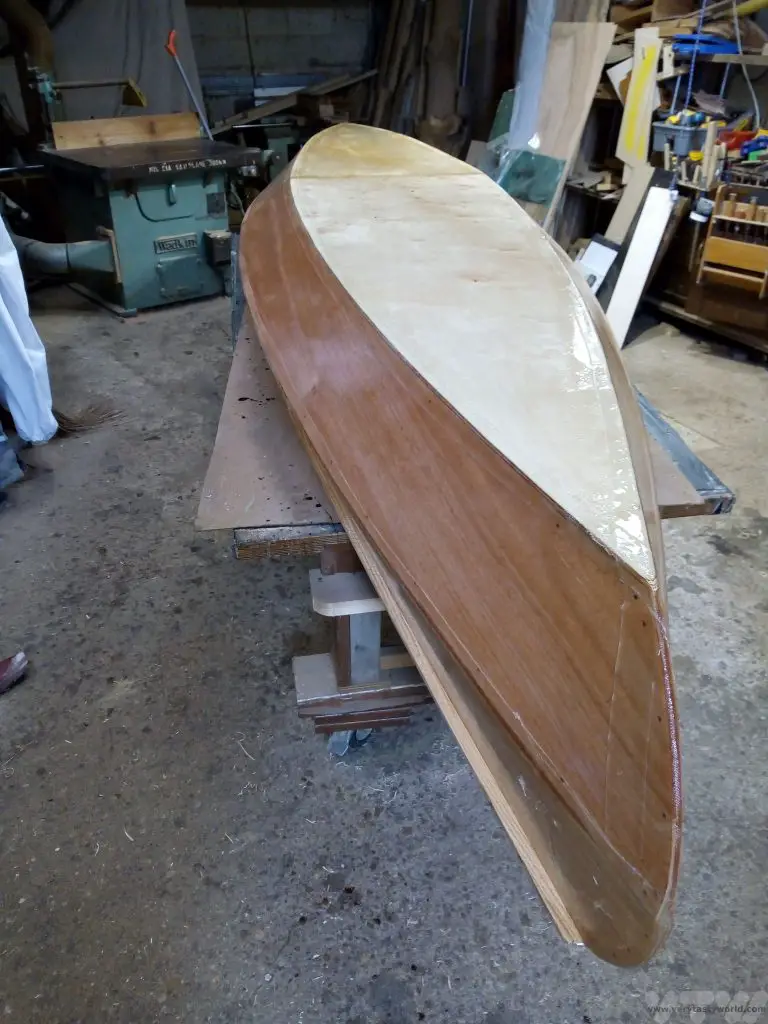
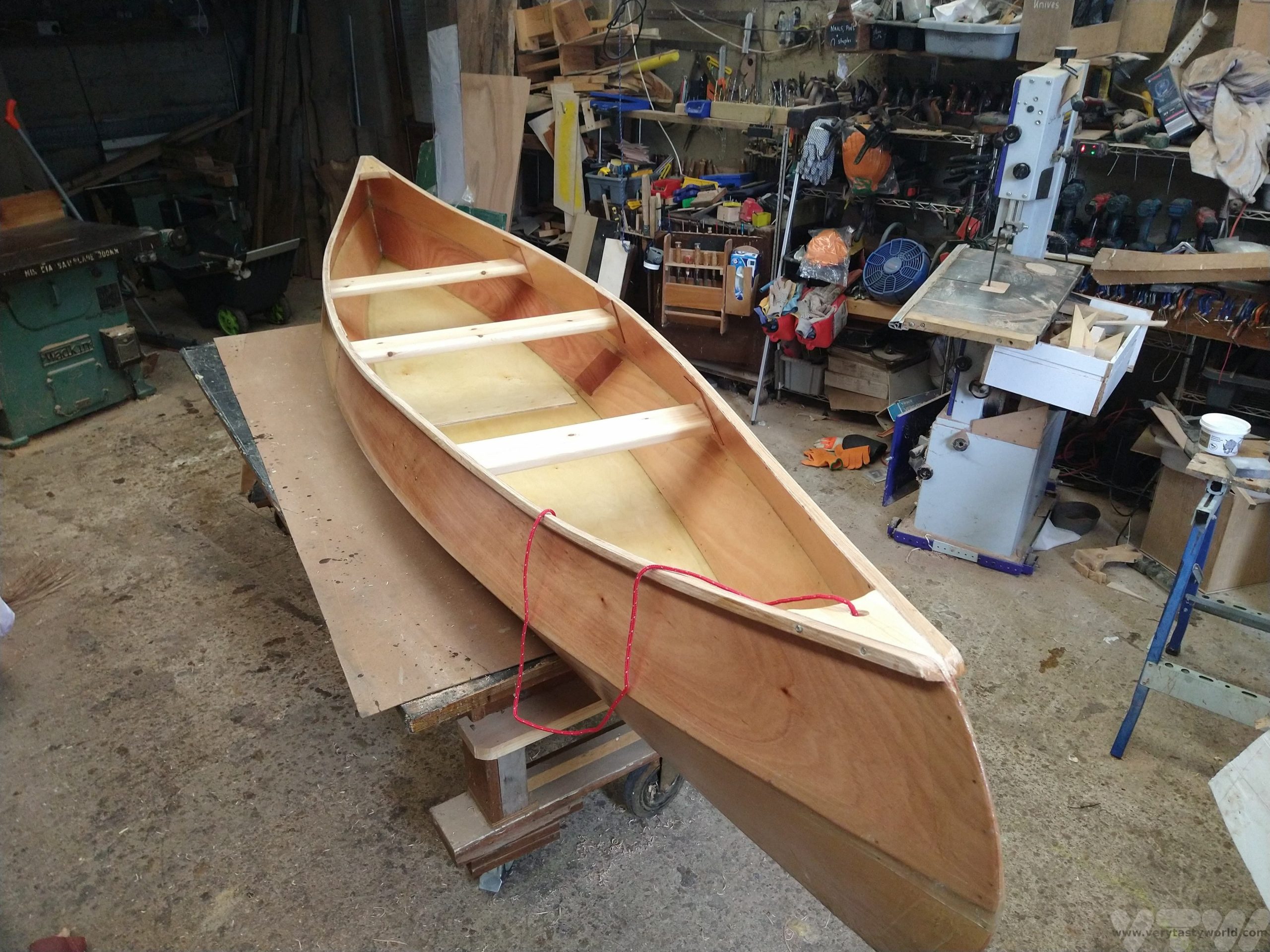
The resin needed to dry overnight so the fourth day was launch day. It was essential that we had a mini-bottle of Prosecco for pre-launch.
The lovely thing about this experience is that the whole family is welcome to join in.
We also needed to think of a name. After some deliberation we landed on Obi-Wan Canoe-bi. We had fitted a roof-rack to our little car a few weeks before our holiday and Obi-Wan sat snugly on top.

Since getting home we’ve thoroughly enjoyed paddling on our local canal and plan to go further afield this year. Several trips for the price of one!
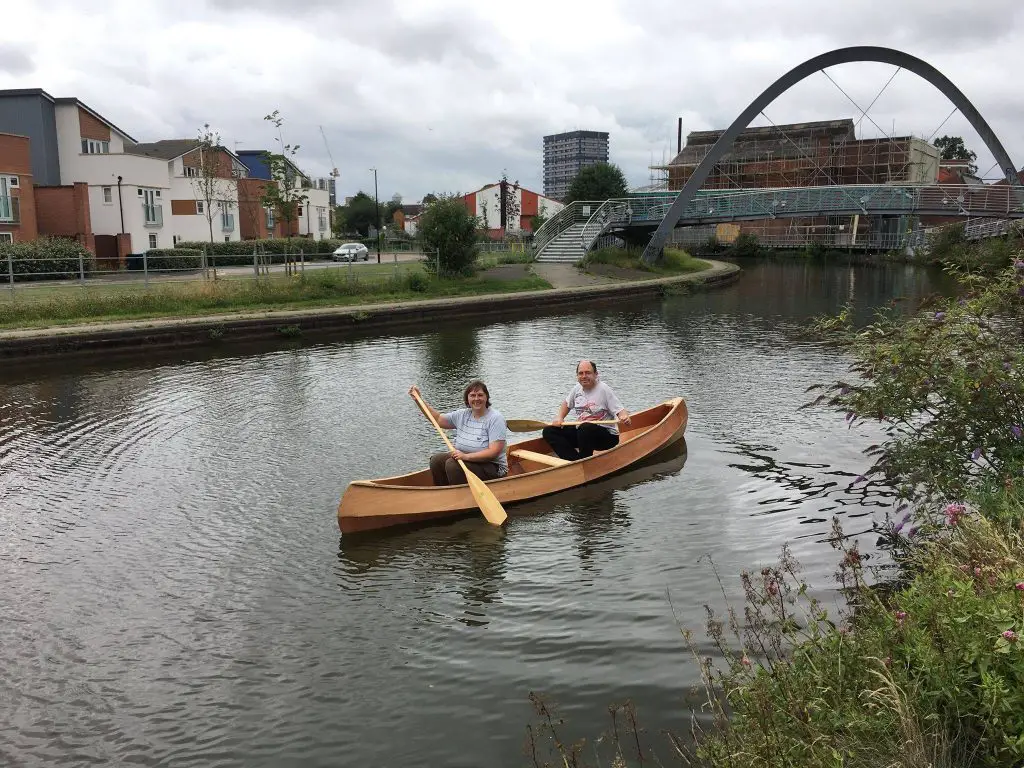
While You’re In The Area
The workshop is in rural Leicestershire and there are some lovely walks in the area. It’s also very close to Melton Mowbray which is known as a bit of a foodie town and is famous for both its pork pies and Stilton cheese.
Unusual UK Activity Breaks – Meet and Fly Some Birds of Prey
At Icarus Falconry in Northamptonshire you can meet and fly their remarkable birds of prey. We flew several owls and a harris hawk and also got to hold a tawny eagle and a peregrine falcon.
We met four different owls. Their bodies are really small but are fluffed out by masses of feathers which enables them to fly virtually silently. Many of the feathers are serrated for additional hush. They eat rodents and swoop low, flying just above ground level, to pick up their prey mid-flight. For this reason when you are flying owls you don’t hold the meat lure in your glove otherwise they would just fly off with it; you reward them when they’ve landed on your hand. Apparently the “wise old owl” moniker is a myth. They’re not very clever and haven’t got very good eyesight either. But each one we met had a terrific personality. Tom the Burrowing Owl was tiny and cute and ran round and round the drainpipe system in his cage, clearly enjoying himself. He’d fly directly into your hand.
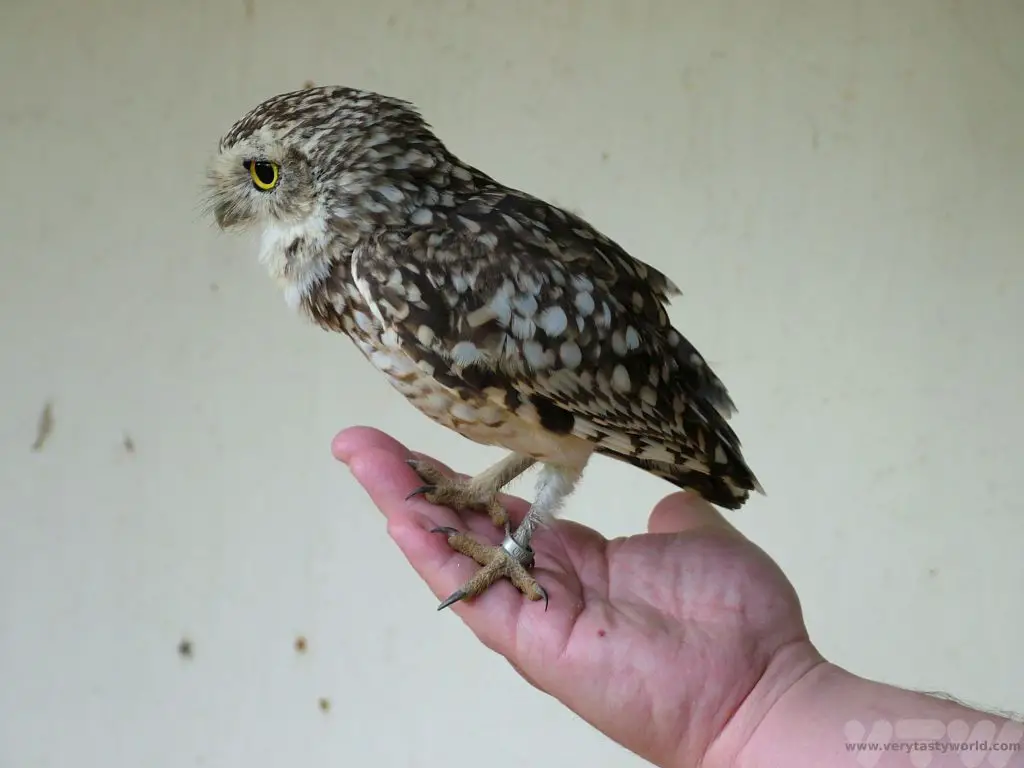
Spot the Spotted Owl (she’s over there!) was very beautiful and apparently could be a little bit naughty. She was happy to be petted. She flew well but got a touch tired towards the end of the session and decided that walking was much more fun.
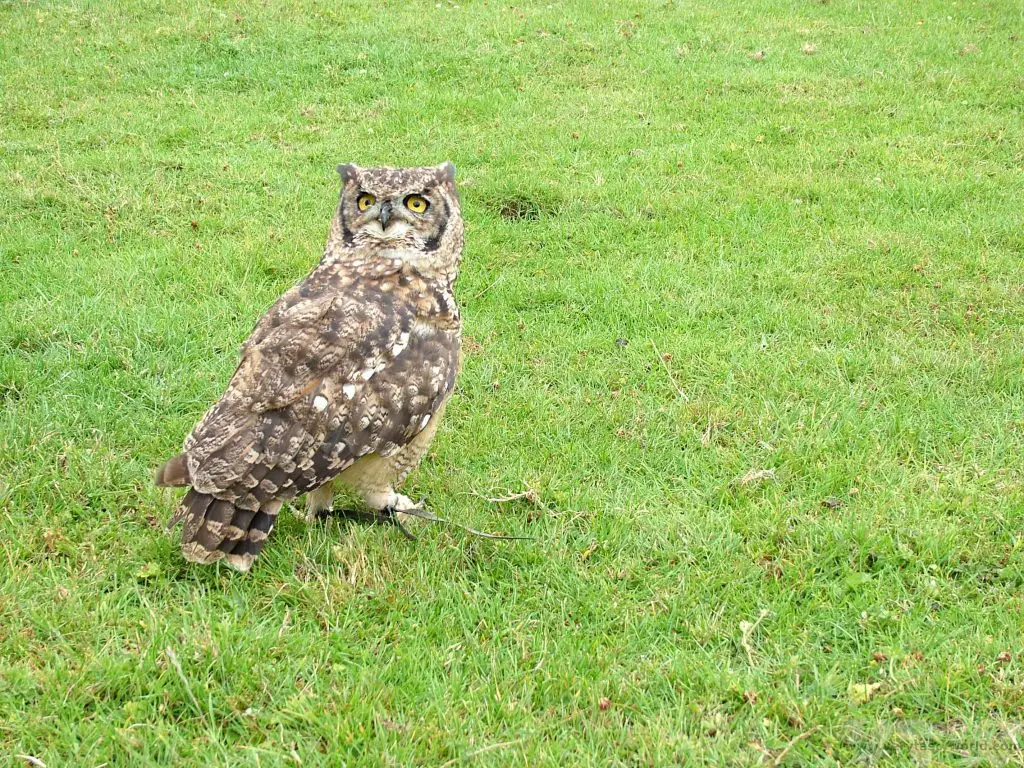
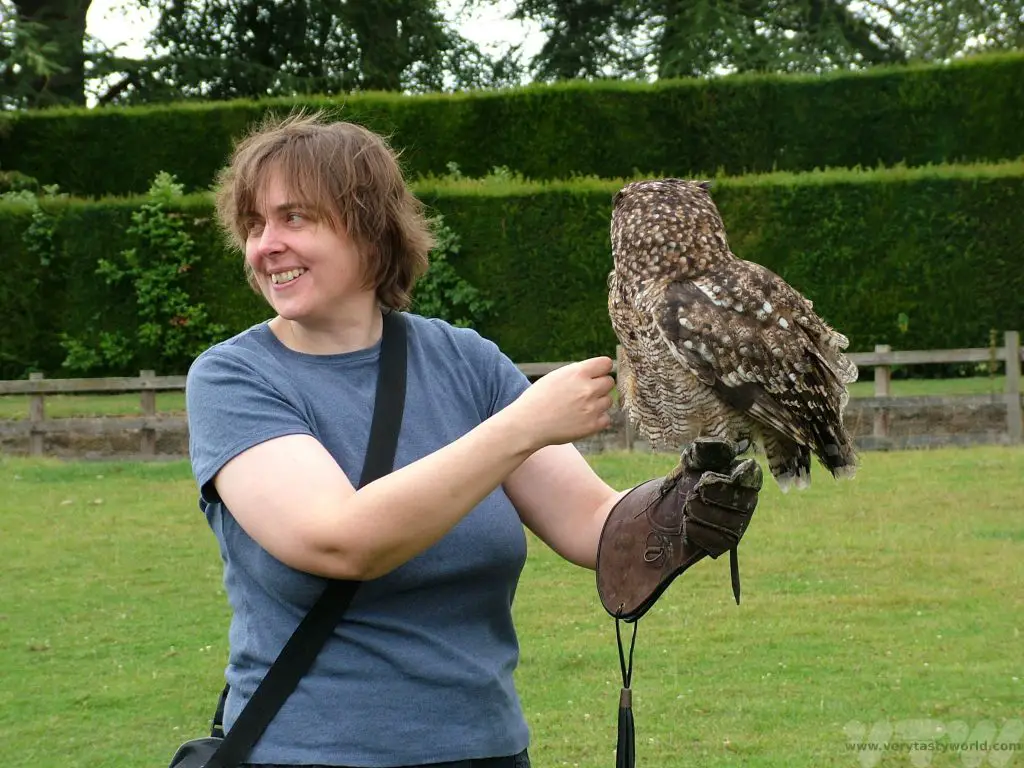
Mia the Bengal Eagle Owl was just gorgeous, she had the most wonderful eyes. She was also very vocal.
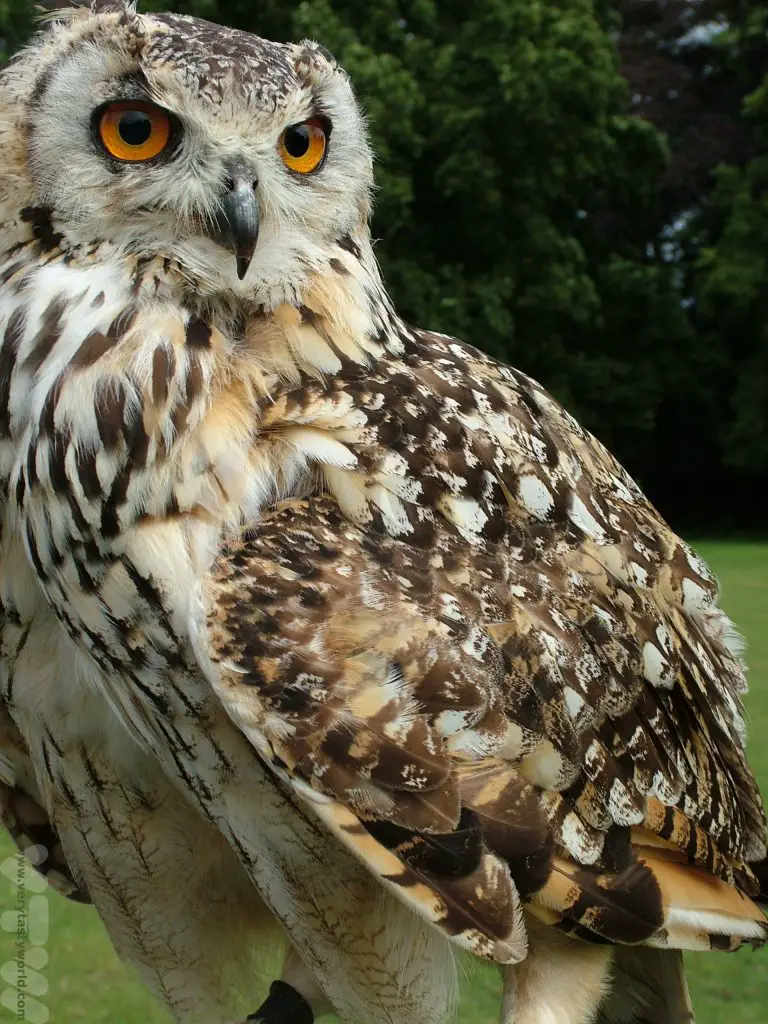

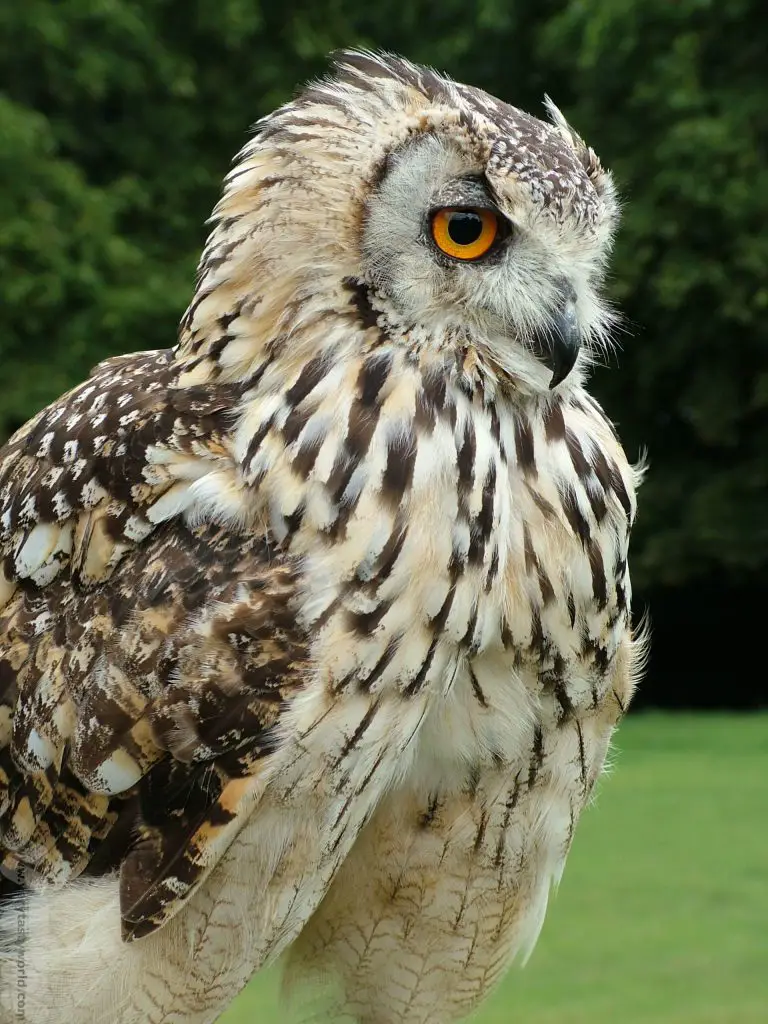
Grace the Barn Owl (also known as Dis-grace) just loved flying. She couldn’t be bothered to wait for a reward, she’d just fly to anything that looked like somewhere to land. She was hand-reared and had spent her early months perched at the end of her owner’s bed.
Curiously, owls can take a dislike to certain people and will refuse to co-operate with them. However, all the owls we met were most definitely on their best behaviour and it was an absolute pleasure to meet and fly them.
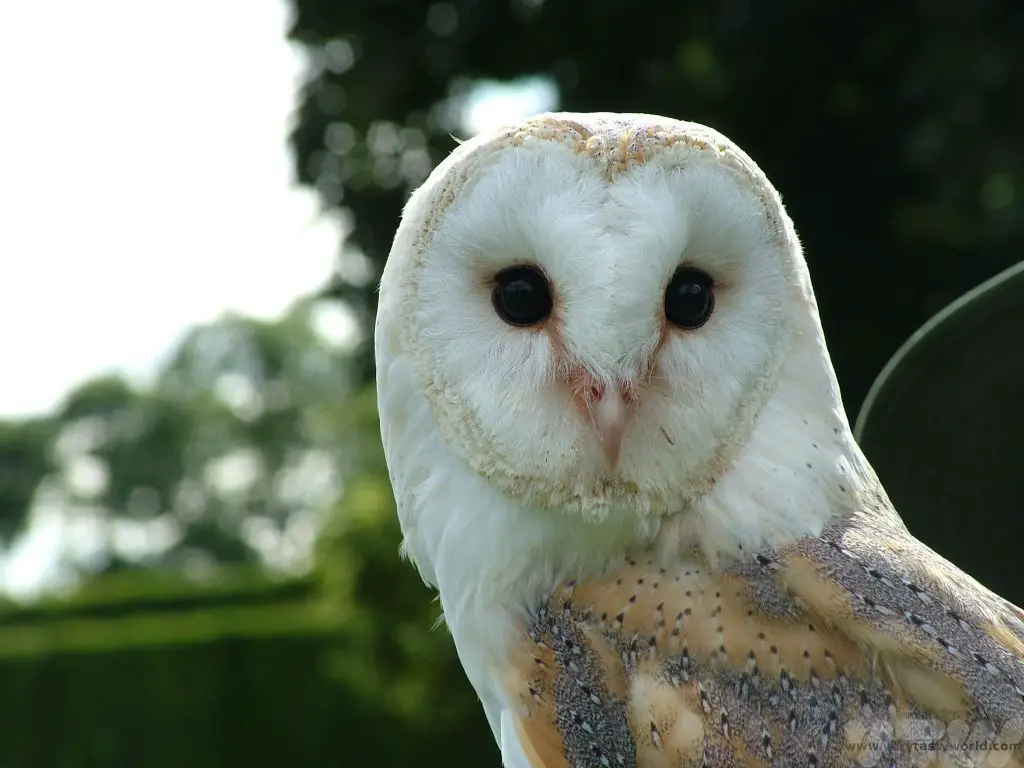
Forge Your Own Birdfeeder at a Traditional Blacksmith’s Forge
At the National Waterways Museum at Ellesmere Port, Cheshire, is another opportunity to take part in an unusual UK activity break. You can join Alex the blacksmith for a day, and learn to use a traditional 19th century forge to create a bird feeder comprised of fishtail scrolls amongst other forged elements. Safety equipment was provided and we were given full instructions and supervision.
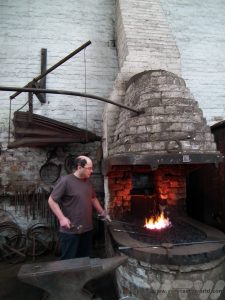
The fire had been started for us before we had arrived so the forge was ready. We visited in winter, which was a really good idea because the forge is hot! We used steel rods which we heated in the fire until they were white hot (about 1600 ⁰C) and we saw sparks – indicating that the steel was ready to be worked– then took the rod out and hammered a fishtail shape on the anvil.
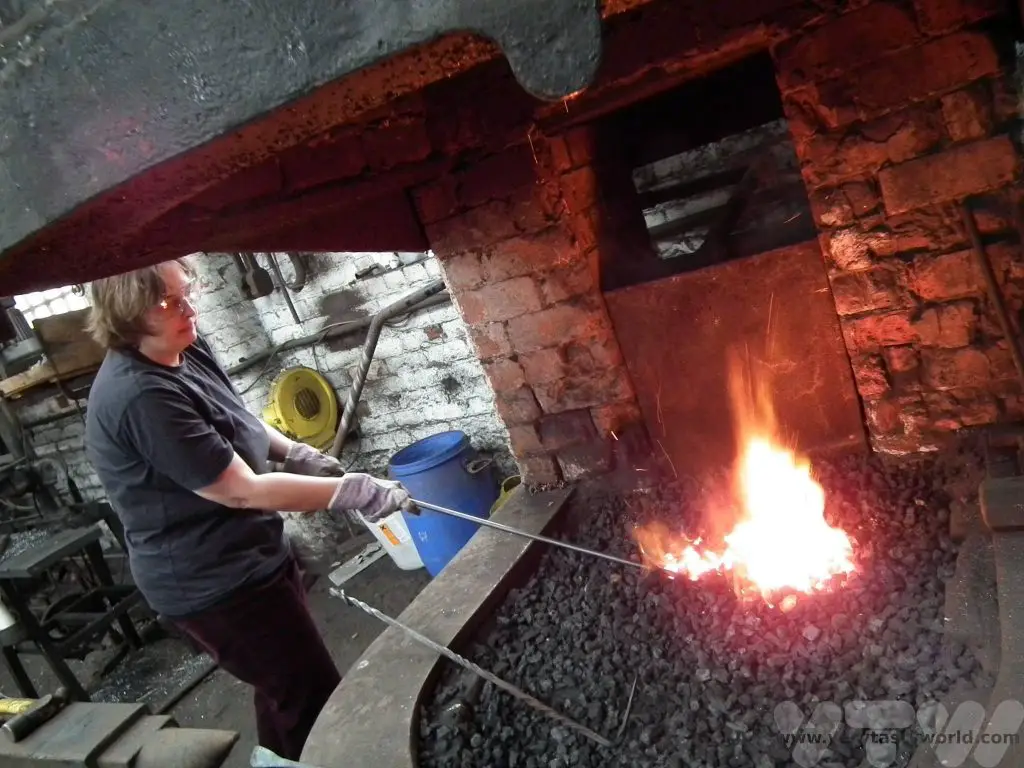
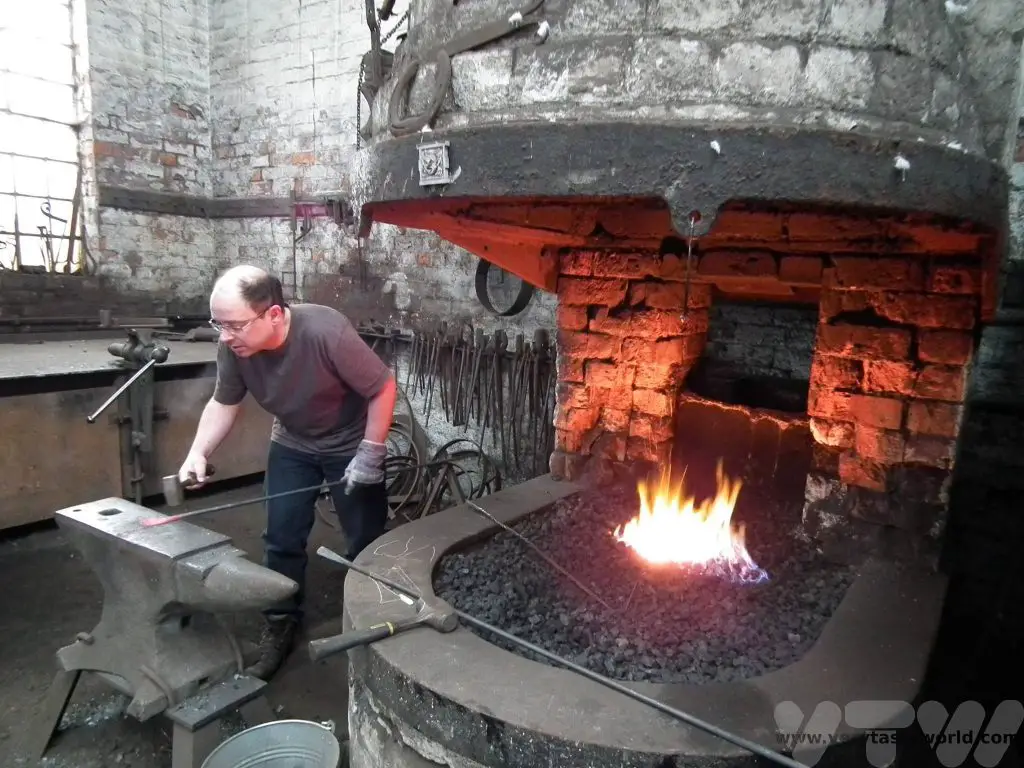
Alex also demonstrated how to bend the metal around a jig creating the lovely curvy design of the birdfeeder – you had to heat the metal, get it to the jig quickly and bend it before it cooled. It required quite a lot of dexterity to pick up the metal using tongs (with gloved hands) and transfer it to the jig while it was still white hot. It took a couple of attempts but eventually we managed to produce some very satisfying curves.
When the constituent parts had been constructed Alex welded them to a support pole and turn them into the finished piece. Alex was very accommodating – as mentioned with the canoe building, our car isn’t very large, so transporting two long constructions down the M6 motorway wasn’t going to happen (we did this course before we invested in the roof racks). However, Alex managed to adjust the overall length of the birdfeeders so that they would fit into the car. As we own a cat we decided it wasn’t fair to the birds to use them as birdfeeders but instead we added hanging baskets in order to grow tomatoes. They make a lovely addition to our garden.
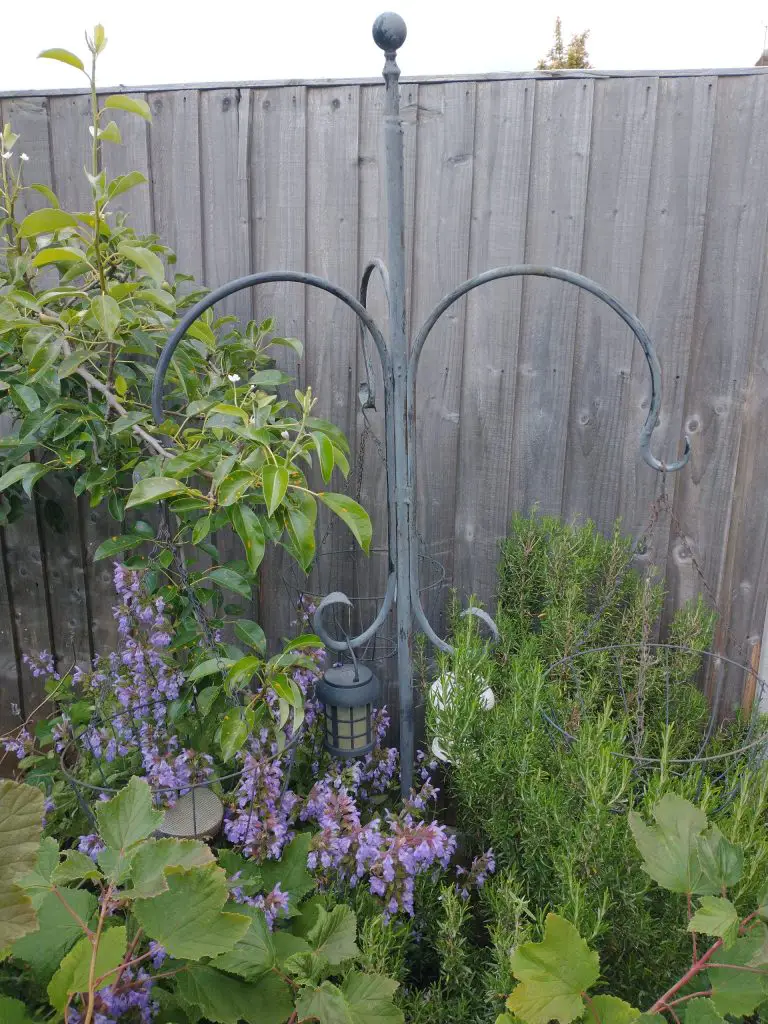
While You’re In The Area
We stayed overnight and visited the National Waterways Museum which offers a fascinating history of British canals and waterways. It’s also close to historic Chester where there are loads of places to visit, and lots of activities including a Roman tour led by a centurion, running tours, cycling tours and, of course, foodie tours.
Unusual UK activity breaks -Become a Big Cat Zookeeper for a Day
Dartmoor Zoo in Devon is famous for being the zoo from the film We Bought A Zoo. The story of the zoo is very interesting, it was bought by a family when it was a wildlife park on the verge of financial collapse with the lives of the animals at risk. The zoo is now a charity with a focus on conservation and research and participates in breeding programmes. We discovered that they offered zookeeper experiences.
Our day was due to start really early, so we had driven down to Devon the night before and stayed at a local hotel. After we arrived we were given a safety briefing and advised not to be too squeamish. Good advice – you come into contact with raw meat that was most definitely formerly part of an animal as well as copious amounts of poo.
We met our keeper, Holly, and volunteer George, who we would be shadowing throughout the day. They had prepared and portioned the meat for all the animals we were to encounter. We were impressed to learn that local farmers donate carcasses of farm animals that have died or been killed which are used to feed the carnivores, which strikes us as being a very sensible approach. Similarly, local supermarkets donate unsold food, some of which can be used to feed the animals. As soon as we were wearing appropriate clothing (old clothes with wellies and gloves), we set about doing the morning rounds to make sure that all the animals were still in their cages and in good health. We had a wheelbarrow full of meat and an empty bucket and shovel for cleaning the enclosures.
Our first stop was the lions. We met two lions, an enormous male, Jasiri, who weighs about 200kg and Josie, a female. They were being kept inside for the day of our visit because the zoo was constructing an enclosure that would allow them to interact with each other. The lions were none too chuffed about being inside but the zoo had left a couple of Christmas trees inside Jasiri’s pen to keep him occupied.
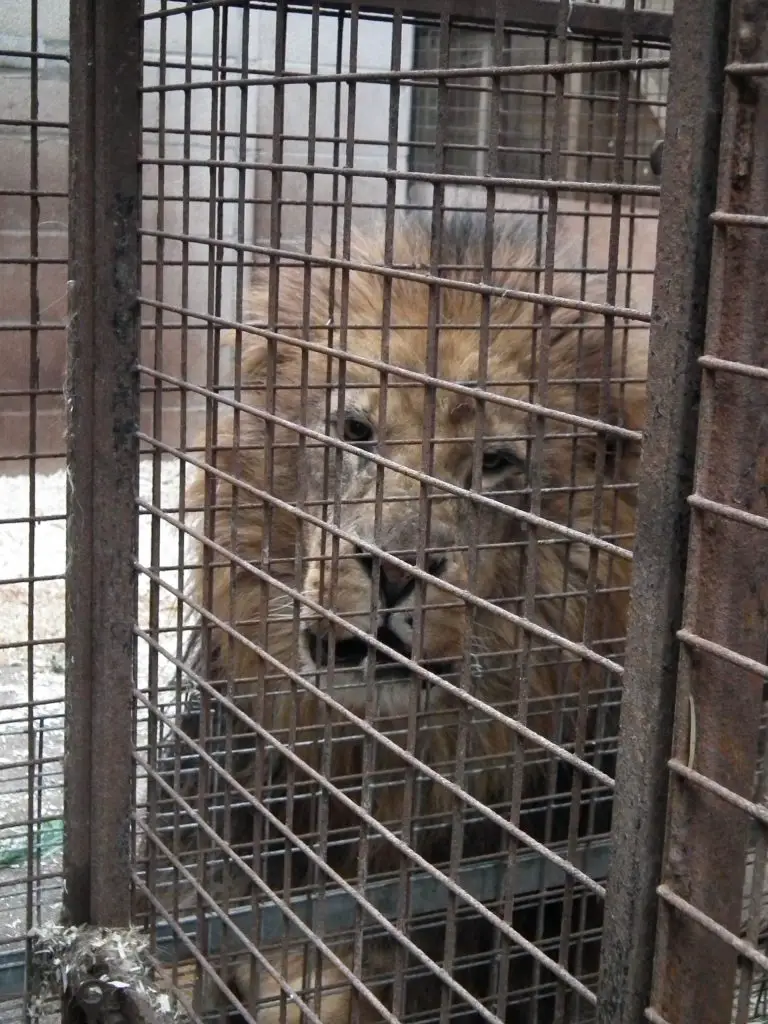
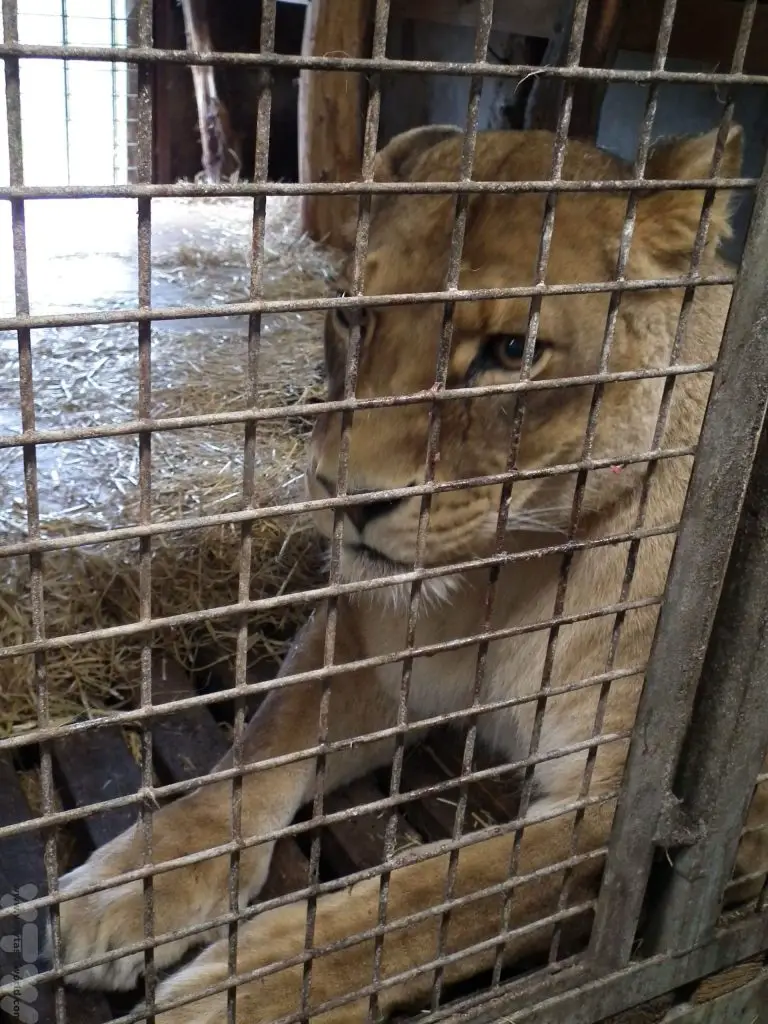
We visited Josie to feed her. She snarled a little, unsurprisingly, and a grumpy lion is a pretty scary thing. But she soon settled after her protest and was happy to wolf down the food presented to her. Sadly Josie passed away some time after our visit due to a medical condition.
Next stop was the jaguar, a four year old male called Chincha who is very curious. He was in gorgeous condition and had the most amazing fur coat. Jaguars have the perfect combination of cat skills – they excel at climbing, jumping, swimming and running.
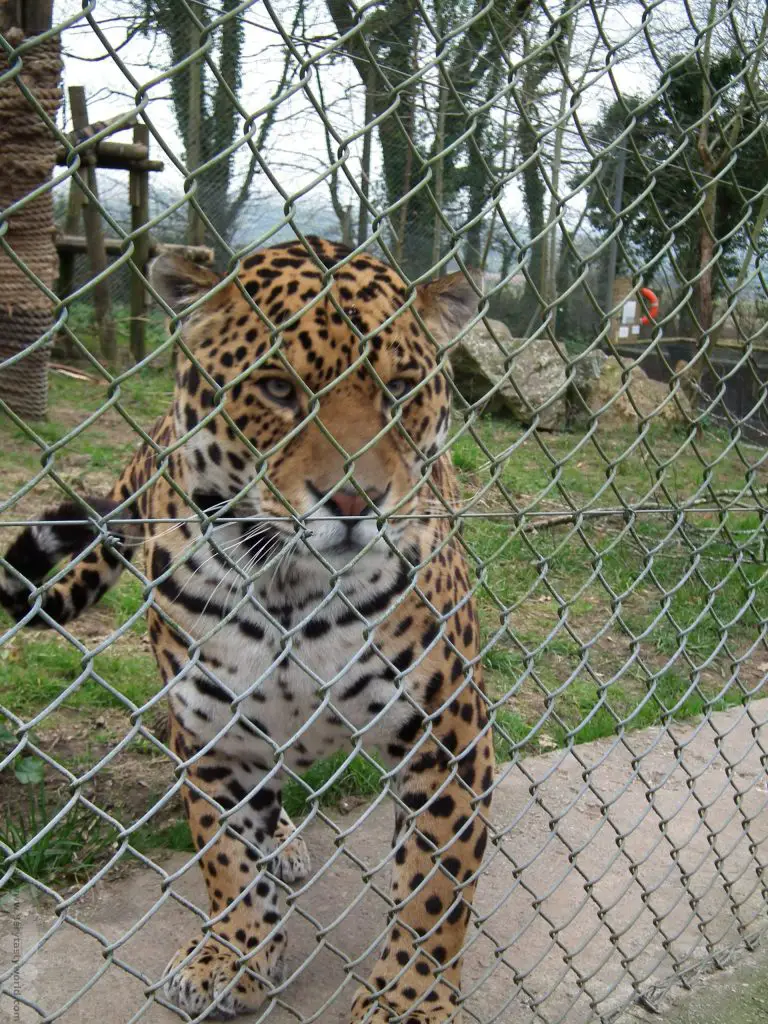
We followed the same feeding/cleaning routine for all the animals we attended. They were lured inside their indoor enclosures using a piece of tasty meat, then locked in using a counter-weighted metal gate system. We were then free to enter the main enclosure. We had to search for stools and discarded bones, which we removed, and then provided some food for each animal. The idea was to present a challenge for them, hiding the meat in various locations so that each animal would have to search for it – something that provided them with a good deal of stimulation.
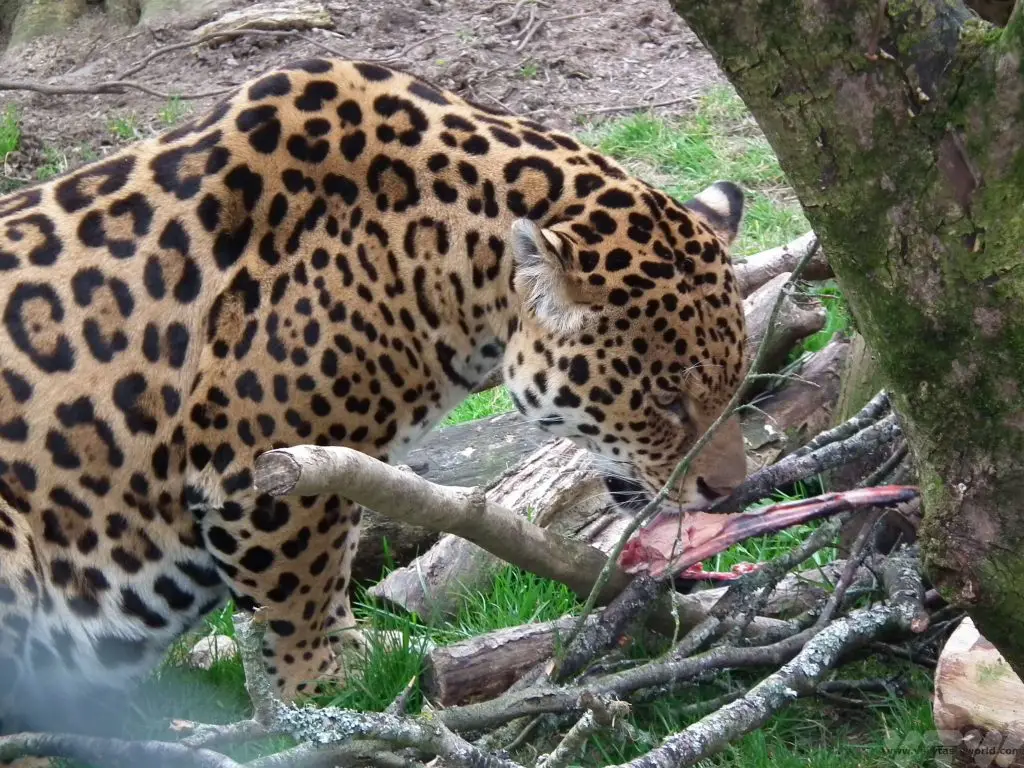
Then it was on to the tigers. Vladimir and Stripe are brother and sister, about 20 years old. They were born at the zoo, hand reared, and the previous owners apparently used to allow them to be petted when they were cubs. They are utterly gorgeous creatures and very sociable. Stripe willingly comes inside and was happy to pose for us. She also rolls around like a kitten.
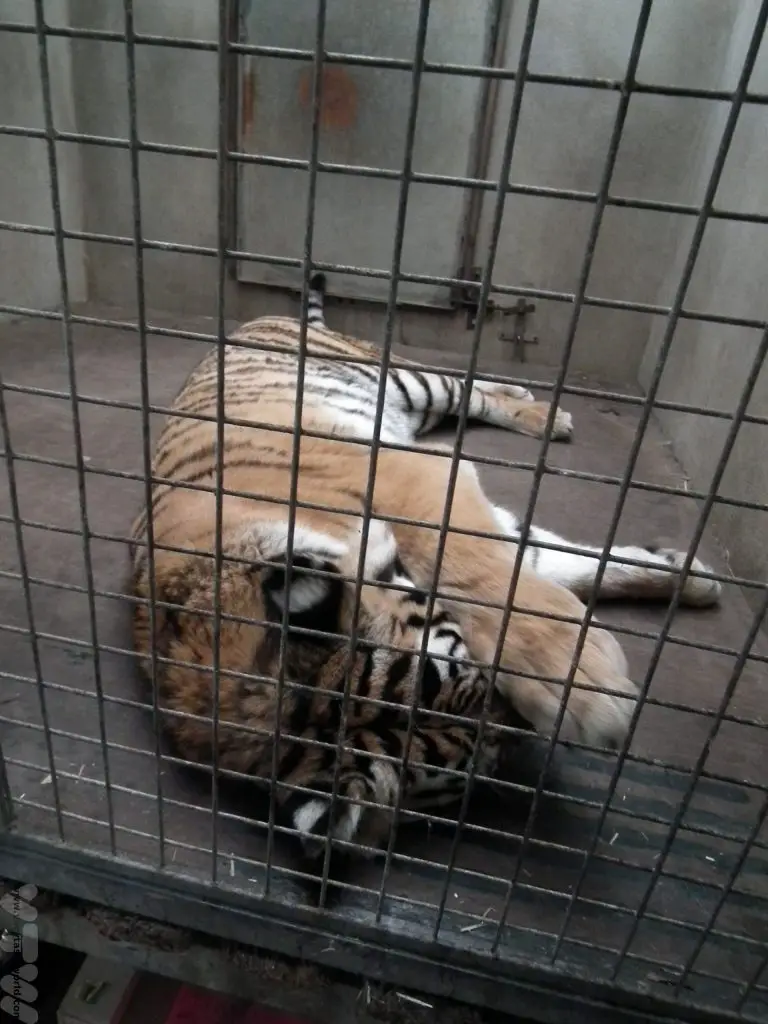
We were struck by how many mannerisms we see with domestic cats can be seen with the big cats. It was marvellous to be able to get so close to them.
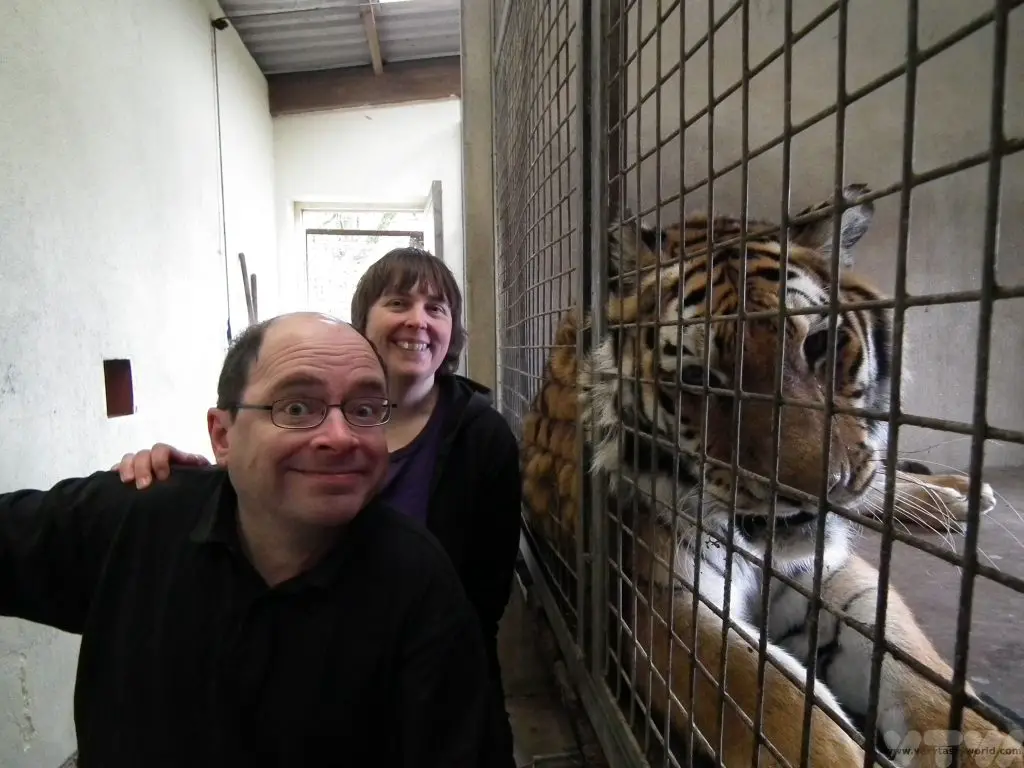
It was our day to feed the tigers as one of the zoo’s attractions. Holly managed to lure both inside, then we went into the enclosure, performed poo duty and set up some food for both tigers. Holly’s plan was to ensure that Vladimir was occupied with the meat that we had located in an obvious place which would enable Stripe to find her meal without her brother dominating her. Vladimir would be released first and hopefully spot the easy pickings then Stripe would find the meat that we had hung on a chain for her to enjoy. The plan worked perfectly.
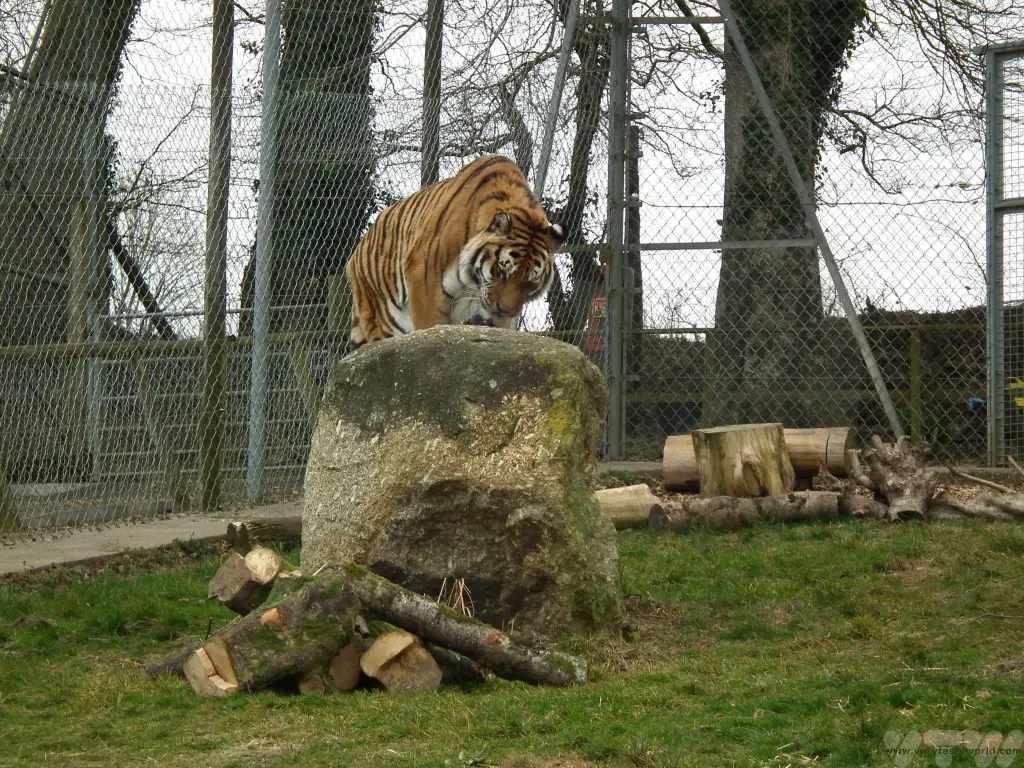
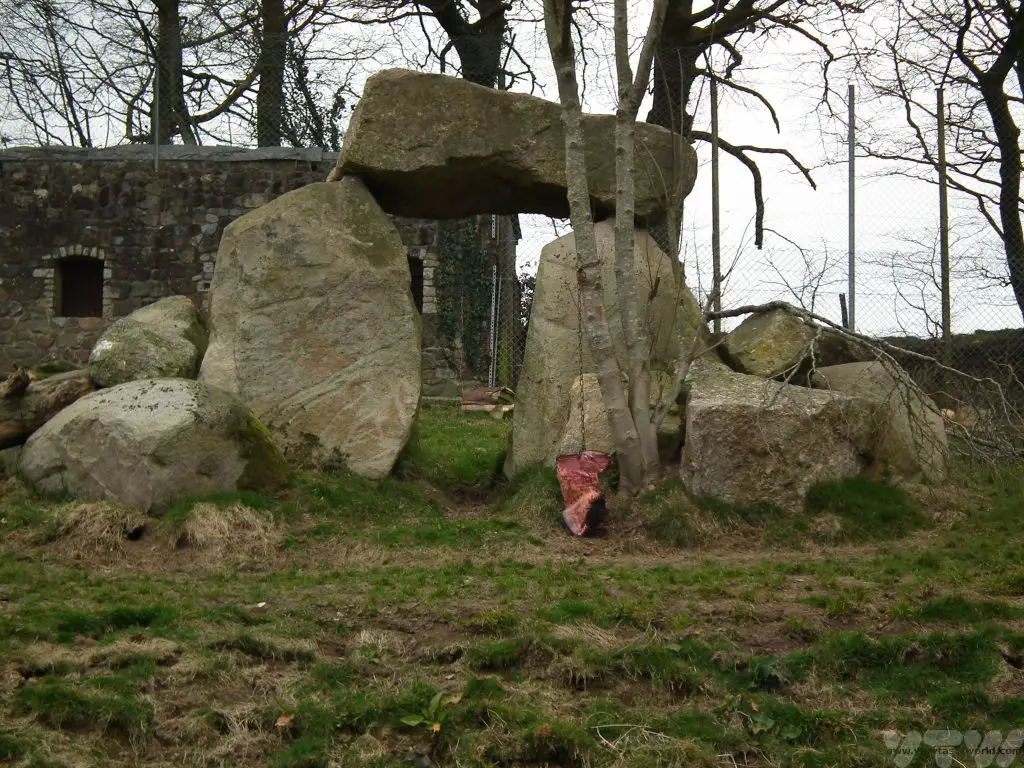
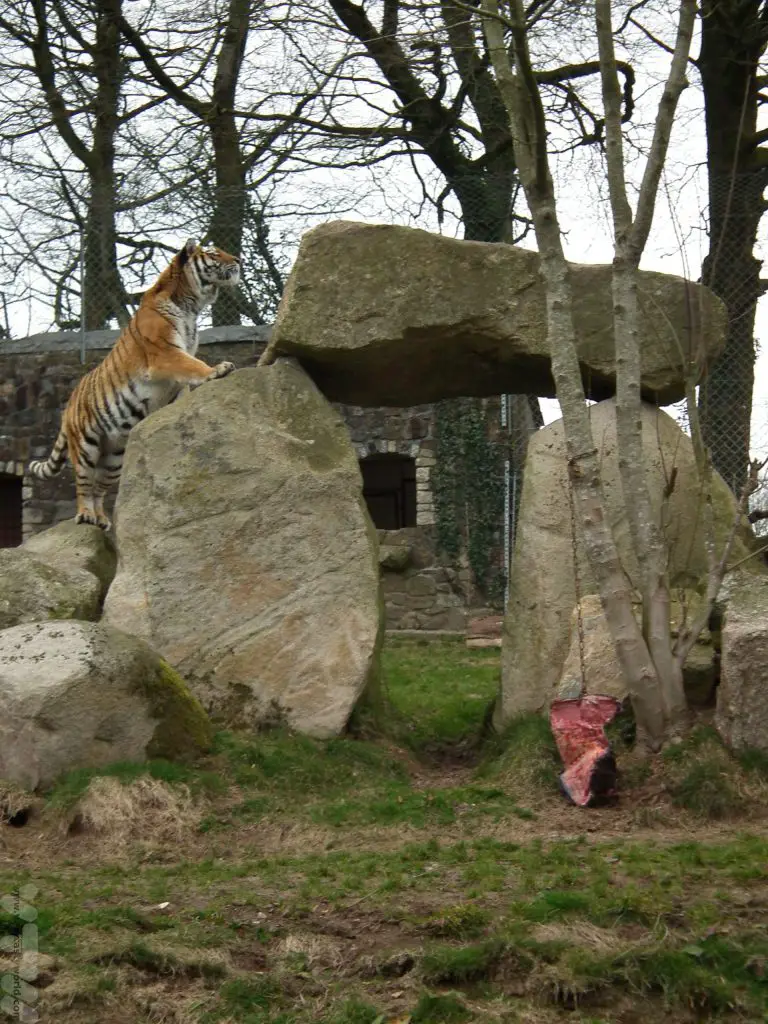
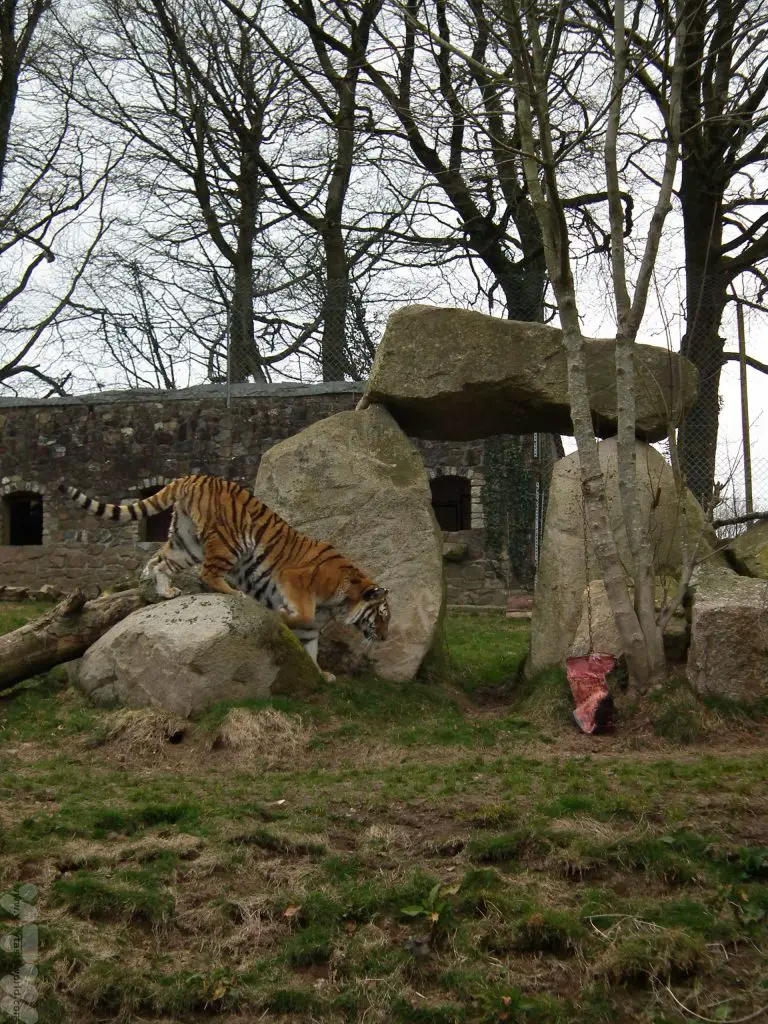
And finally it was the turn of Sita the Cheetah. Sita is a grand old lady, over 20 years, an incredible age for her species. She clearly looks her age, but we were impressed at how the staff monitor her health. However, despite her advanced years she is… a cat. And a princess at that. We followed the usual routine of enticing her indoors and Holly called her into her indoor enclosure. Despite knowing the drill, she wasn’t ready to eat and certainly wasn’t going to do anything she didn’t want to.
Any cat owner will recognise this look:

Holly said that feeding usually happens on ‘Sita time’ and she adjusts her schedule to accommodate the cheetah. Eventually Sita made her way into the indoor room, was given meat and medicine (she takes it straight from a syringe) and, once locked in, we went inside the enclosure to do final cleaning duty. We didn’t hide the food for Sita, but simply left it right outside the door for her.
We were so impressed by the zoo – particularly by the animals’ good condition. Apart from Sita, who is very old, their fur is amazingly glossy, they are clearly in good health and also seemed to be happy. We drove back home to be greeted by our little cat… and a litter tray that needed to be emptied.
It’s actually quite hard work and there’s a lot of poo involved but getting up close and personal with the magnificent cats at Dartmoor Zoo was a wonderful experience. Bear in mind that the zoo often has 2 for 1 offers, so keep an eye out on the website.
While You’re In The Area
The zoo is located in beautiful Devon, close to Plymouth, where there are loads of attractions – from a National Aquarium to The Box, a cultural centre. The coastlines of Devon and Cornwall are renowned for their beauty and the zoo is right on the doorstep of the Dartmoor National Park – so it’s definitely worth extending your trip if possible.
Learn to Play the Japanese Taiko Drum
Japanese Taiko are traditional drums often used at festivals in Japan. There are a number of taiko ensemble groups, notably in Japan, which engage in exciting and energetic performances using a variety of drums. Mugen Kyo – the name means ‘limitless reverberation’ – are a UK based drumming troupe that have been established for over 25 years. The founders trained in Japan and set up a dojo not far from Glasgow. They run courses and workshops and also perform, touring the UK regularly. They have even toured in Japan and were invited to participate in a Taiko festival there – the first Europeans ever to participate.
The group happened to be touring a couple of weeks before our course, so we went along to see them perform. They were terrific – energetic, dynamic, exciting. You can check out their Video Gallery – Mugen Taiko.
One of our unusual UK activity breaks was to undertake a course with Mugen Kyo. It began on a Saturday morning. The instructors introduced themselves – we were to be taught by the founders as well as two additional professional members of the group. The dojo had nine drums so we paired up and took it in turns to play. This was a really good system – the course was very intense so it was great to have a break from actual drumming to rest legs (not arms) and learn the pieces while the other group practised.
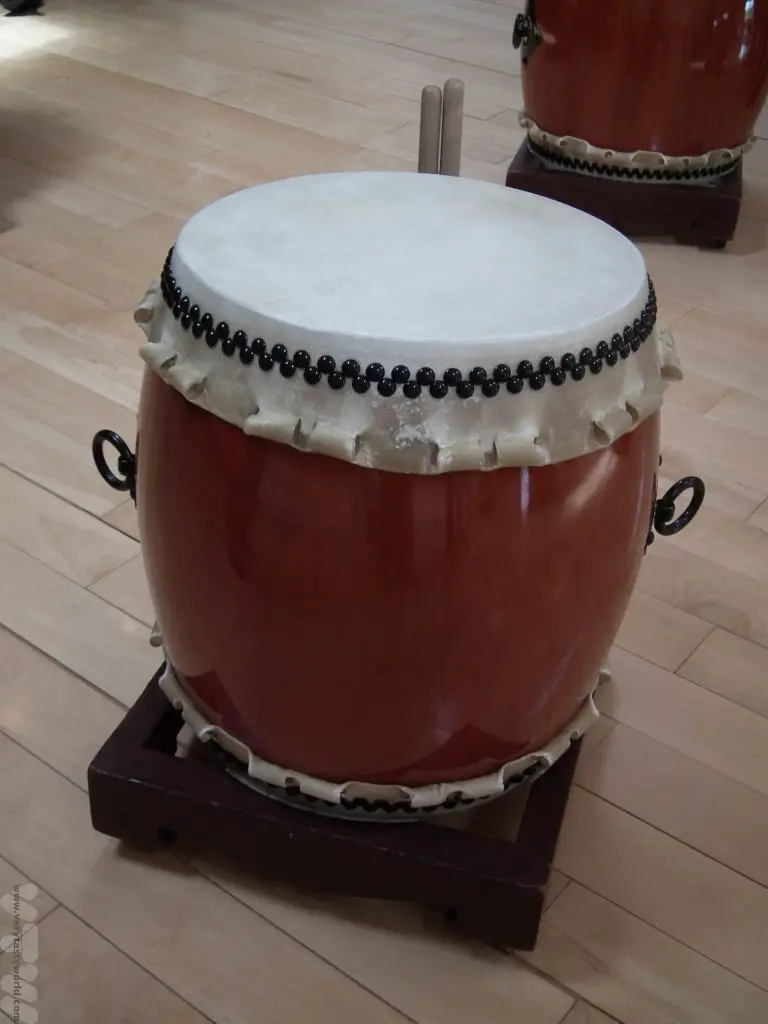
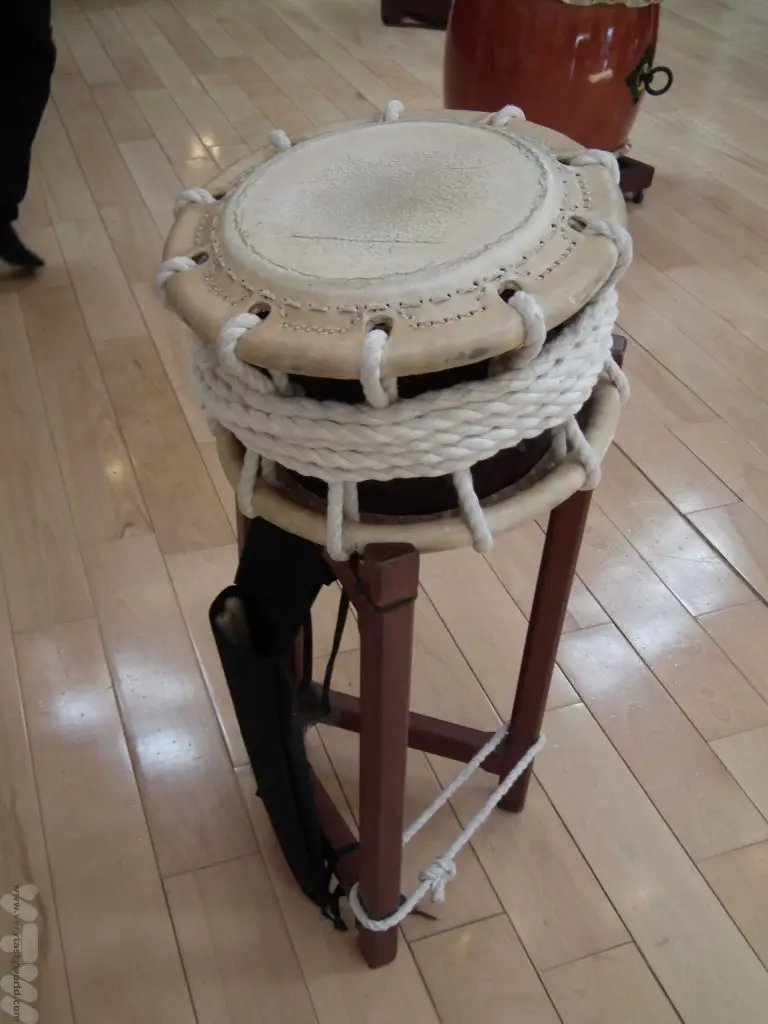
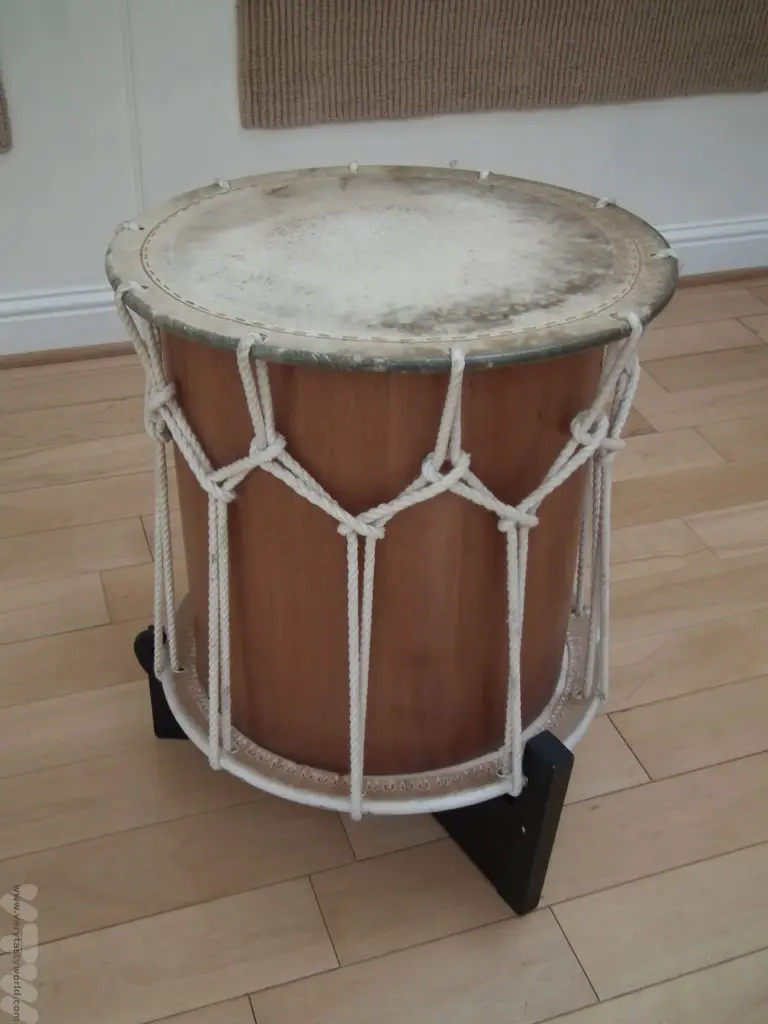
We found many similarities with martial arts: getting into a strong stance, letting gravity do most of the work hitting the drum but maintaining control as the bachi (stick) hits the hara (centre of the drumskin). We learned breathing techniques and the principles of channelling ‘ki’ (energy). And lots of random shouting to encourage your team rather than scare your opponent. We were taught to play as a group. You learn the rhythms by chanting, then chant whilst practicing the hand movements with your bachi in the air. We counted in using: “One, two, so, re” – on ‘re’ raise your hands dramatically to begin drumming.
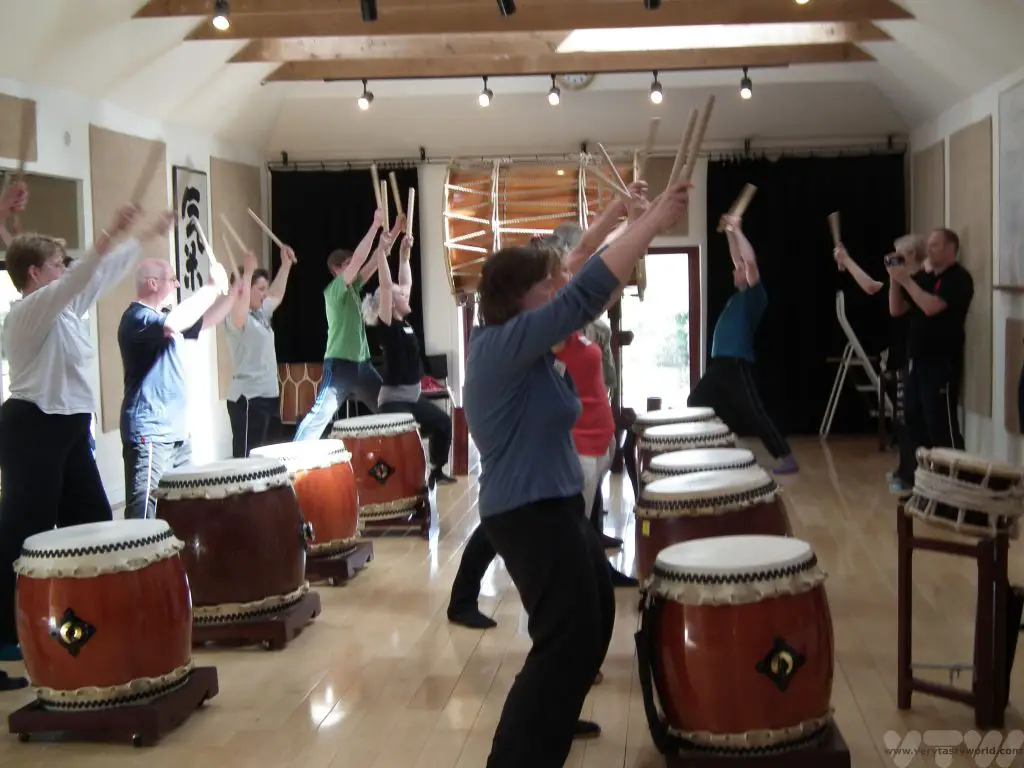
We learned about the Ji-uchi or base rhythms: Gobu-Gobu (doko doko): 5 – 5, Mitsu-uchi (don doko); three hits and Shichi-san (donko donko): 7 –3. These were played for us by the pros so that we could keep time.
We played three pieces: Kamitsuki Kiyari Daiko (Miyake) and Chichibu Yatai Bayashi, which is traditionally played at matsuri (festivals) in Japan, where the drummers are located inside huge floats and these are carried through the streets. The drum is positioned at a 45 degree angle, you sit with it between your legs, lean back and drum away.
Don Ka Ki Daiko was played as a group with a line-up of five drums at the front and four at the back. The first brave soul did a solo of the first two lines, then on “Ha!” jumped to the next drum and the next in line jumped in. This was repeated until all nine drummers had completed their line. Two drummers were on the O-daiko (the really big drum) and joined in for the next part of the piece. Playing the O-daiko was a brilliant experience – it has such a deep, resonant sound. It’s hard work though.
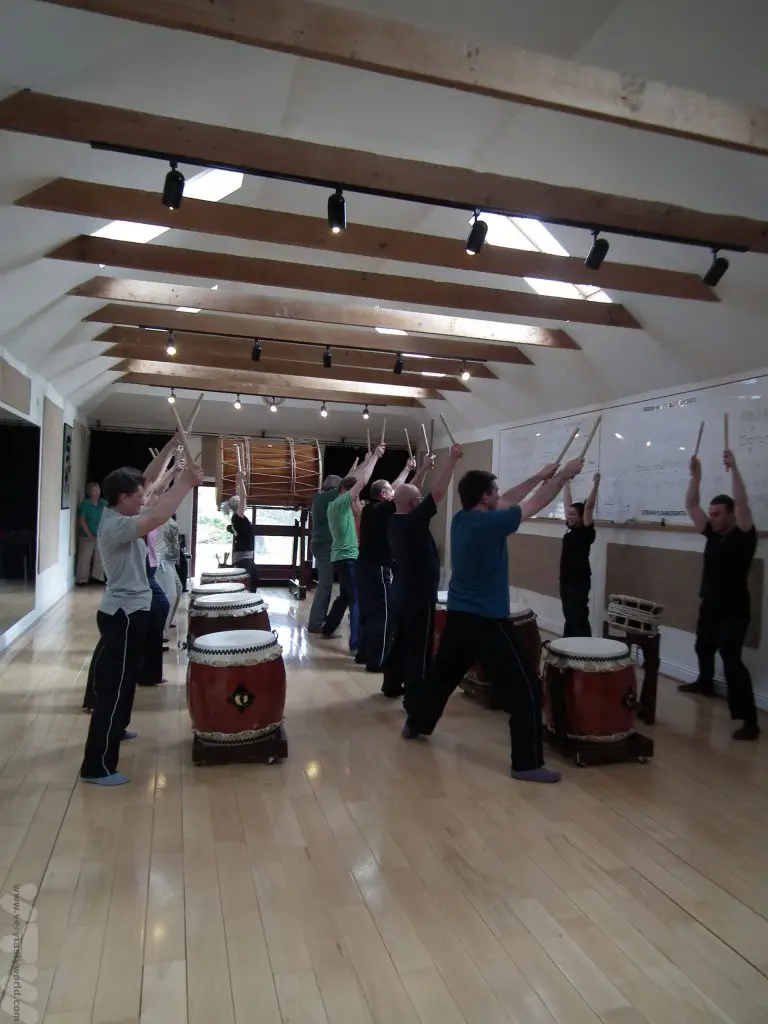
The Mugenkyo dojo is open for bookings, you can check the dates here.
While You’re In The Area
We actually did a road trip travelling up to the dojo over several days, travelling along the northeast coast of England, before hopping across to Scotland. This included visiting Whitby…

…Lindisfarne…
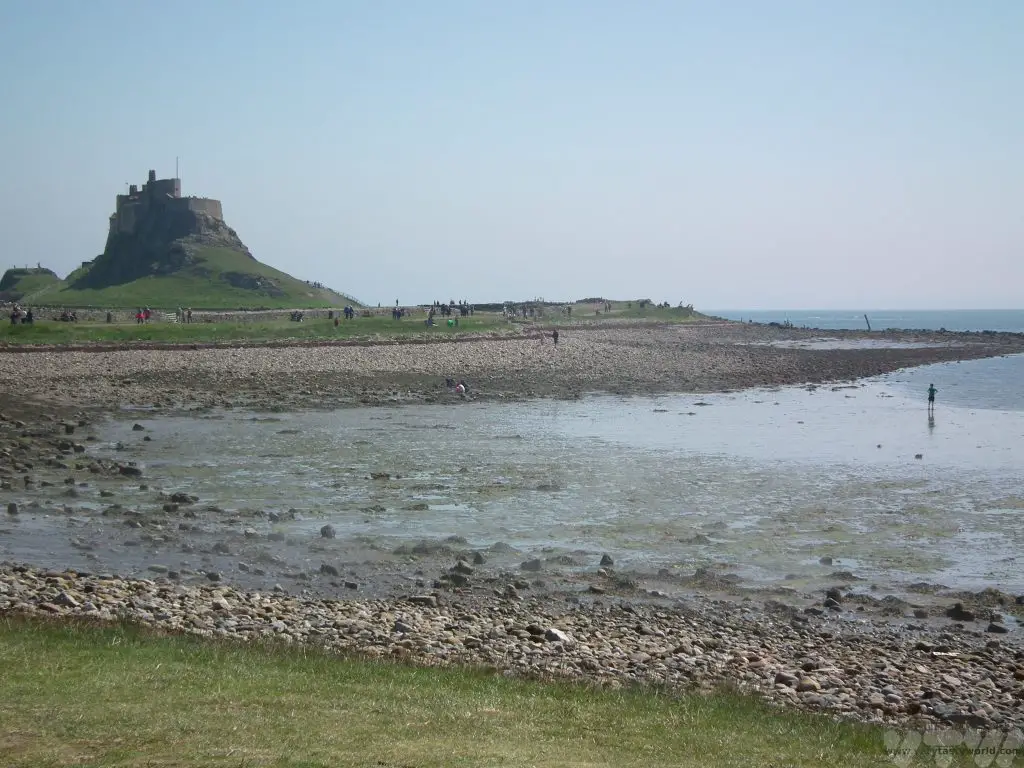

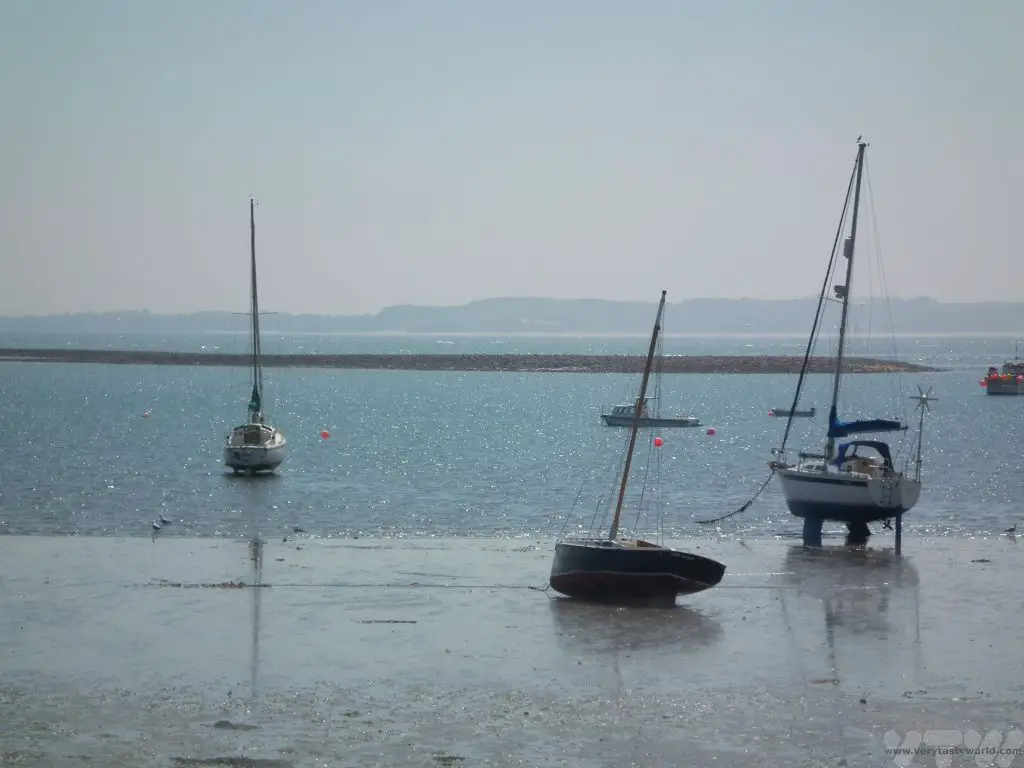
…Bamburgh Castle..
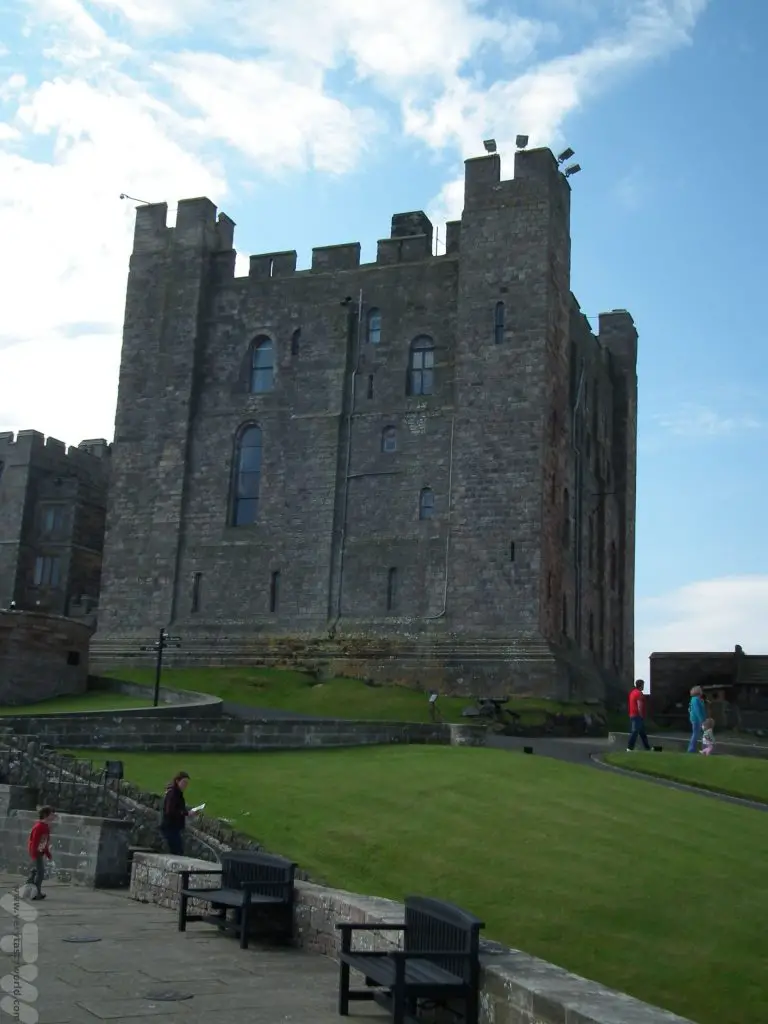
…and Berwick upon Tweed.

We attended all these experiences at our own expense and can wholeheartedly recommend them all.
Related Posts You May Enjoy

Film Review: Jadoo (Kings of Curry 2013)

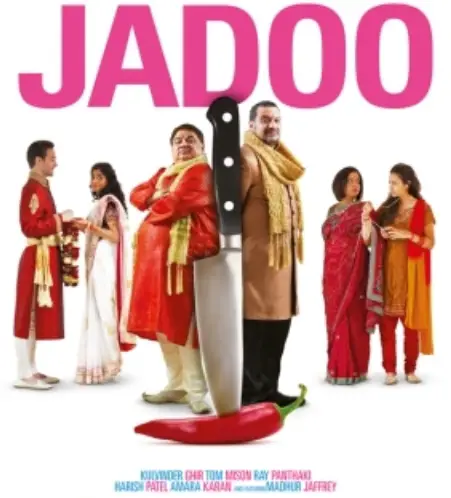
Director /screenplay : Amit Gupta
Foodie Expert Madhur Jaffrey
Country: UK
Film Rating: 6/10
Foodie Rating: 8/10
Without the risk of trying to curry favour this is a delightfully enjoyable foodie rom-com. Set in the UK city of Leicester cross-cultural expectations collide with family conflicts and culinary rivalries at the height of the festival of Holi, so colourful confrontations ensue in more ways than one.
Mark (Tom Mison) and Shalini (Amara Karan) want to get married but Shalini is worried about getting approval from her father, especially as they come from different cultural backgrounds. Shalini heads back home to Leicester to inform her dad Raja (Harish Patel) of the proposed nuptials. No need to worry. Her father is delighted.
The only problem is that she would like to invite her uncle to the wedding. And her father hasn’t spoken to his brother for a long, long time. Raja and Jagi (Kulvinder Ghir) are rival brothers with rival restaurants, their sibling squabbles revolving around an argument that resulted in the splitting of their late mother’s recipe book twenty years ago. And there seems to be no possibility of reconciliation.
Just after the colourful festival of Holi, a high-profile curry cooking competition is due to take place. It is hosted and judged by Indian culinary expert and actress Madhur Jaffrey. To be crowned King of Curry in this contest the winning team must provide the best starter and main-course combination.
One of the brothers is a regal starter genius whilst the other is a main course diva. Will family feuding decide to join forces not only for premium King of Curry success? And will Shalini mange to persuade her uncle to resolve their differences and prepare the perfect wedding banquet for her and her spice-savouring spouse to be?
Leicester, as well as being famous as the city where the remains of King Richard III were found in a car park, is one of the best places to eat Indian cuisine in the country. Of course, there is plenty of food on offer in this film with much of its preparation on show too.
And while the competition is the catalyst for reconciliation, the love lies with the preparation of the meals, demonstrating the importance of food in family life. Rather like in Ang Lee’s Eat Drink Man Woman when the father cooks food for his daughter and she appraises it like a critic.
Jadoo also highlights some of the cultural elements of the local community particularly a sequence featuring Holi, the fabulous Hindu festival of colour. Overall it’s a sweet family drama featuring some mouth-watering curried concoctions.
You can buy the film here.
If you click the link and decide to make a purchase we will earn a small commission, at no cost to you, which helps towards running this site.

The Isle of Skye – The Skye’s The Limit
The Isle of Skye is a popular destination in the Highlands and Islands of Scotland. It’s the largest island of the Inner Hebrides, located around 200 miles from Glasgow and it takes around 5-6 hours to drive there. There are some fantastic places to stop off along the way, though, either to stay for a night or two, or just to break up the drive for an hour or so.
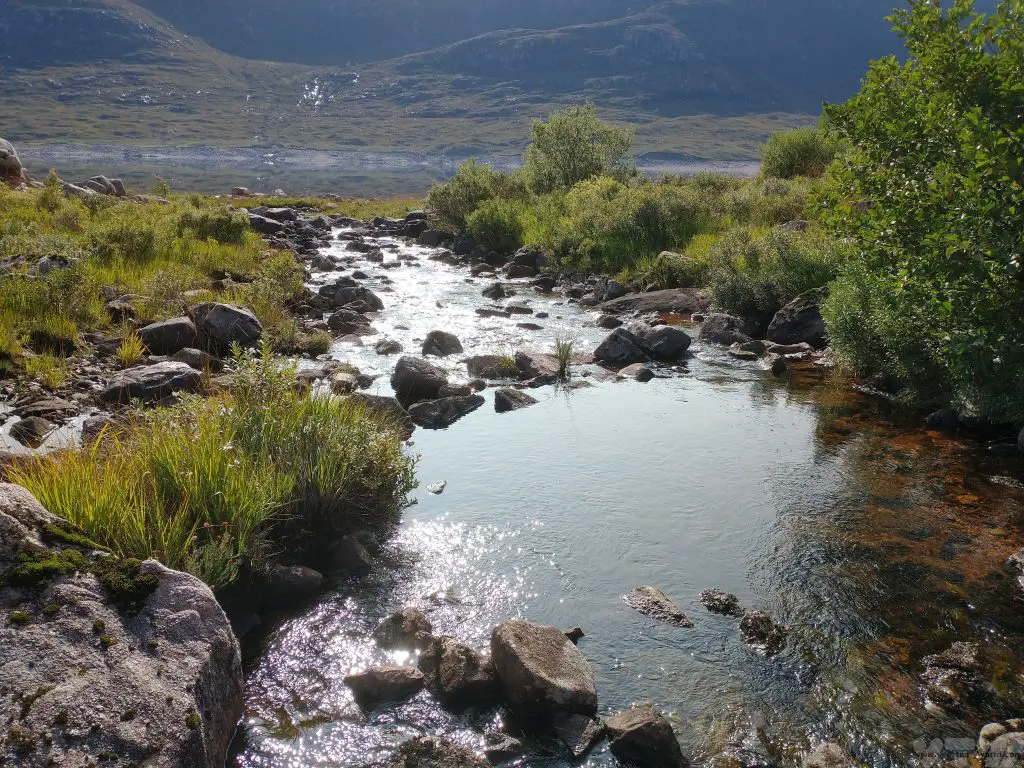
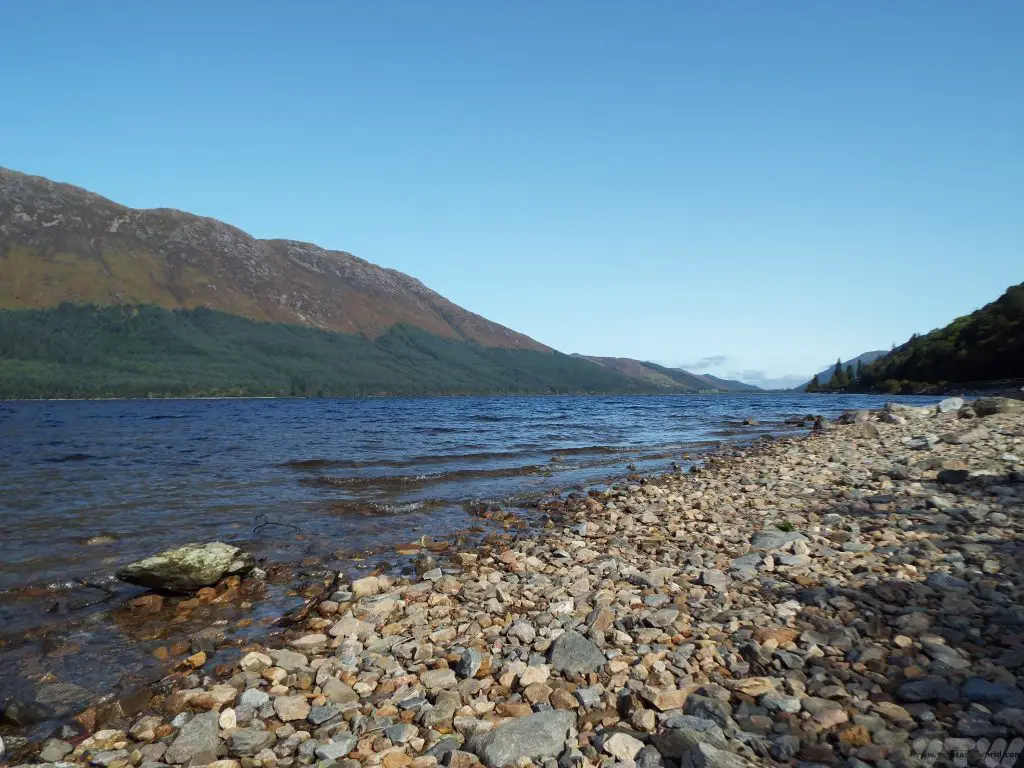
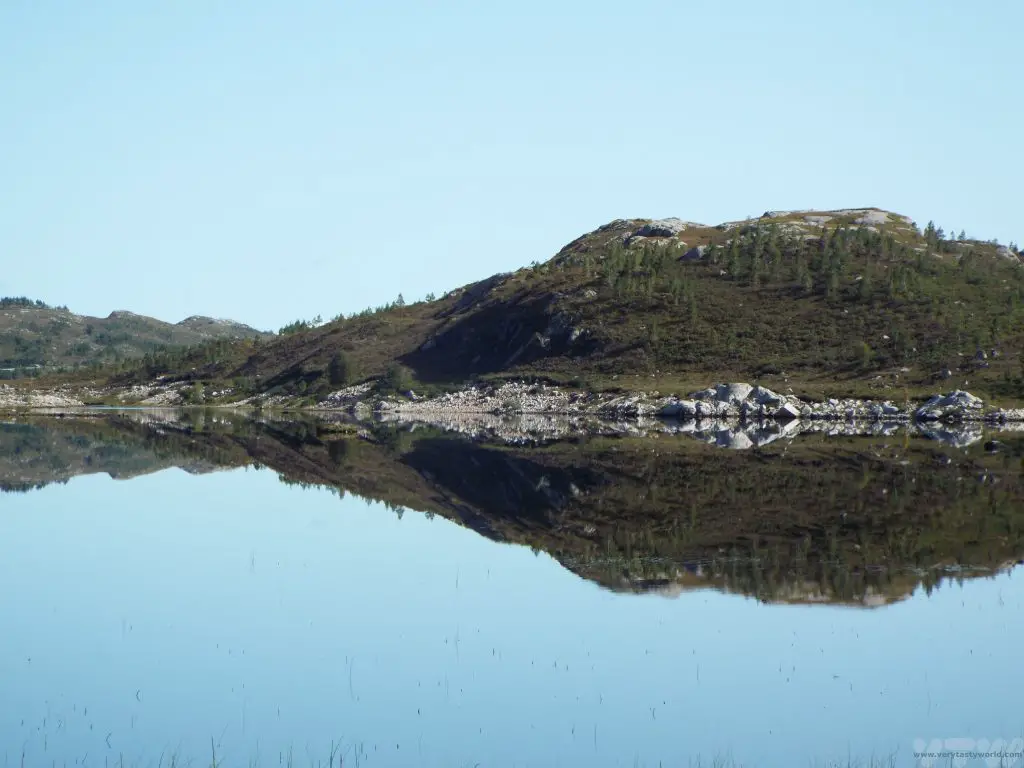
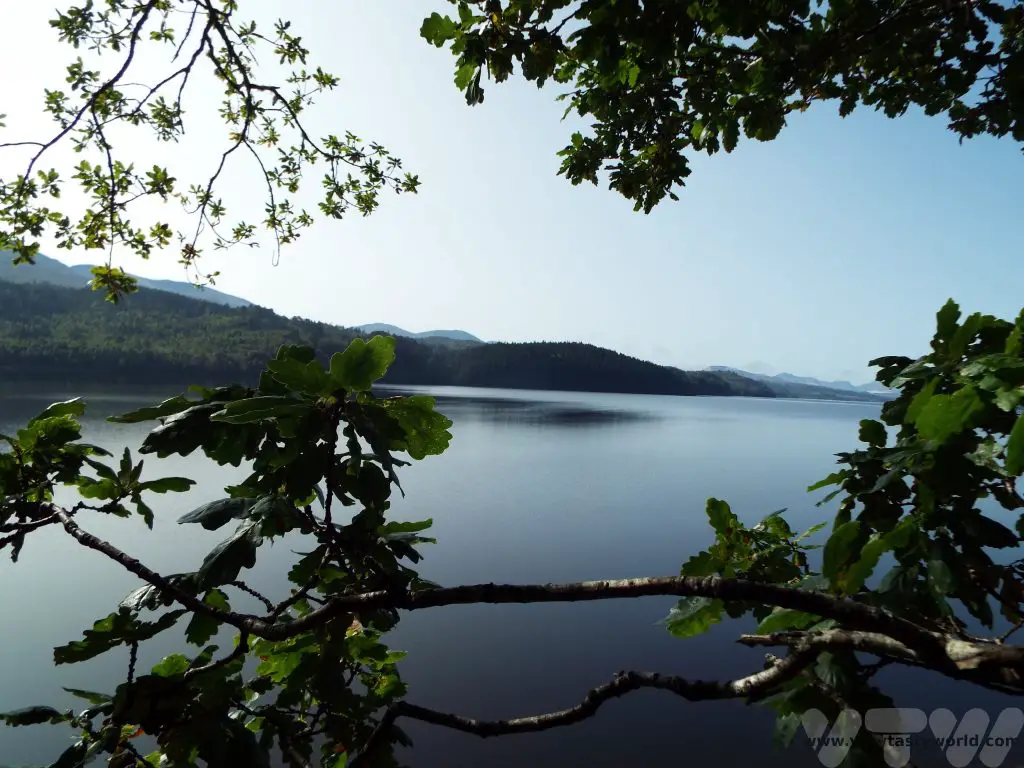
If you are travelling from the mainland you can take a ferry ‘over the sea’ to Skye from Maillaig or drive to the Kyle of Lochalsh and cross the beautiful bridge.
Just before arriving at the Kyle of Lochalsh you can visit the 13th Century Eilean Donan castle located on a small islet just off the coast and accessible via a bridge.


The Isle of Skye is much, much larger than you think it is. You really need a car to be able to explore it. The scenery is spectacular so take it slowly and enjoy a leisurely drive.
It’s worth noting that a lot of the villages marked on the map are very tiny, usually comprising just a few houses. Portree is the largest town on the island and would be a good central location to stay for a few days especially if you are exploring the northern attractions.
We stayed in Broadford which had some nice hotels and restaurants and was closer to the Skye bridge but further from some of the attractions. It meant quite a lot of driving each day, especially as roads on Skye can be slow. But then if the view from your bed looks like this, you really can’t complain.

Oh yes, our hotel had a Cornetto hotline – free ice-cream on demand – which is a policy that should be implemented in hotels across the world.
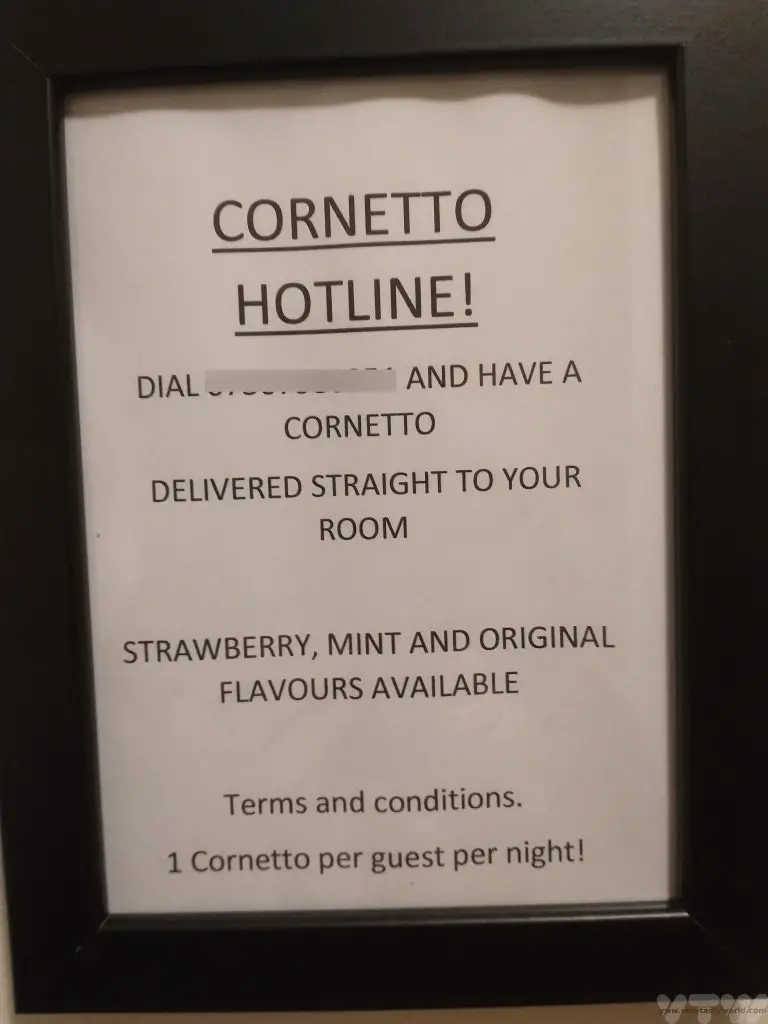
The Northern Part of the Isle of Skye
The Isle of Skye has some fantastic scenery although it can get crowded as it is a popular destination. A lot of the roads near the main geographical attractions are single track and it’s worth knowing the convention for driving on these sort of roads: Single Track road advice – Skye Guides Look ahead to see traffic that may be approaching and locate the next passing place. Only use the passing place to the left. If there is one on the right, wait on the correct side of the road and let the approaching car use the passing place.
If you have just passed a passing place but you can see that it would be difficult for oncoming traffic to have to reverse their car in order to allow you to pass (for example, if they have to reverse up a hill or around a corner) do the decent thing and reverse up. Also, if you are driving more slowly than other traffic, it’s polite to move into a passing place and stop briefly so that other drivers can overtake you. Take your time. The scenery around you is guaranteed to be gorgeous so relax and enjoy the drive.
There are also loads of walking opportunities across the whole island. The car park for the Old Man of Storr was absolutely chocka so we skipped that.
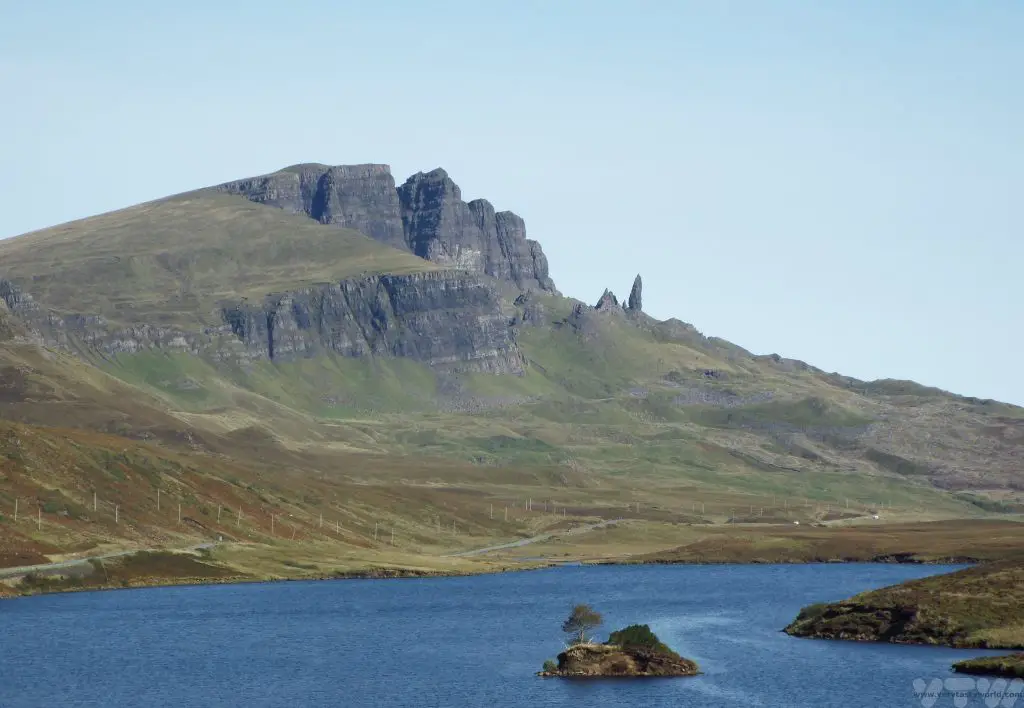
There are car parks scattered along the road for much of the northern part of the island and they are mostly free but you have to pay to park at some of the more popular attractions. They are usually not very far from a fantastic view.
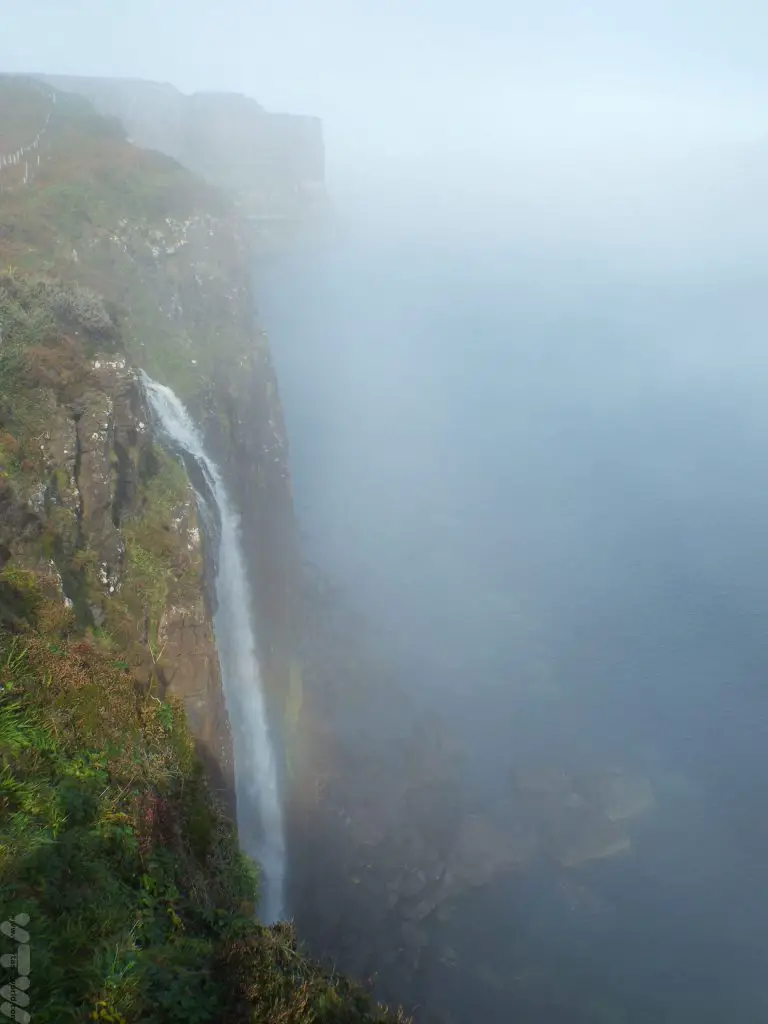
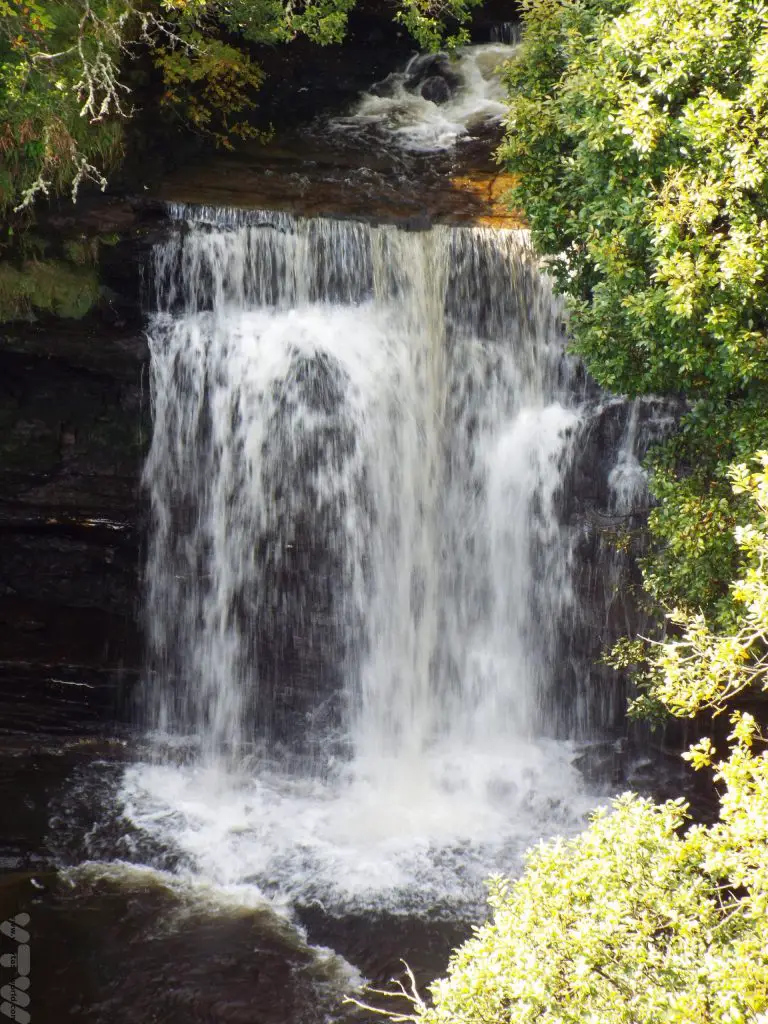
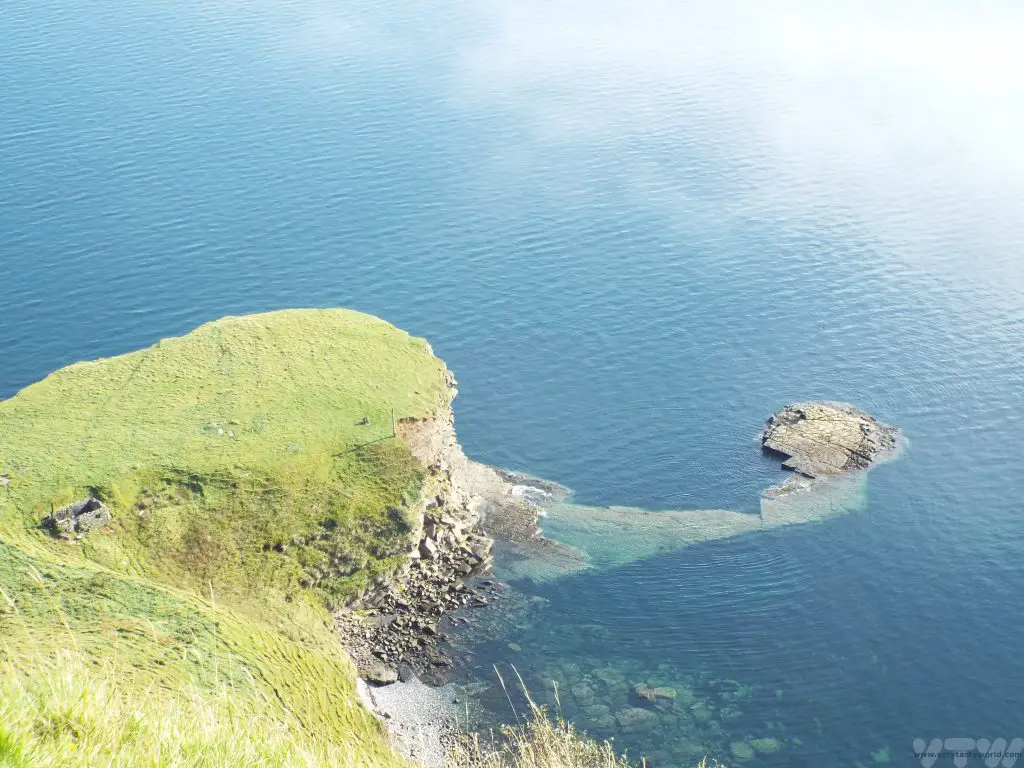
The Quiraing offers an amazing walk. Located right at the north of the island via a single track road the car park is located at the top of the hill. You can do a circular walk or just trek along the path and back. It’s absolutely manageable for the average walker but there are some sections where you may need to scramble. And the views are splendid.
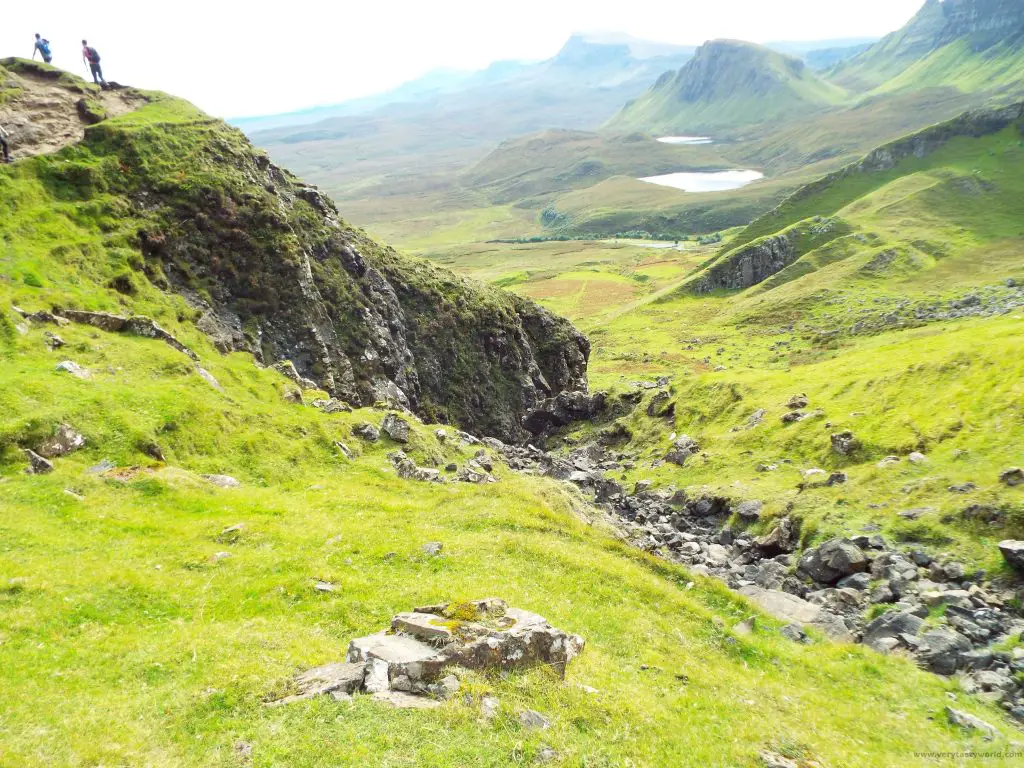
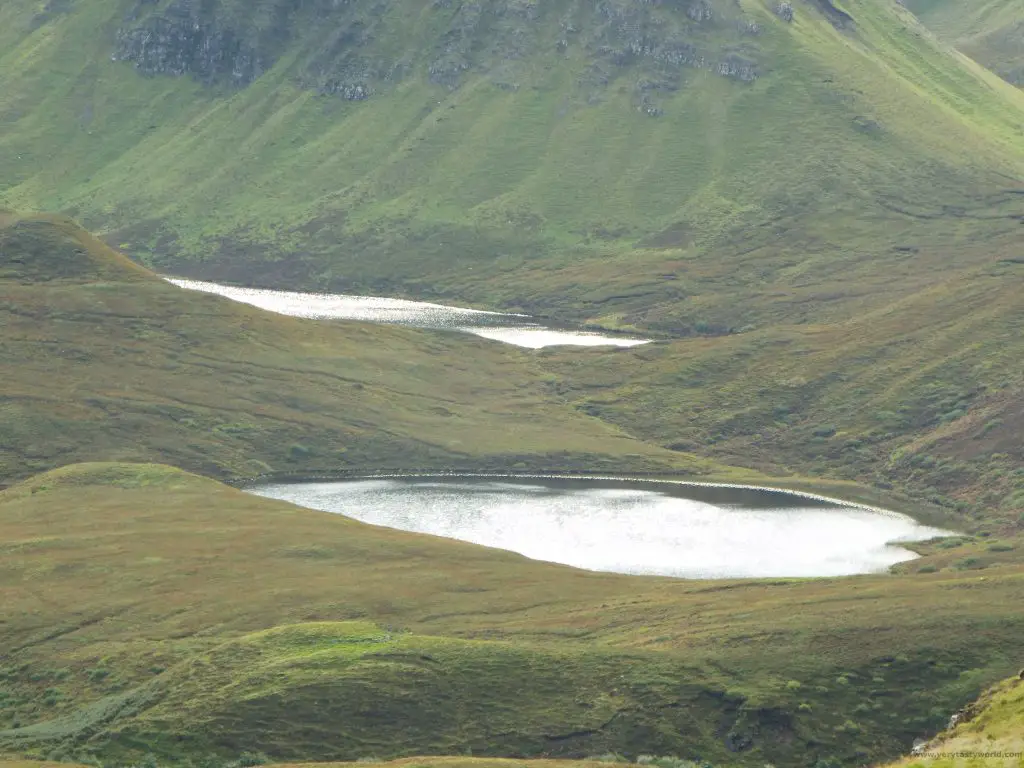
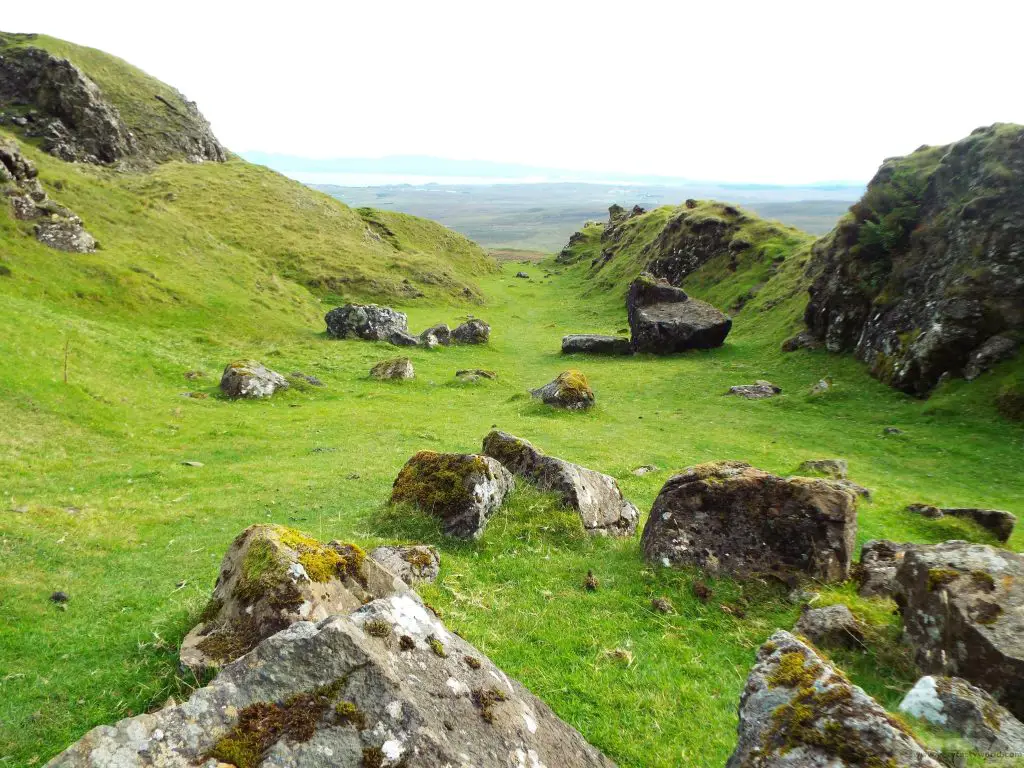
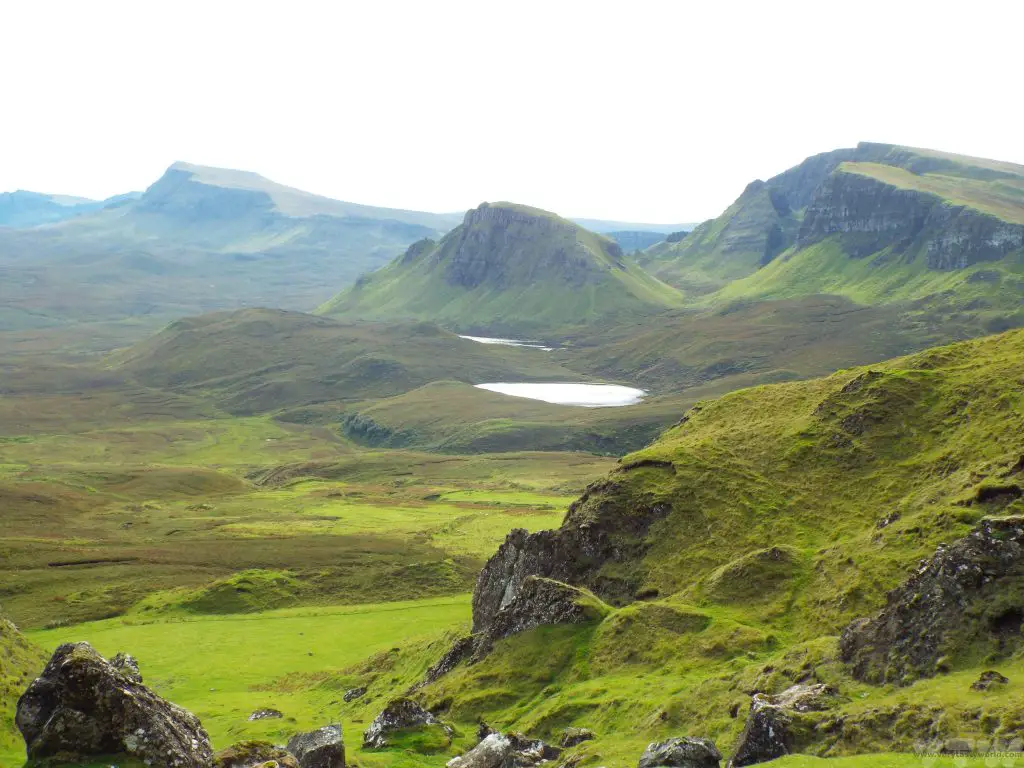
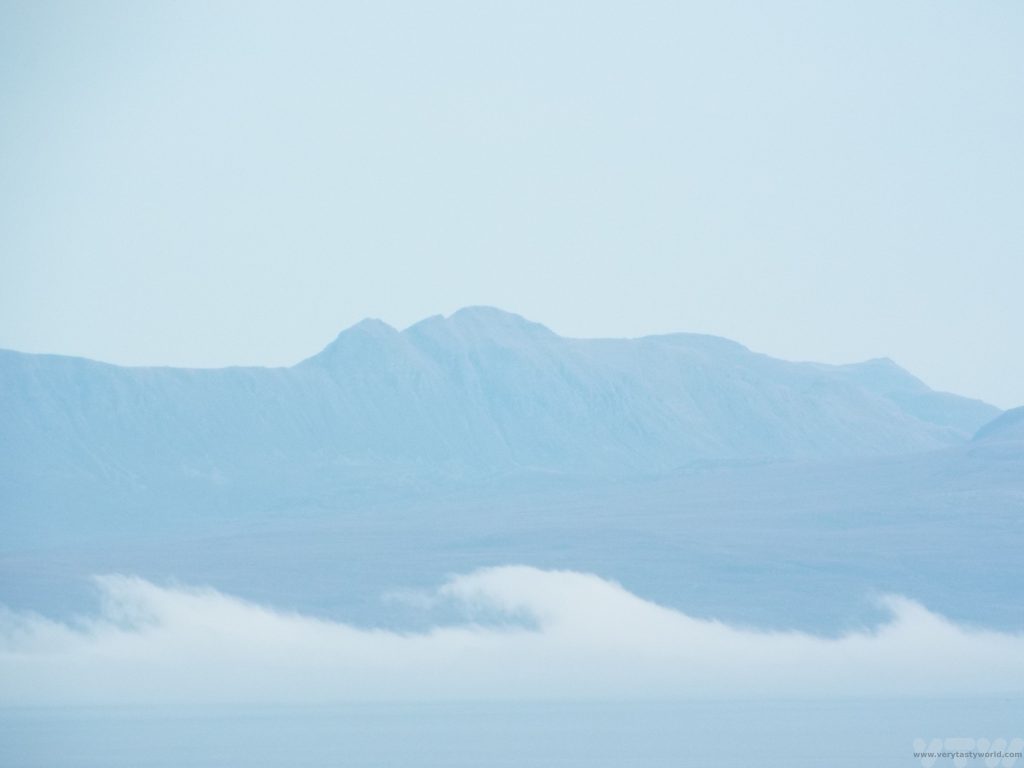
Carrying on over the top of the hill from the Quairang takes you to Uig, which has a pleasant harbour and also the Skye Brewery which makes cracking beers. The beers on offer are broad in range but because it was a cold and windy day we opted for two of their darker varieties. (Which, of course, we imbibed later that evening as it was a long-ish drive back to the hotel.)
Skye Tarasgeir beer has a wonderfully complex flavour and you can really taste the peat on the malts. It’s light on the palate initially but the flavour develops and lingers on the finish. A fine quaffable beer.
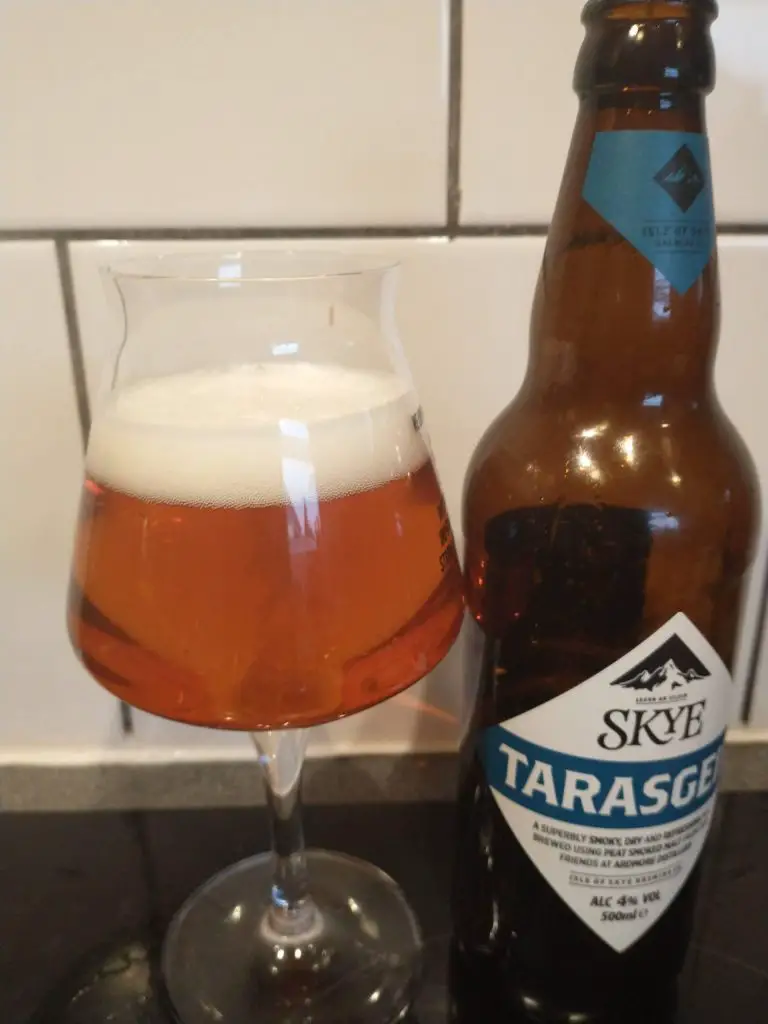
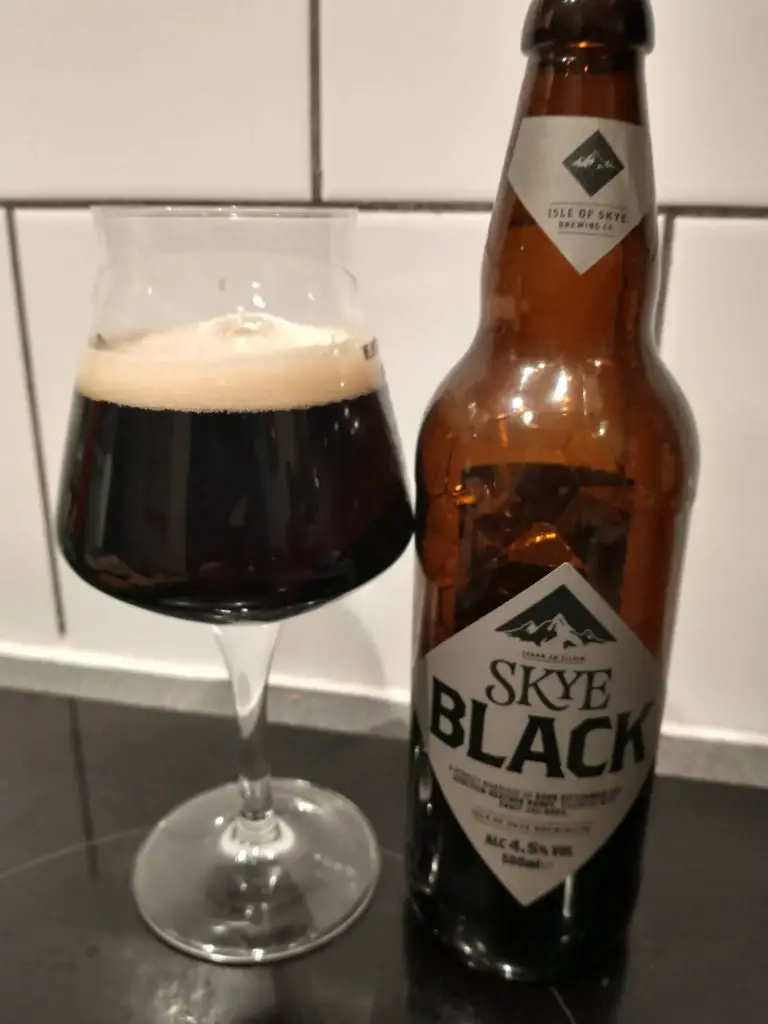
As expected, Skye Black is a very dark. On first taste it feels like a porter. Roasted malts give bitterness but this is tempered by the addition of local heather honey which comes through subtly. It also has rolled oats and hops which add to the flavour to the beer.
Close to Uig is the Fairy Glen, a delightful landscape.
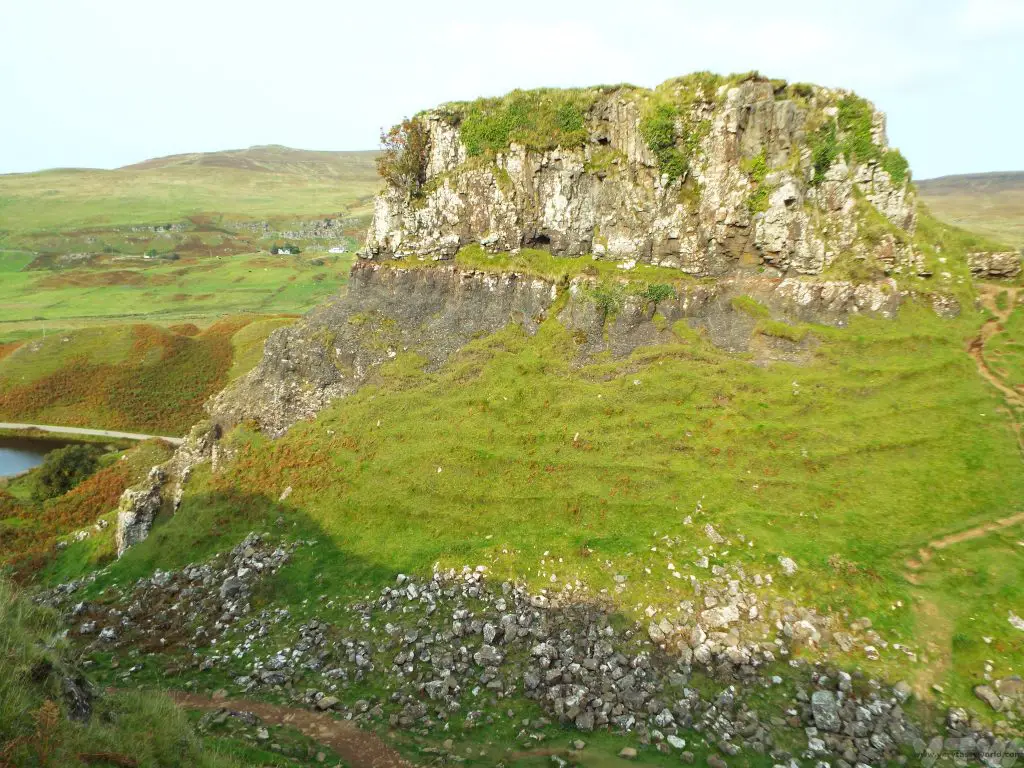
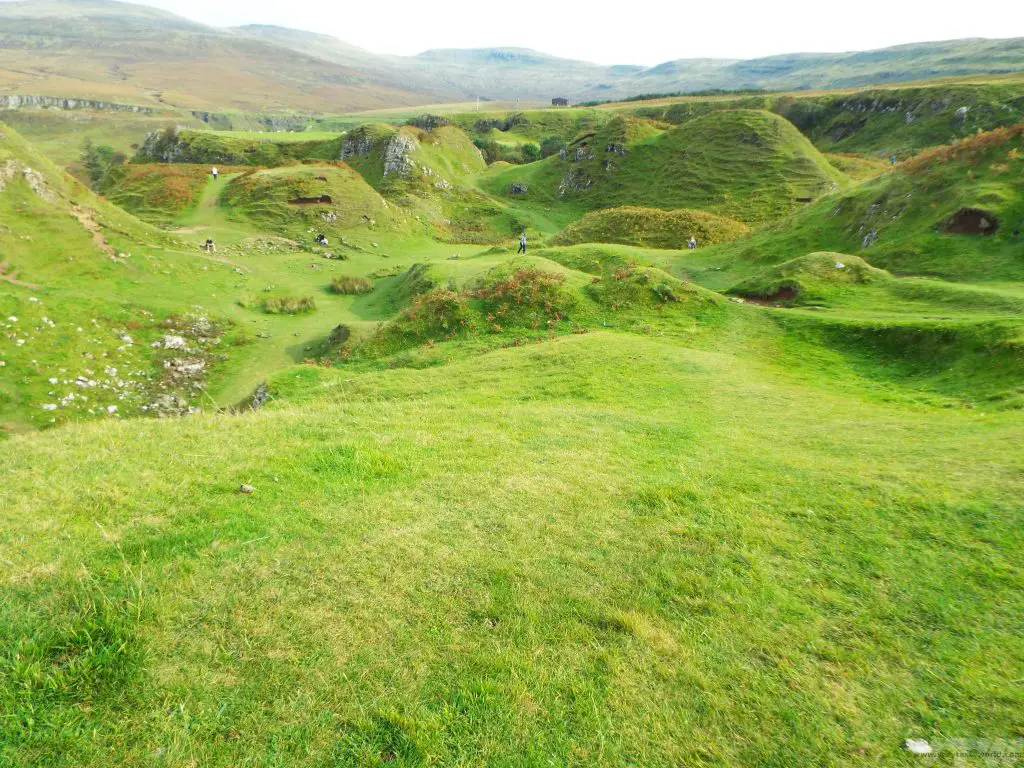
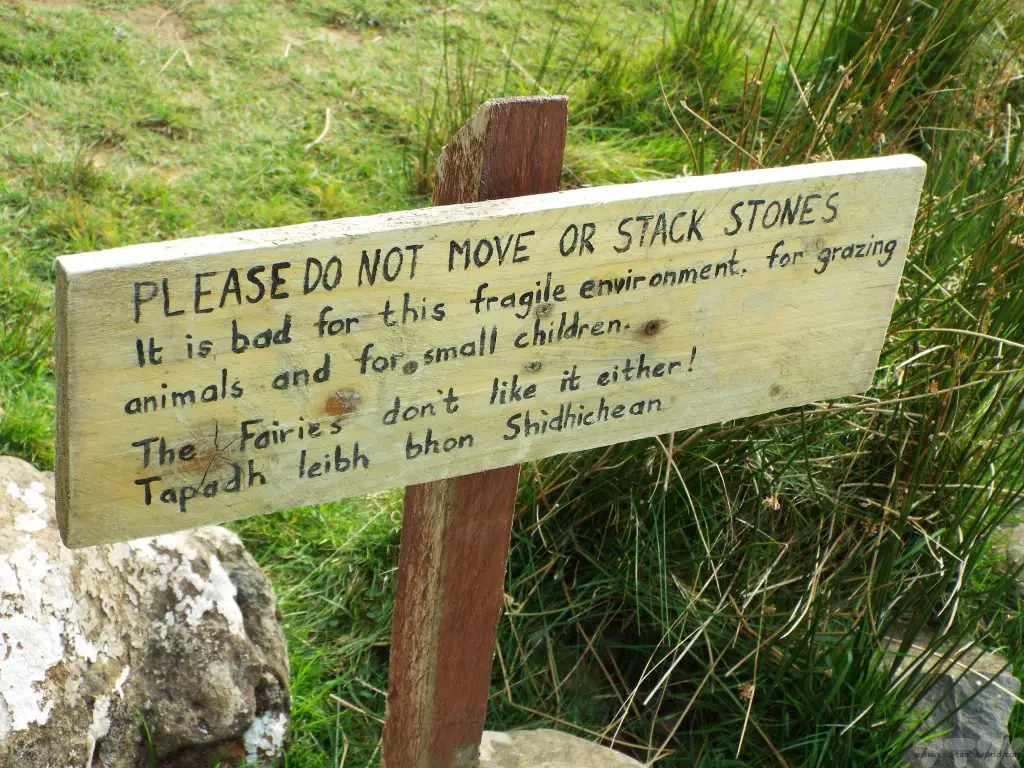
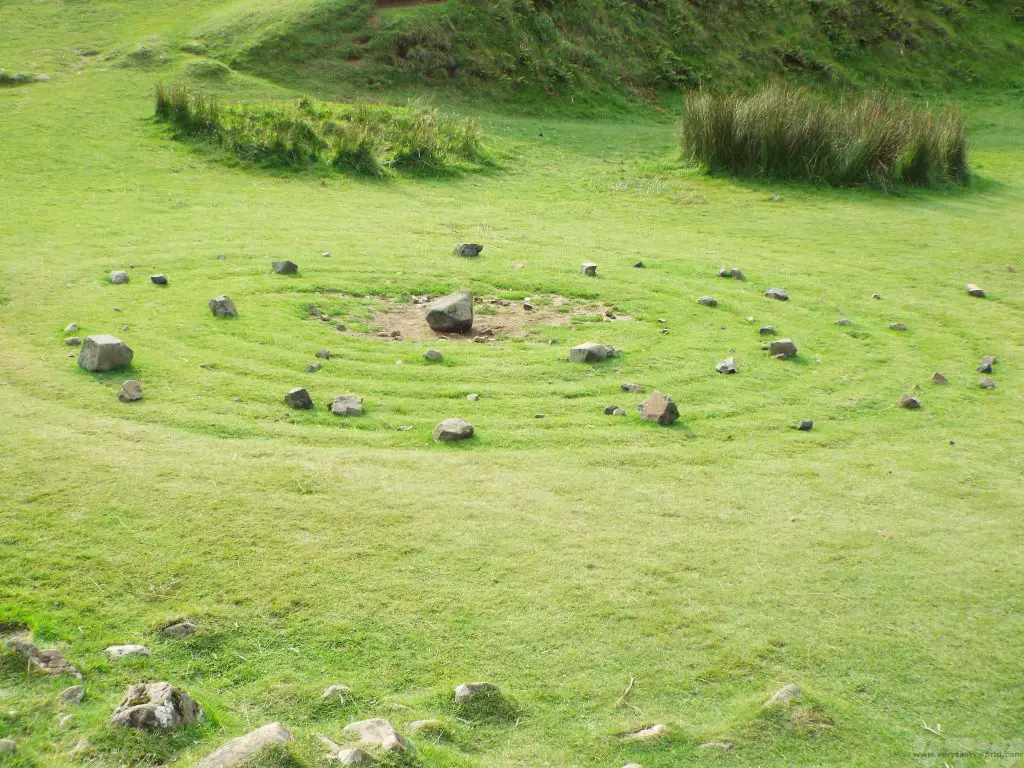
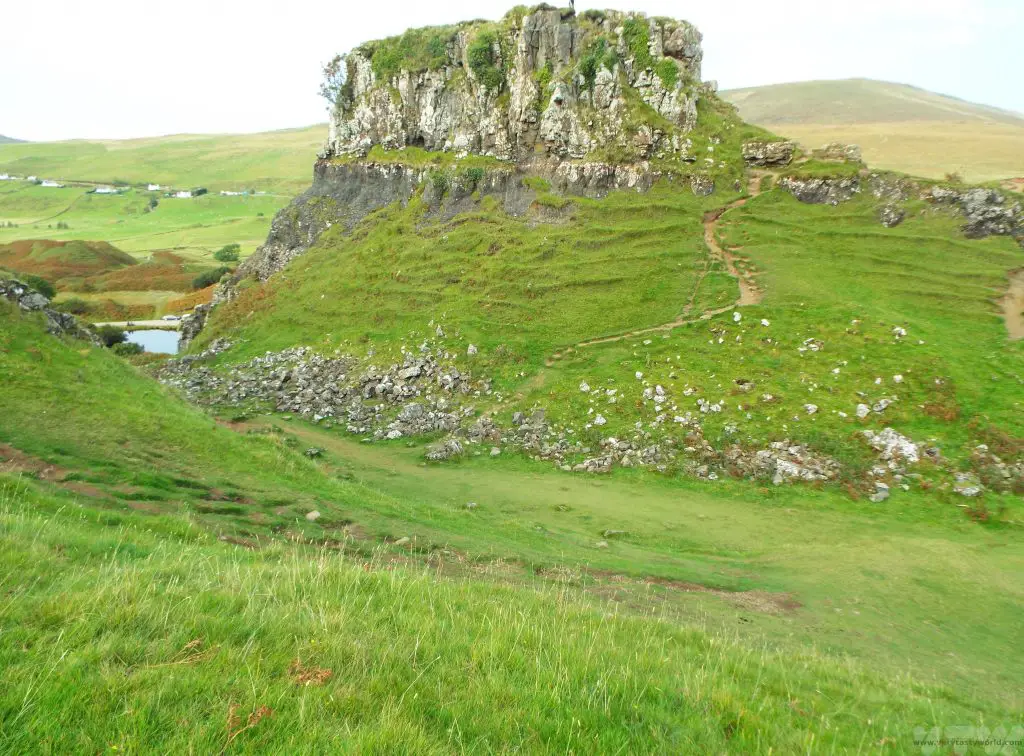
Neist Point is a remote lighthouse located on a peninsular and again offers spectacular and dramatic views. It is possible to walk to the lighthouse (just park with all the other cars along the roadside).
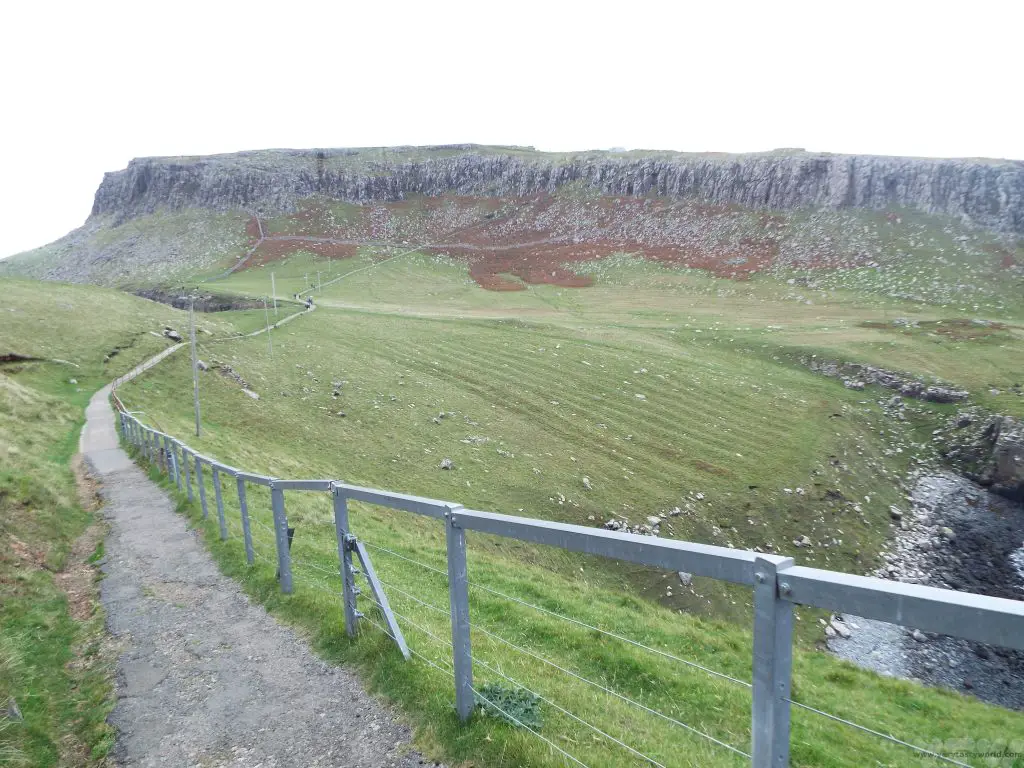
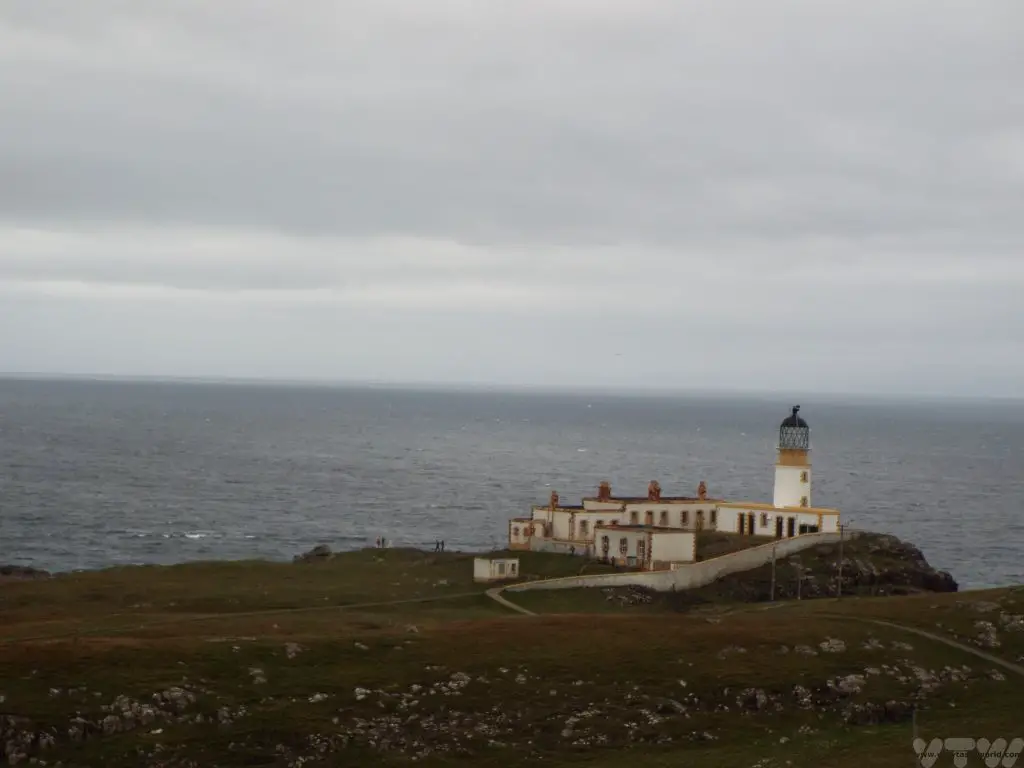
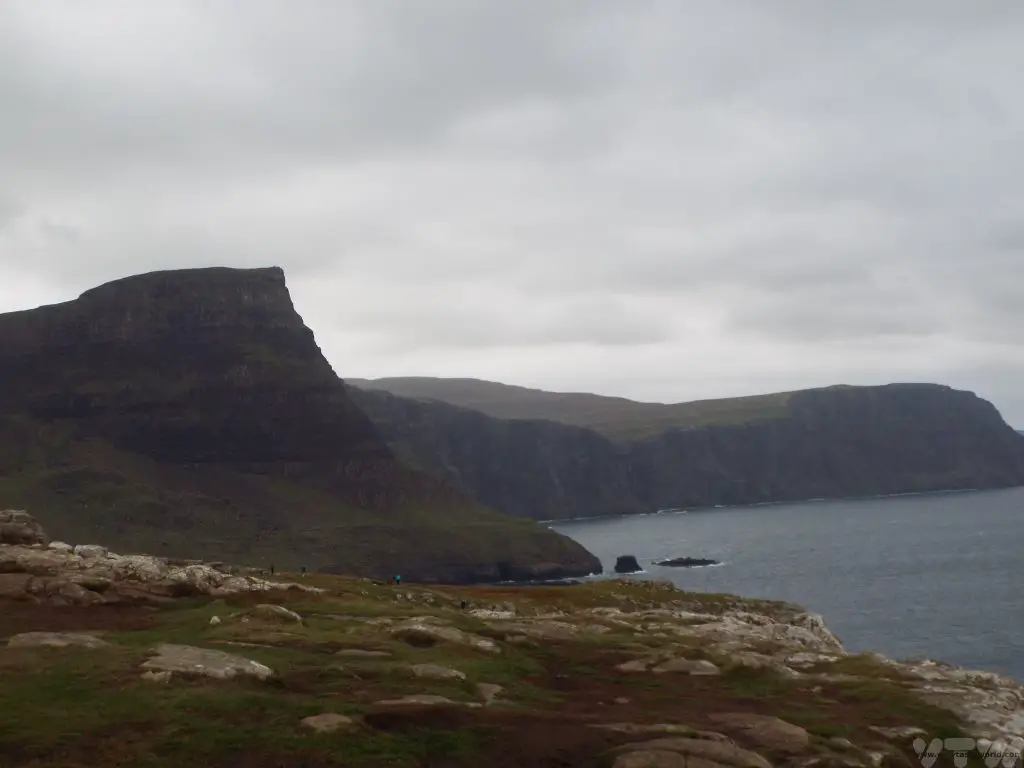
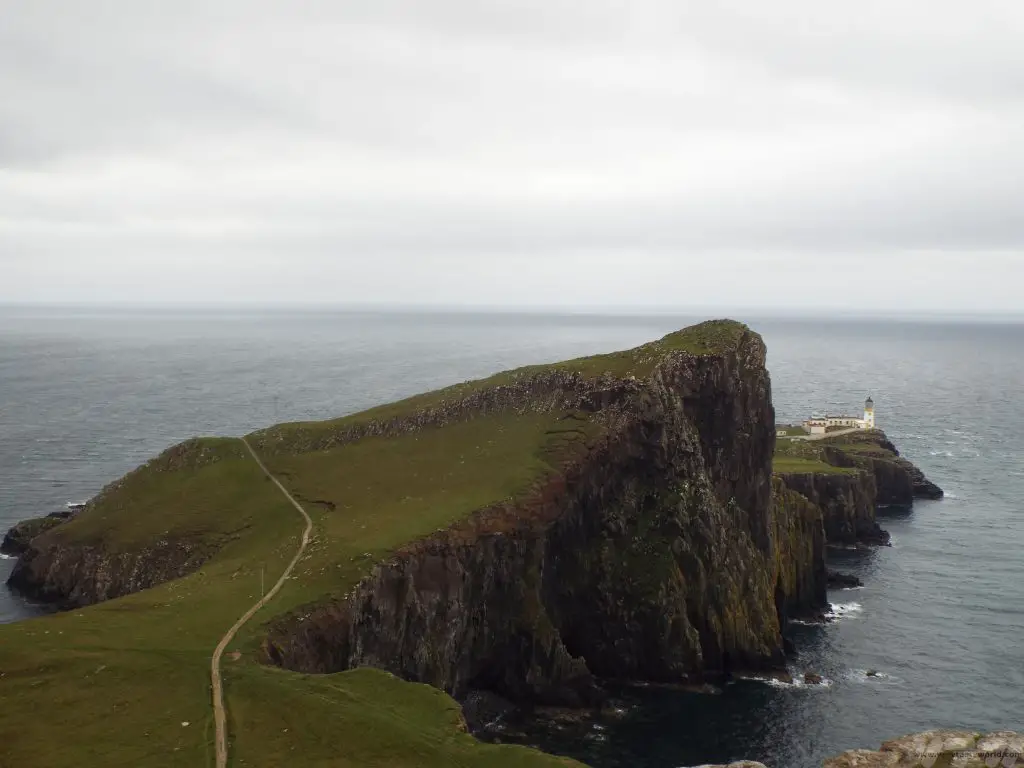
Further south on the western coast, the Talisker Distillery offers tours but can get very busy. It’s the oldest and probably the best known whisky distillery on the island. It’s well worth booking a tour in advance if you’d like to visit. Even the shop had a half hour queue when we turned up.
Leaving the Isle of Skye
On leaving the Isle of Skye and heading back into the Scottish mainland there are some other interesting stop-off points.
We were generally blessed with uncharacteristically good weather for much of our trip to Scotland. Unfortunately on our way back from Skye the rain swept in and, while we went to the Five Sisters of Kintail viewpoint, reputed to be one of the finest views in Scotland, we didn’t experience it at its finest.
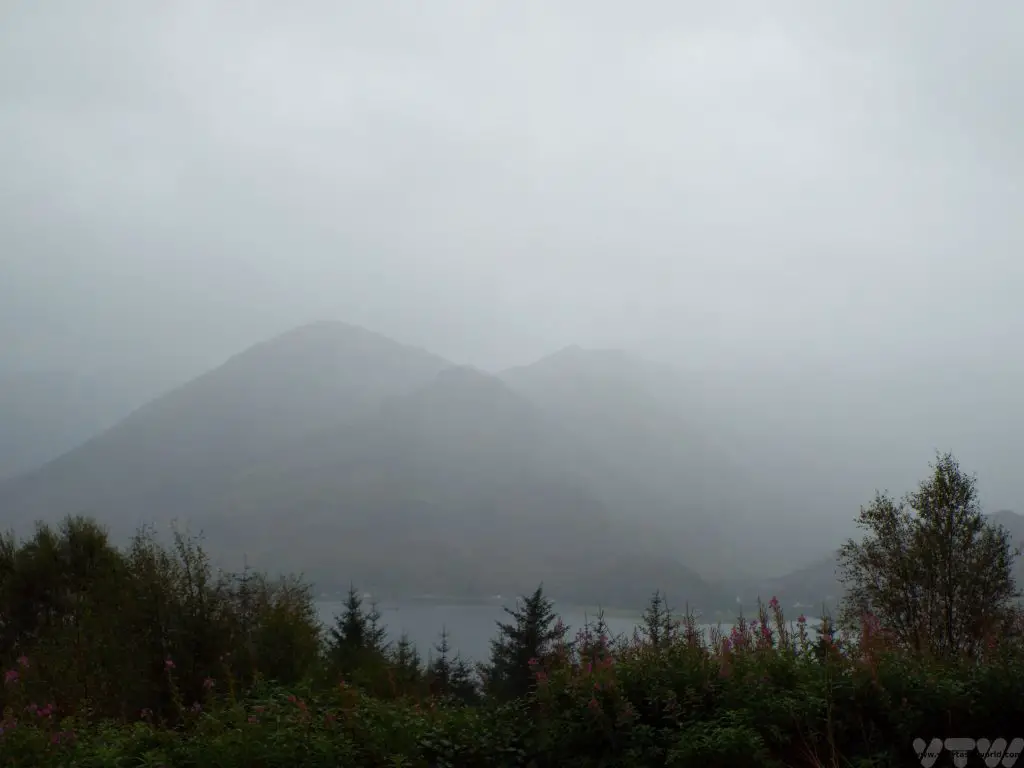
The Glenelg Brochs, Dun Telve and Dun Troddan, are amazing dry stone constructions over 10m tall with a concentric design that provides an outer and an inner wall. They date back to the late Iron Age and are around 2000 years old.
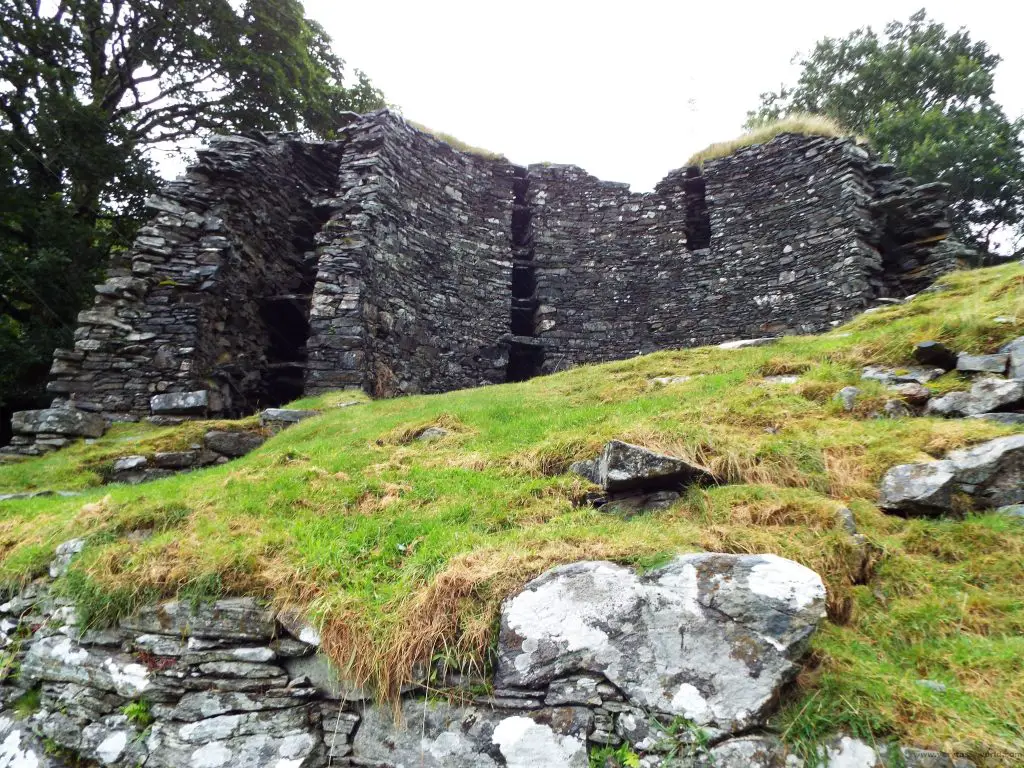
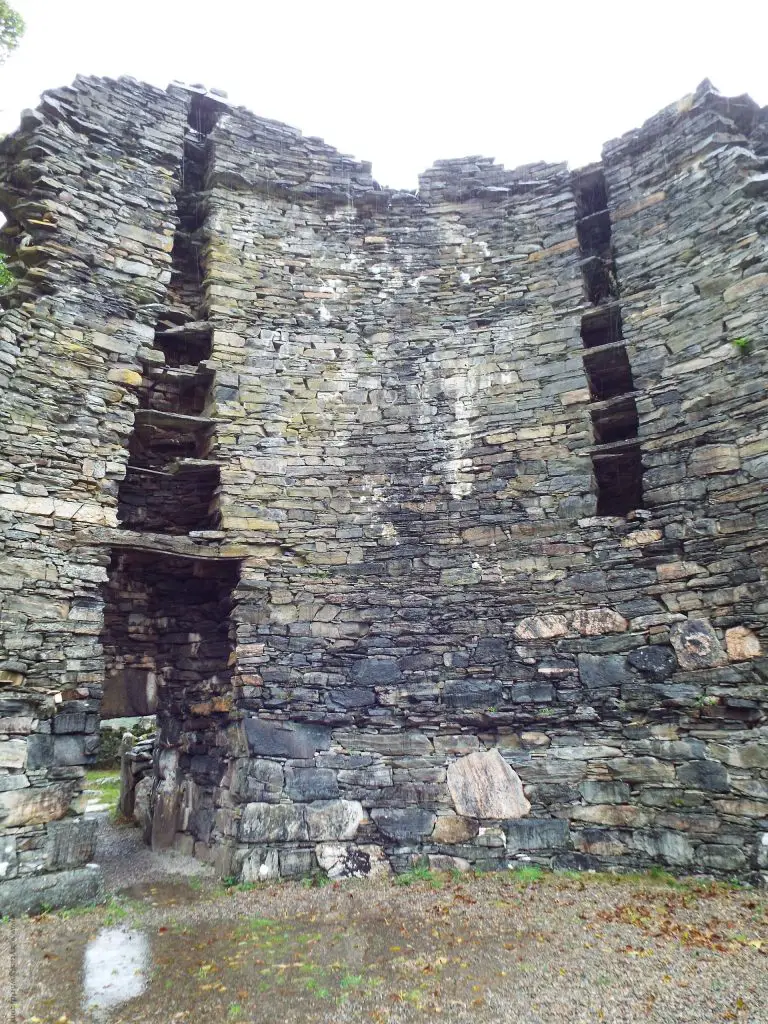
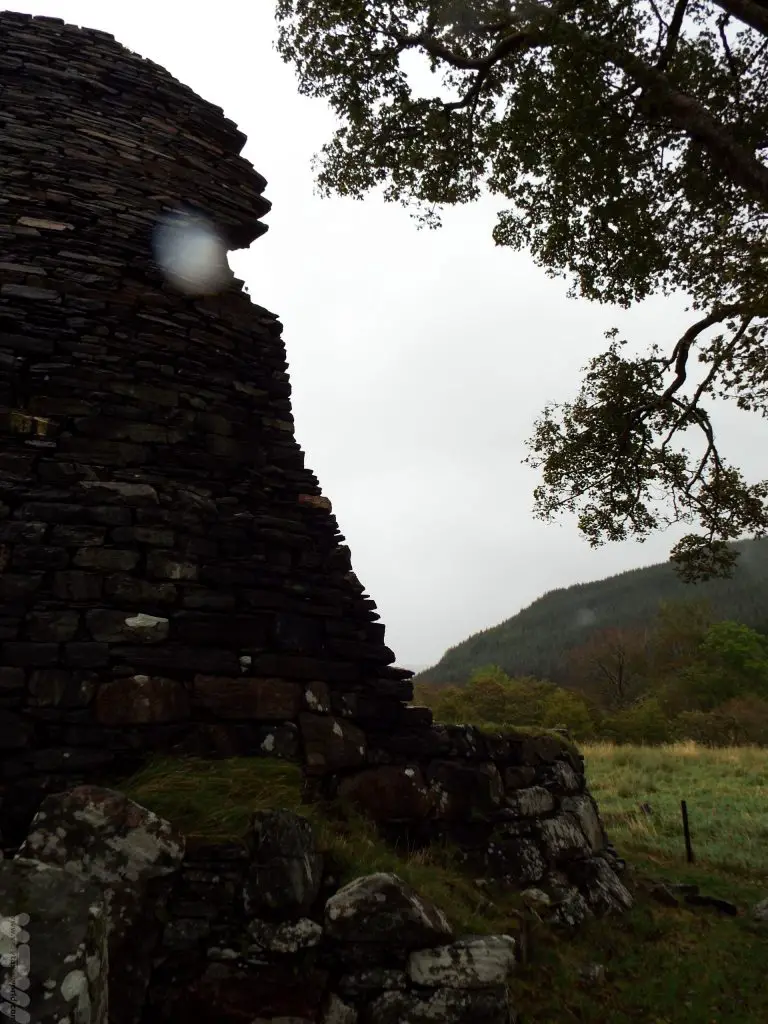
They are something of a cross between and fort and a mightily impressive house. You are free to wander around them.
Incidentally, the little village of Glenelg has probably the coolest twinning on the planet.
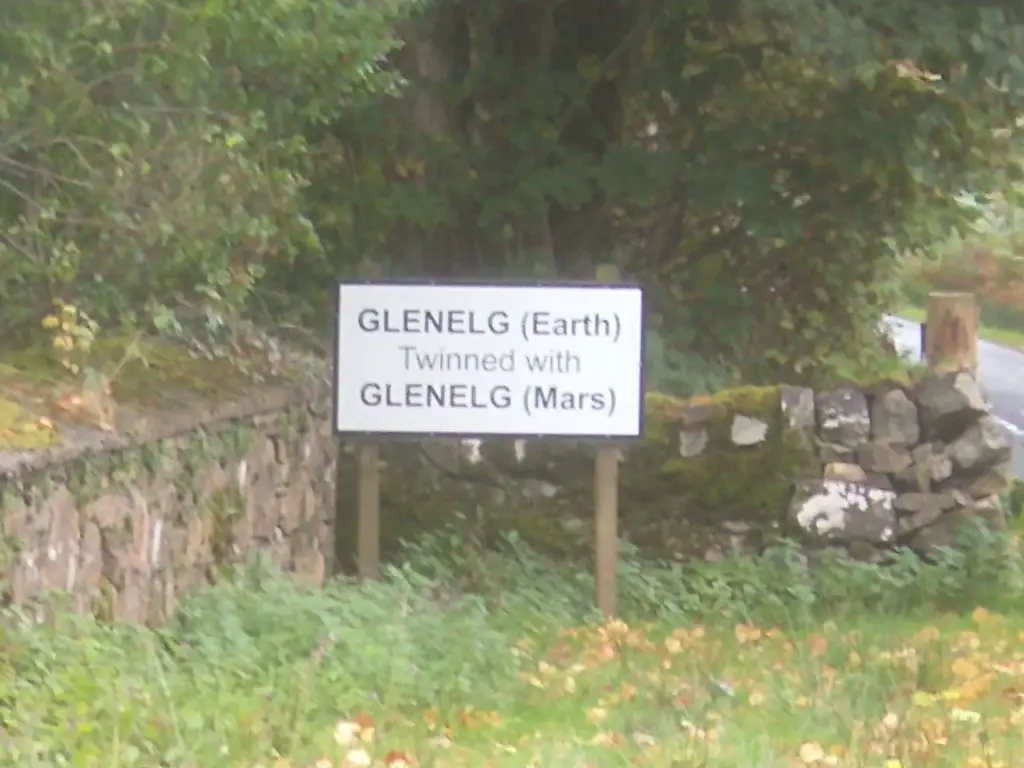
Related Posts You May Enjoy

Film Review: Nina’s Heavenly Delights (2006)

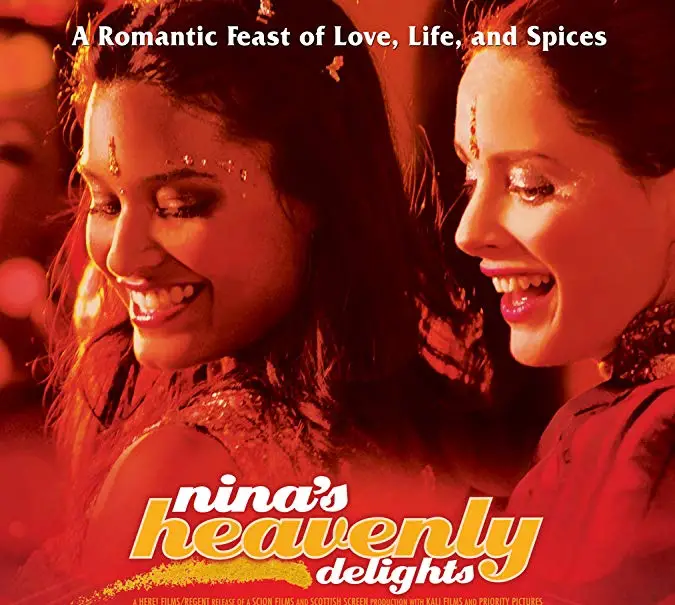
Writer/Director: Pratibha Parmar
Country: UK
Cuisine: Indian set in Scotland
Film Rating 8/10
Foodie Rating 8/10
“Taste is in your heart. Always follow your heart.”
Culinary pleasure mixes with romantic pleasure in Nina’s Heavenly Delights, the title of which prefectly reflects its tone and theme.
Nina Shah (Shelley Conn) is coming home to Glasgow after three years having departed in circumstances that left her estranged from her family. But her beloved, enthusiastic and talented father has recently passed away and she has returned to attend his funeral. He was the head chef and owner of the family’s highly regarded restaurant The New Raj. It was highly regarded due to her father’s culinary prowess but unfortunately he wasn’t financially successful so the family find themselves having to deal with a severe case of austerity and crippling debt. Rival restaurant Jewel In The Crown have the finances to match their bourgeois appearance and clientele and, what’s more, they wish to buy out The New Raj. Nina is more than perturbed by that prospect, instead pledging to honour her father’s legacy by maintaining the premises, keeping the restaurant running and, more importantly, winning a substantial cash prize in a well-respected curry cooking competition. She is convinced that his superior recipes for amazing Indian cuisine will win the competition and solve the family’s debt problem. But, of course, there are a number of rival curry chefs, including the decadent and narcissistic chef of The Jewel In The Crown, Sanjay, who was meant to be Nina’s spouse, much to her chagrin. Instead she finds assistance – and romantic entanglement – with the delightful and talented Lisa MacKinlay (Laura Fraser), an old friend who now owns half of the restaurant. Together they master the details of this complex culinary artform and develop their understanding of taste. But there’s more than just the competition to be concerned about because how will family and the wider society accept romance in her life when they come from separate cultures?
“No sale ’til after the competition,” reflects Nina’s personal desire to make this grand plan work – before she discovers that it will become inextricably linked with her romantic one. This is a very much a masala movie with a blend of tasty spices to whet your appetite – it combines comedy and confrontation, romance and remorse, song and dance, cooking and eating as well some social commentary about the family retaining Indian cultural traditions within the context of living in Scotland.
Bollywood cinema is known for its exuberance and, in many ways, the themes in this film are straight from Bollywood – the initially hidden, often unexpected romances, as well as disagreements between the protagonists about how to resolve their issues within the context of social demands and family issues. Conflicts and love are narrative essentials, as are costume changes, songs and dance. Nina’s Heavenly Delights has all of these, and there’s even a reference to Bollywood in a video shop that has a poster of the classic Mother India just to emphasise the point. But, for all its charming twist on Bollywood conventions, Nina’s Heavenly Delights embraces East meets West in ways beyond the love of its two leads in its Glasgow setting. More Indian foody films are available including Jadoo Kings of Curry and Gurinder Chadha’s Bhaji on the Beach (1993), The Mistress of Spices (2005) and What’s Cooking? (2000) as well as many others.
As writer/director Pratibha Parmar said,”I wanted to write a love story where a young woman falls in love with another woman in a surprising way, when they least expect it. I wanted to set it in an Indian restaurant …”. This whole scenario takes the film to many lovely levels: what is better than food and love? Nina’s Heavenly Delights is, as its title suggests, heavenly and delightful. Low in budget but high on taste it’s a foodie romance that appeals to the romantic and, of course foodies everywhere.
You can buy the DVD here.
If you click the link and decide to make a purchase we will earn a small commission, at no cost to you, which helps towards running this site.

Film Review: Chocolat (2000)


Director : Lasse Hallström
Writers: Joanne Harris (novel)
Country: UK/US (Film is set in France)
Food Consultant: Walter Bienz (chocolate expert)
Film Rating: 8/10
Foodie Rating: 8/10
Cocoa-based joy lies at the heart of Lasse Hallström’s romantic drama set in 1950’s France. First a word of warning. Note the lack of ‘e’ in the title. If you get Prachya Pinkaew’s 2008 film Chocolate you may well be in for a shock if you were expecting some sort of Milkybar huggy romance film. Instead you would see a remarkable, exciting and somewhat violent Thai martial-arts film (which is highly recommended if you like remarkable, exciting and somewhat violent Thai martial-arts films) rather than the rather more sedate environment of period piece Chocolat, a film about religion, society, families, romance and, of course, chocolate.
It’s 1959. Vianne Rocher (Juliette Binoche) and her daughter Anouk (Victoire Thivisol) arrive at a small village, seeking accommodation and business premises. They find a useful property which suits their purposes in a tranquil location in France. Vianne’s skill – indeed her destiny – lies with her ability to be an inventive and perceptive chocolatier who can accurately detect the particular desires of any potential customer. Furthermore, she is a compassionate and caring person who utilises her distinct culinary abilities to absolve people of social or psychological issues even if they were unaware of those problems themselves.
But the apparent idyll of the delightful location has some problems. Vianne arrives during Lent and the village’s dictatorial mayor Comte de Reynaud (Alfred Molina) has a strong interpretation of biblical edicts and insists on his parishioners steadfastly following the rules of fasting and avoiding the temptations of glorious gluttony. He even alters the parish priest’s sermons to dictate his own religious views. Vianne carries on regardless, determined by her destiny to aid the villagers with their personal problems through the medium of chocolate; these include family conflicts, a housewife being beaten by her drunken husband and her curmudgeonly and melancholy landlady, a grandmother denied access to her artistic grandson because she fell out with her daughter, a lady who subscribes to the mayor’s dominant beliefs. When a group of river Roma arrive at the outskirts of the village this creates further tensions particularly when Vianne forms a friendship with the anti-establishment but delightful guitar playing Roux (Johnny Depp). Naturally the authoritarian Comte de Reynaud sees this as a further plot to undermine his idealistic perceptions of virtue for the village and seeks to remove both the Roma and the chocolatier. But perhaps his own sins are to become apparent especially, it seems, when chocolate is involved.
There is so much to enjoy in the food depiction in the film from its creation to its final instigation. Vianne instigates her skills in multiple ways to accentuate her art and administer the correct form of chocolate for her many customers. So there’s chilli in the hot-chocolate concoction that has exceptional taste and a variety of aphrodisiac sweets, mood enhancers and delicately modelled confections that serve as an advert for her artistry as much as they emphasise the visual delights of her amazing products. Chocolate may be considered to be an indulgent food but here it is used to heal lost souls. There are a few moments of culinary horror amidst the joy of chocolate as we experience a scene of outrageous gorging – during Lent! – which forms part of the dénouement in the film’s relationship between mayor and chocolatier. And there is more trouble when in a moment of conflicting interests between mother and daughter concerning their respective futures when a valuable container of cacao is smashed, the dust powder scattered amidst the shattered pottery.
Johnny Depp return to confection as the chocolatier Willy Wonka in Charlie and the Chocolate Factory, but Juliette Binoche’s Vianne provides gastronomic supremacy way ahead of Tim Burton’s fantasy chocolate intermixture.
A delightful story about families, food, human frailties and redemption, Chocolat is a joy for both foodies and hopeless romantics.
You can buy the film here or the book here in the UK or the film here and the book here in the US.
If you click the link and decide to make a purchase we will earn a small commission, at no cost to you, which helps towards running this site.

Haggis with Neeps and Tatties
Scotland’s National Dish
There are many reasons to visit Scotland. The landscape is nothing short of spectacular whether you are visiting the highlands, the lowlands or the coast.
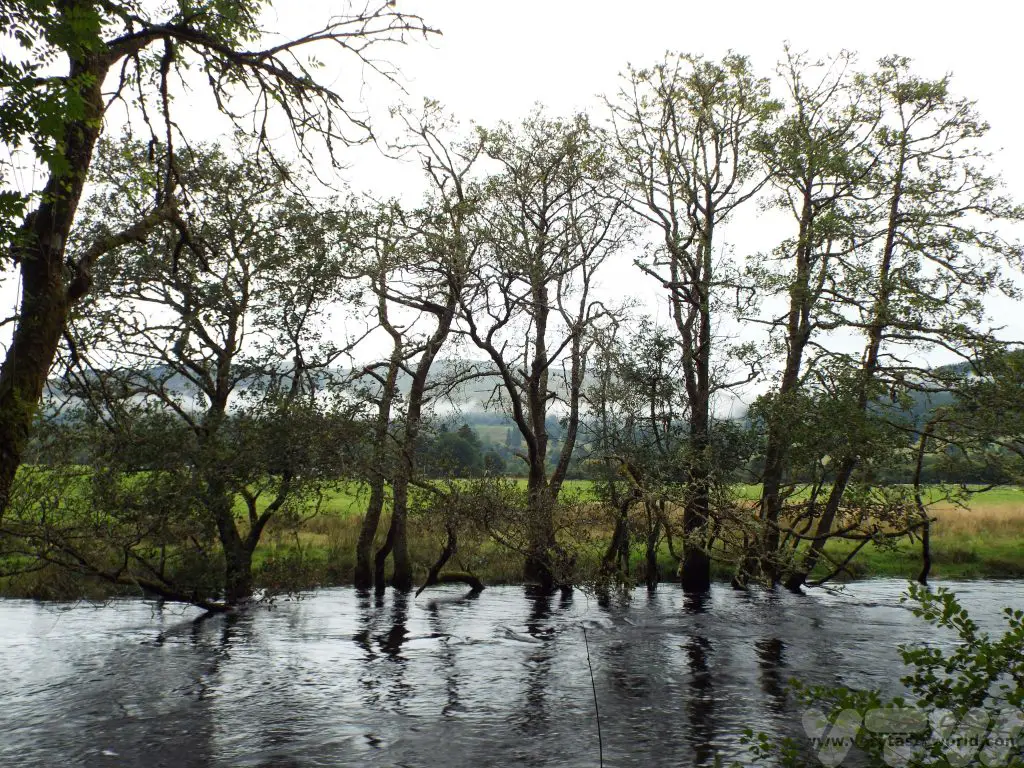
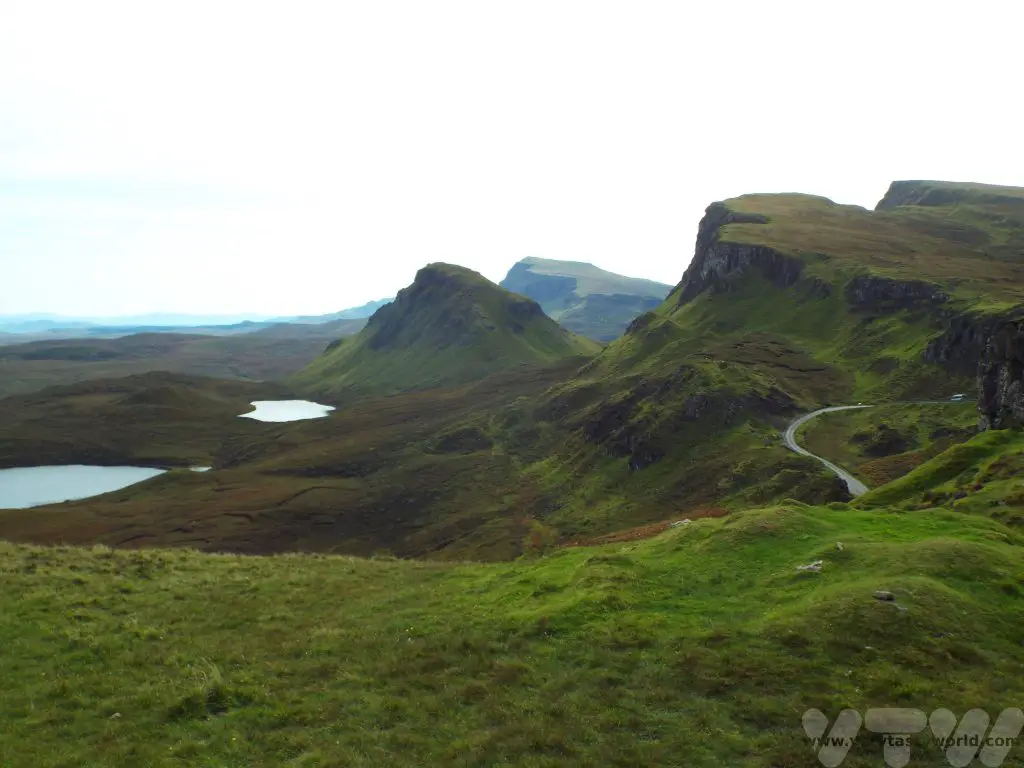
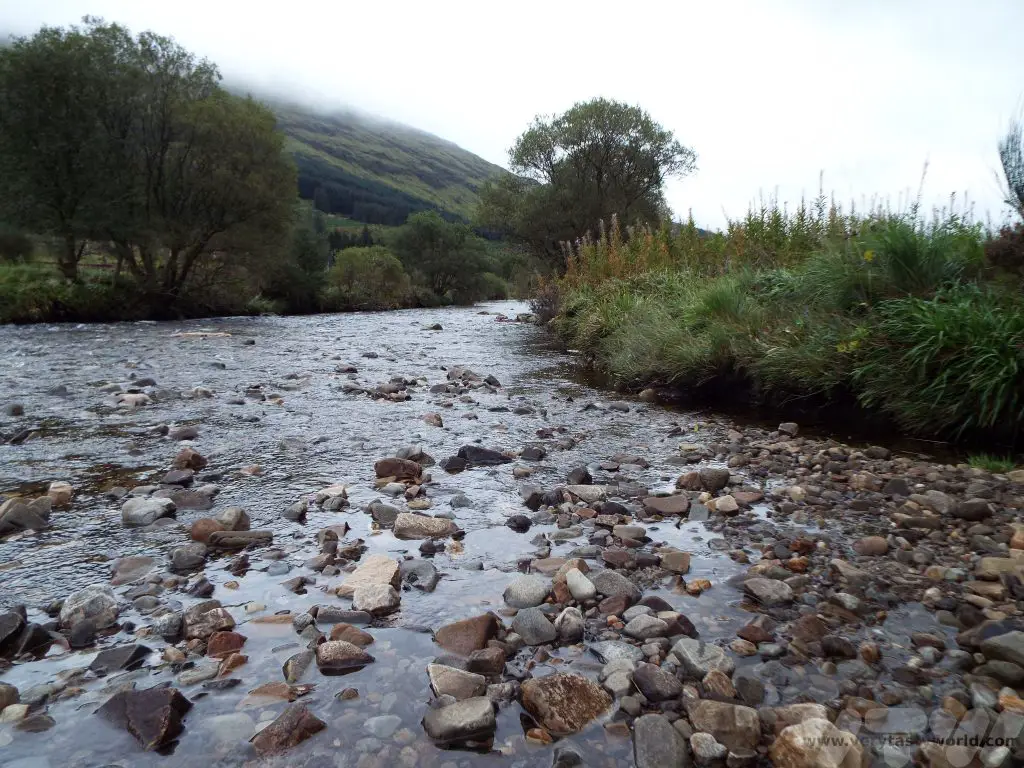

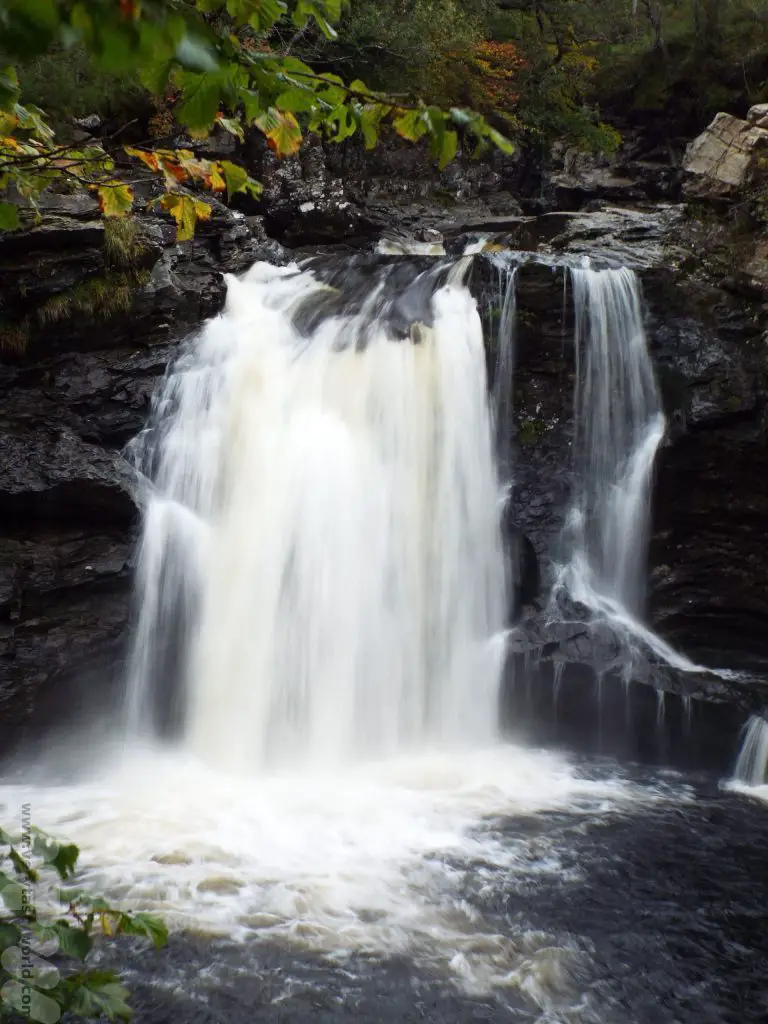
The country has a long and fascinating history and the towns and cities, particularly Glasgow and Edinburgh, have an enormously rich cultural heritage. It even boasts a famously elusive monster that apparently dwells in its biggest lake, Loch Ness.
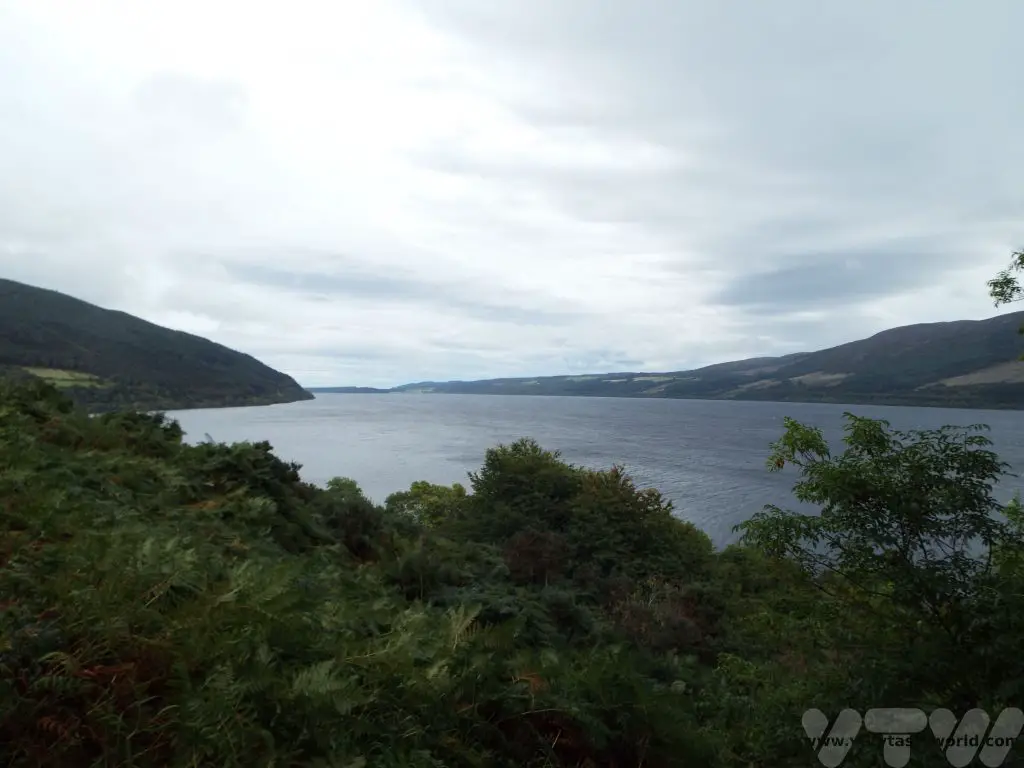
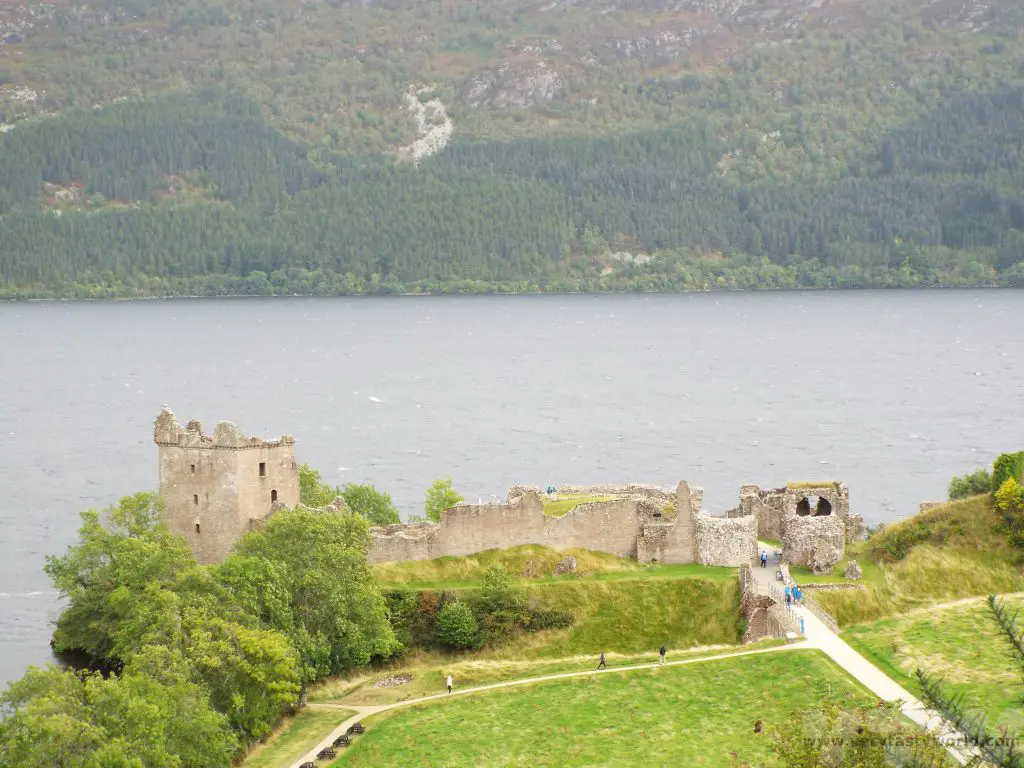
Food-wise, Scotland has so much to offer. With a long, beautiful and often dramatic coastline, the seafood is top quality. With plenty of grazing land Scottish meats are also fantastic – notably the beef, pork and lamb. And then, of course, there’s the whisky (always spelt whisky, not whiskey) – with distilleries scattered all over the country.
Haggis with Neeps and Tatties
Scotland’s national dish is haggis.
The first rule of haggis is: do not think about haggis.
The second rule of haggis is: do not think about haggis.
Haggis is comprised of the heart, lungs and liver of a sheep, all ground up together, mixed with oats and spices, and then boiled inside the stomach of a sheep. Yes, it is basically boiled offal. And anyone who has ever tasted nasty grey liver which had been boiled until it could bounce for their school dinners are likely to have been put off offal for life. Offal does have a strong flavour and, when cooked badly, a horrible texture. Haggis is great because it uses all parts of the animal to the full – nothing is wasted – which is as it should be. And having tasted it (while trying very hard not to think about it)… it is genuinely delicious. Maybe it has an additional ingredient of magic because those components shouldn’t work and yet they really do.
Vegetarian haggis is also available for vegetarians/vegans or those who really can’t stomach the idea of stomach-boiled-offal. Vegetarian haggis uses the same oats and spices combination but replaces the meat with nuts and seeds. It tastes the same as conventional haggis but has a different texture that is really nutty and also absolutely delicious.
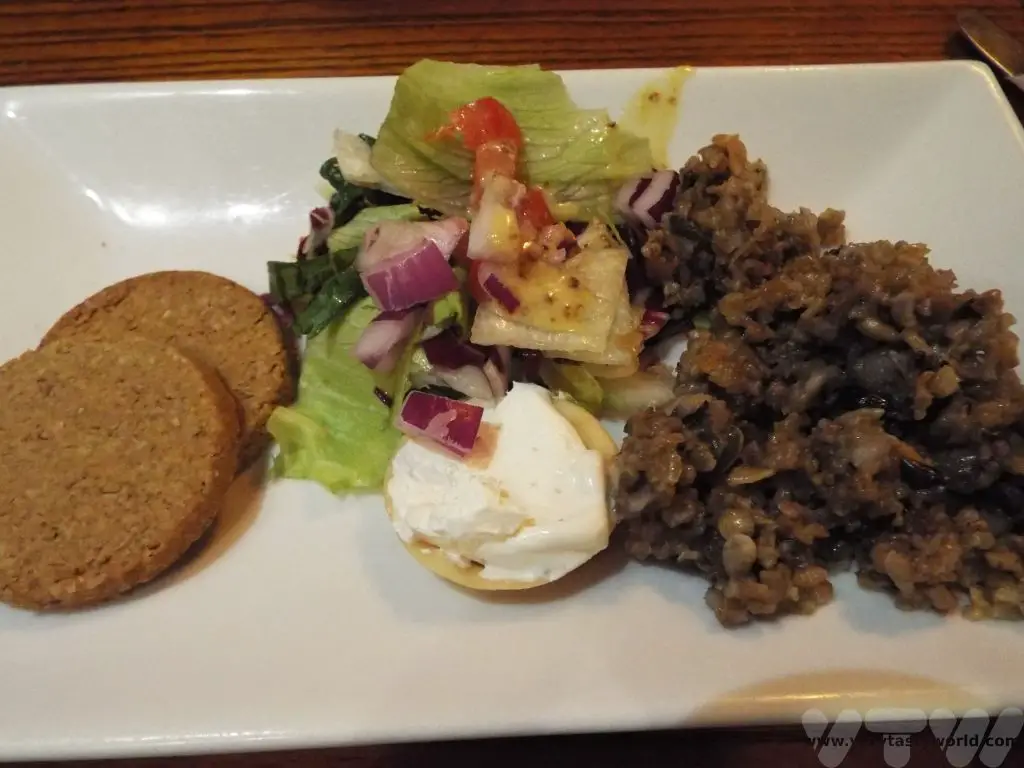
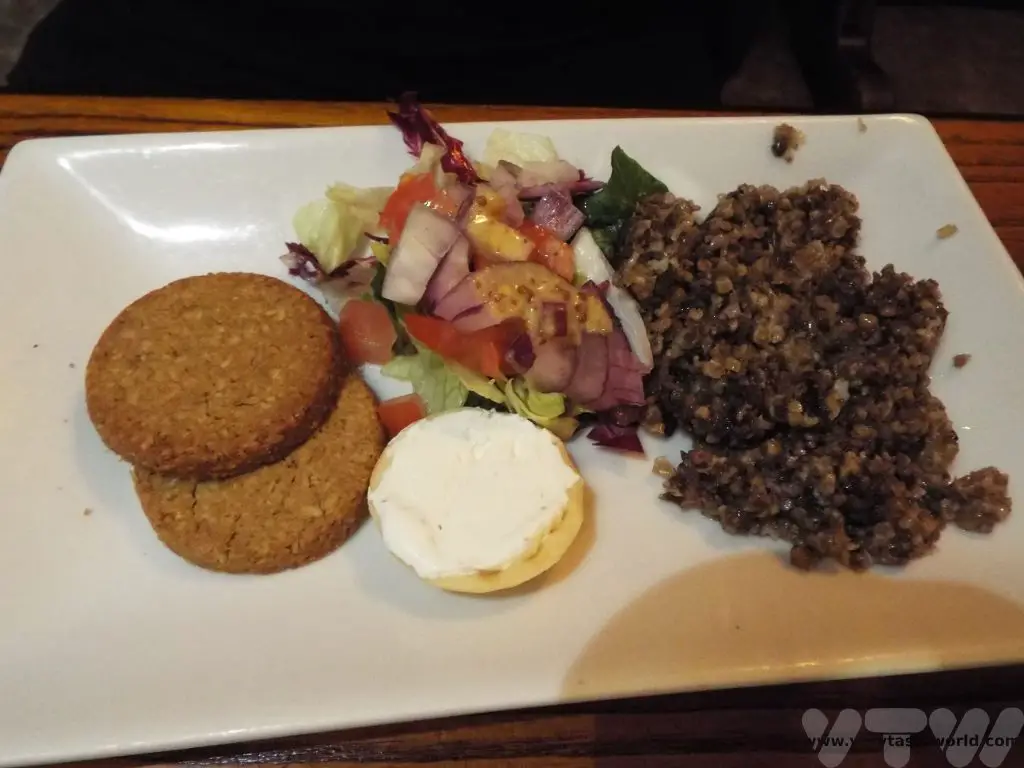
Haggis is traditionally served with neeps and tatties. Neeps are turnips (to the Scots but actually swede to the English and the Welsh – probably) and tatties are potatoes (for which there is very little possible ambiguity).
Both vegetables are boiled and either diced or mashed before serving. The whole meal is hearty and filling.
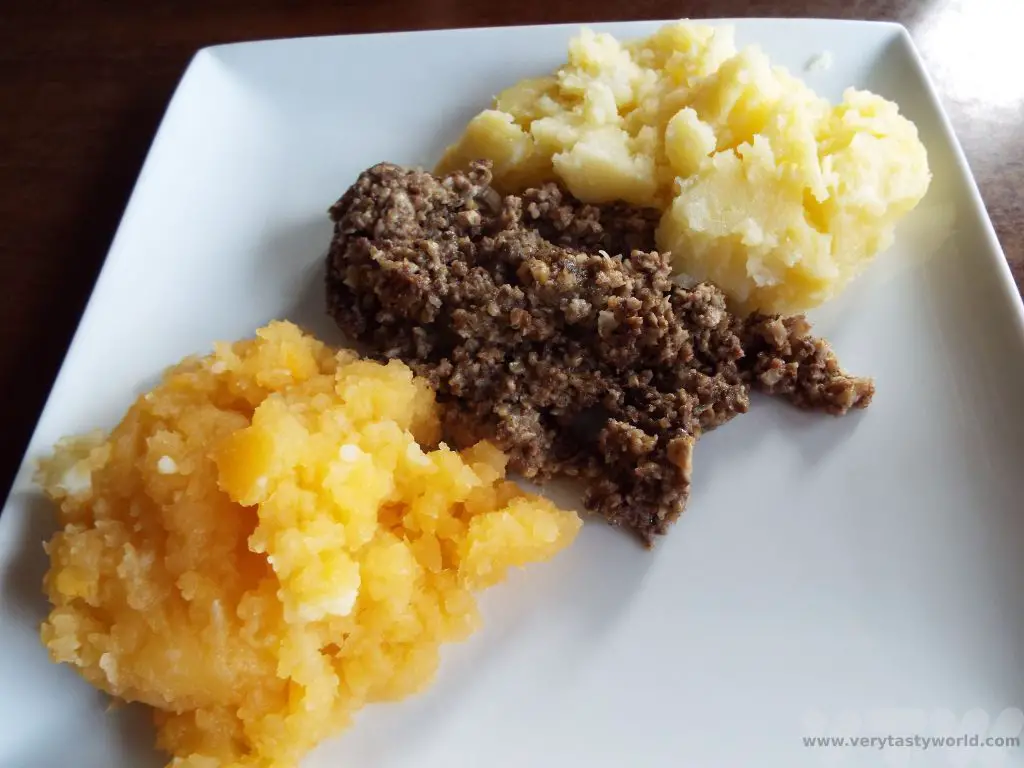
Poet Robert Burns wrote one of his best known poems ‘Address to a Haggis‘ in 1787, in which he proclaims his admiration for the “great chieftain o’ the puddin’ race.” It is traditional to eat haggis on Burns Night, the 25th January (the poet’s birthday), where the Burns Supper comprising haggis is consumed along with some good whisky. Burns’ poems are also recited. The tradition started a few years after Burns’ death when his friends set up a meeting to commemorate his life and works. There is a conventional order to proceedings including a ceremonial slicing of the haggis.
If you fancy making haggis, neeps and tatties, there is a recipe here.
It’s essential to enjoy the dish with a wee dram.
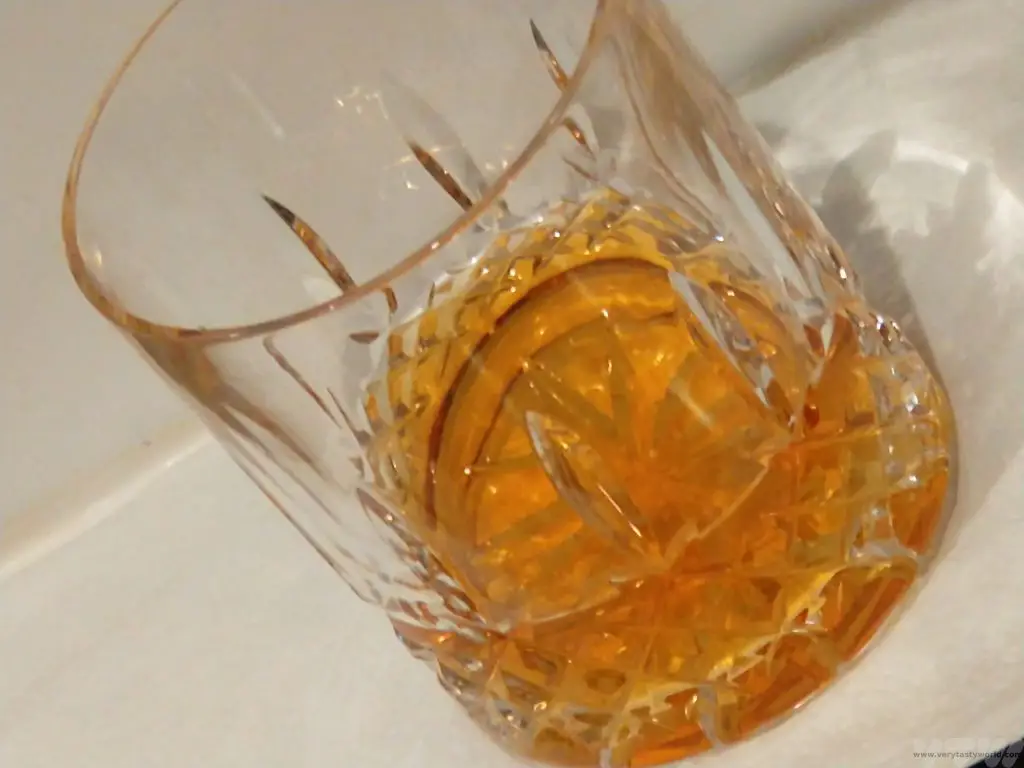
Related Posts You May Enjoy

RECIPE: Haggis, Neeps and Tatties
Haggis, neeps and tatties is Scotland’s national dish. Haggis doesn’t sound very inviting: it is comprised of the heart, lungs and liver of a sheep, all ground up together, mixed with oats and spices, and then boiled inside the stomach of a sheep. Yes, it is basically boiled offal. But one of the reasons haggis is a great dish as that it minimises waste by using all parts of the animal. It is surprisingly delicious.
Neeps and tatties are something of a mystery until you learn that they are the root vegetables turnips (actually swede) and potatoes. These are boiled and mashed and served alongside the haggis.
Vegetarian haggis is also widely available in Scotland and elsewhere, if you really don’t fancy boiled offal.
Haggis Neeps and Tatties Recipe
Ingredients
1 haggis
2-3 potatoes per person
1 swede
lots of butter
salt and pepper
Method
It is possible to make a haggis from scratch but it is far more convenient to buy one. A good butcher will be able to supply a quality haggis. They freeze very well and can also be cooked from frozen.
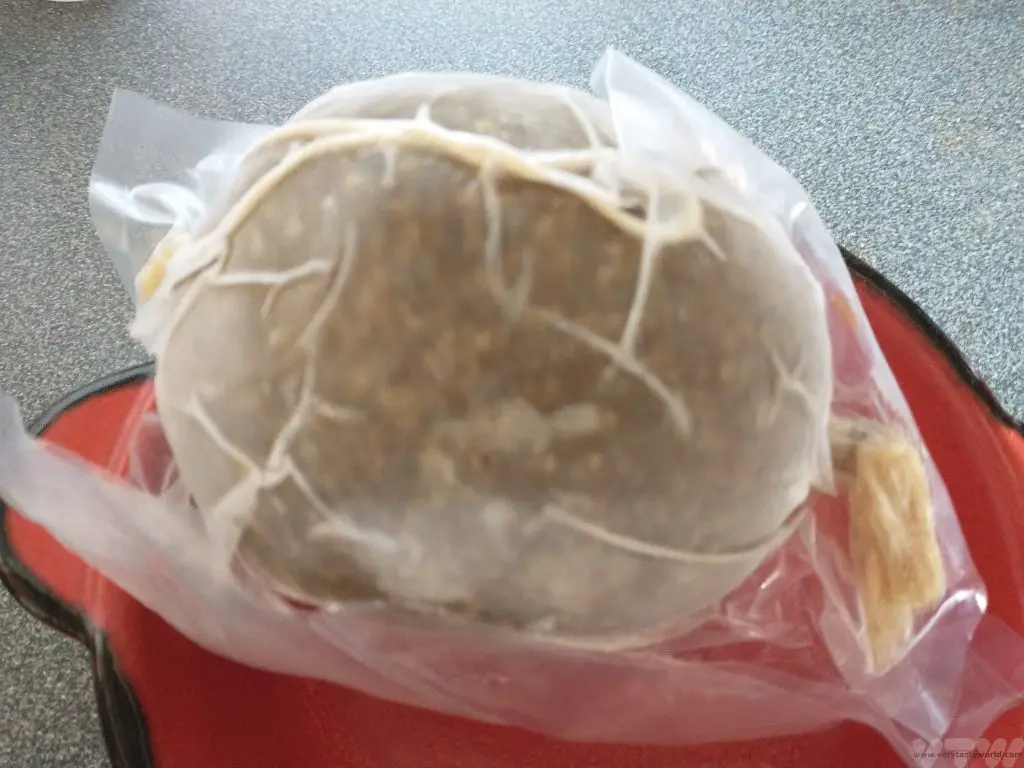
There are many ways to cook a haggis but the easiest is to boil. Remove the plastic wrapping but leave the skin intact and place into a pan of boiling water. Simmer gently – it needs to be cooked slowly to ensure that the skin doesn’t burst. Timing depends on the size of the haggis – a 1kg haggis should cook in just over an hour. Add about 20 minutes to the time if cooking from frozen.
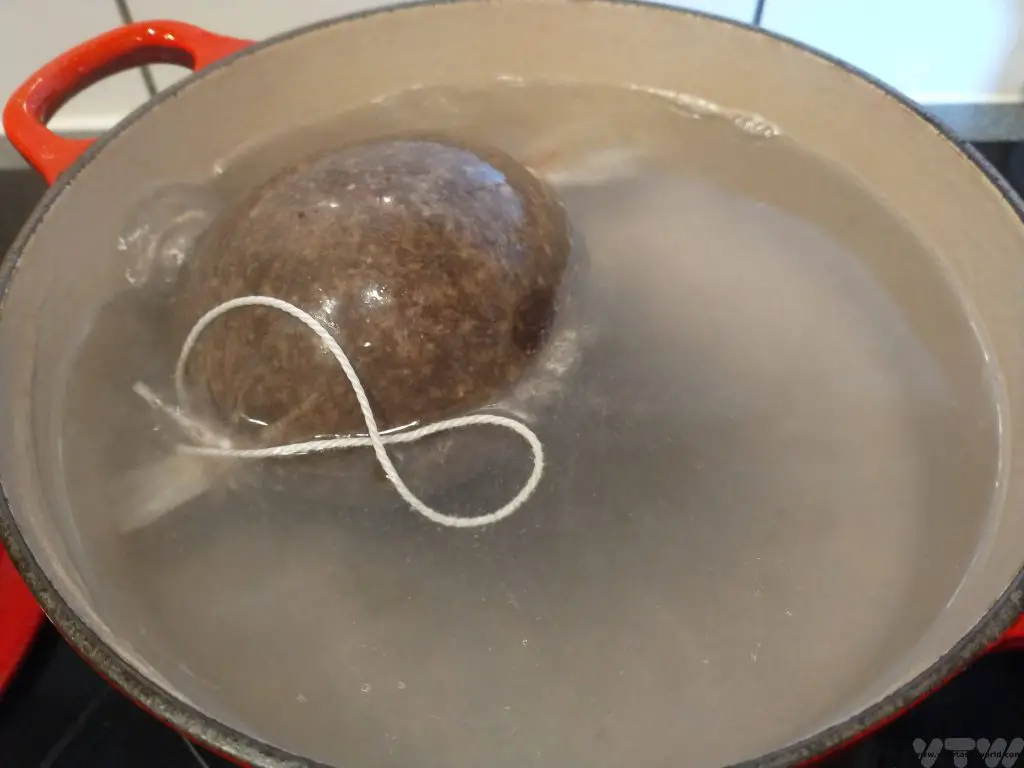
Separately, peel and dice the swede and then the potatoes. Boil until tender.
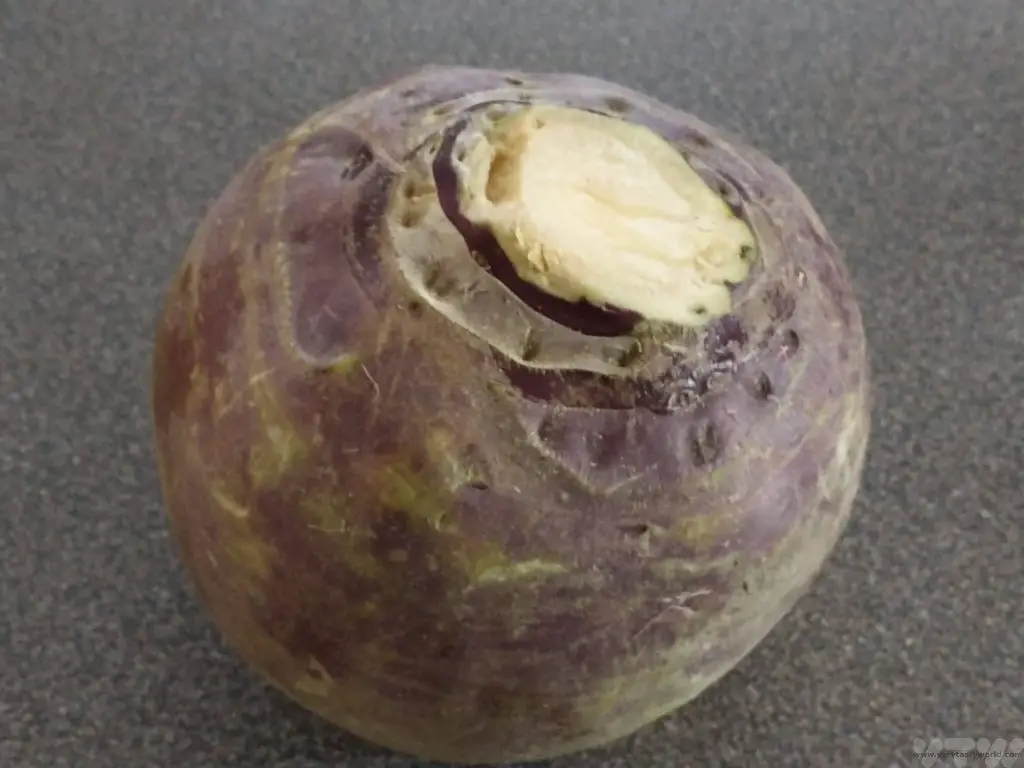
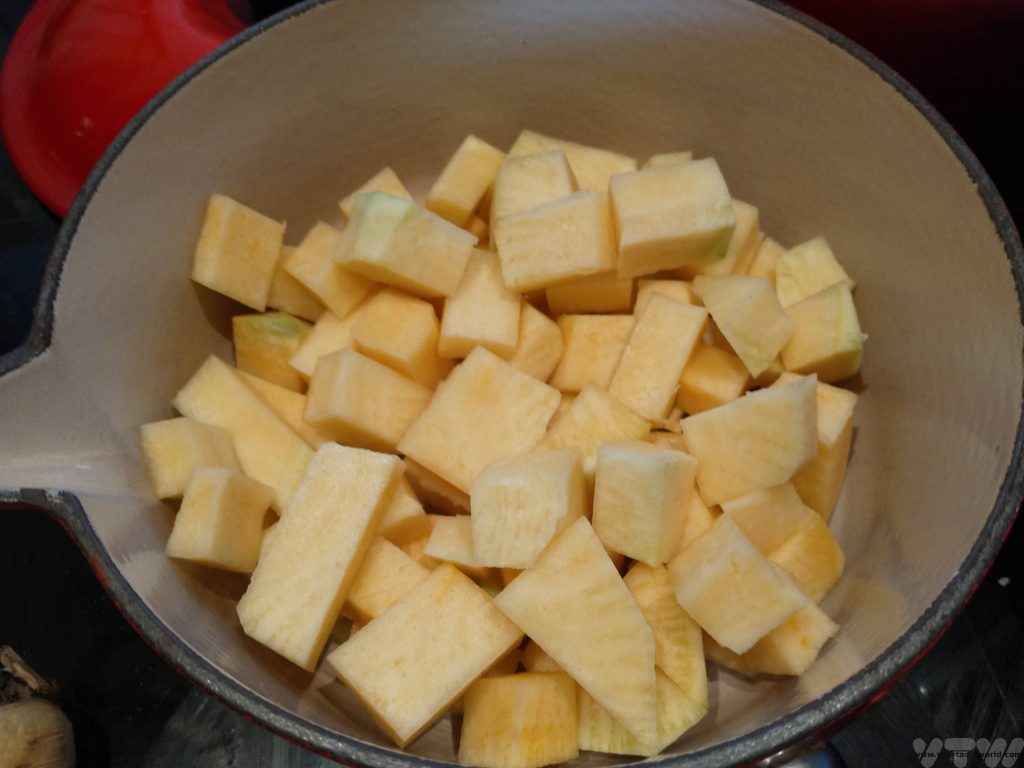
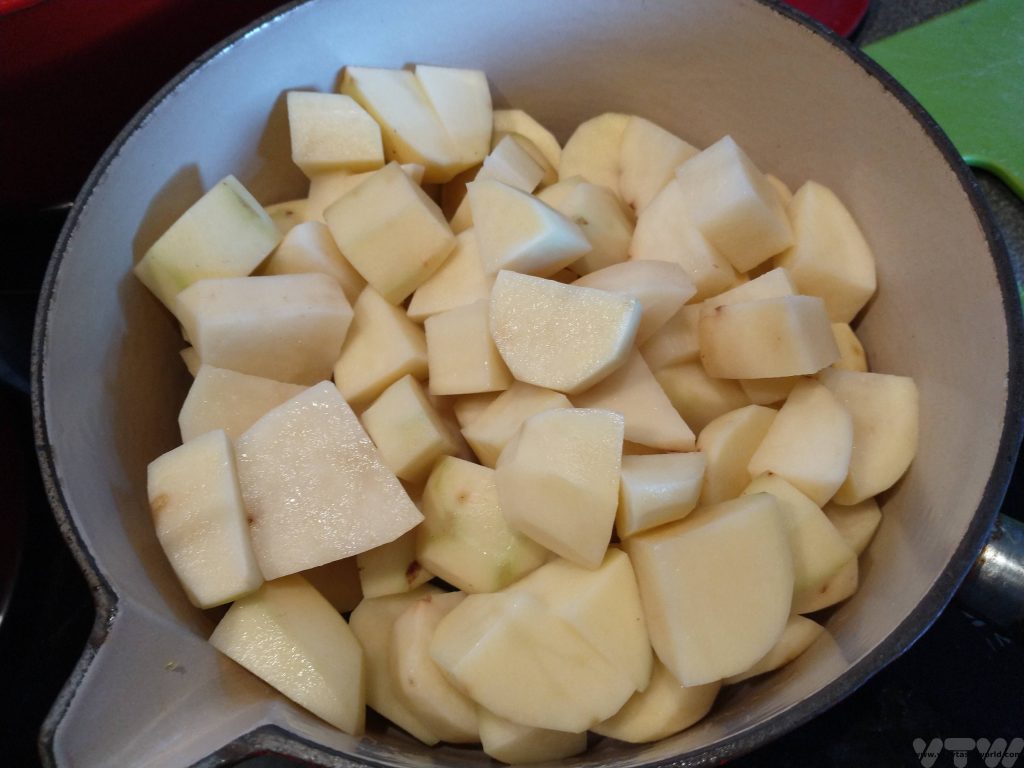
Separately, mash the swede and potatoes. Add loads of butter. There is an unwritten rule in cooking that the flavour of your mash is directly proportional to the amount of butter you add. Season to taste with salt and pepper.
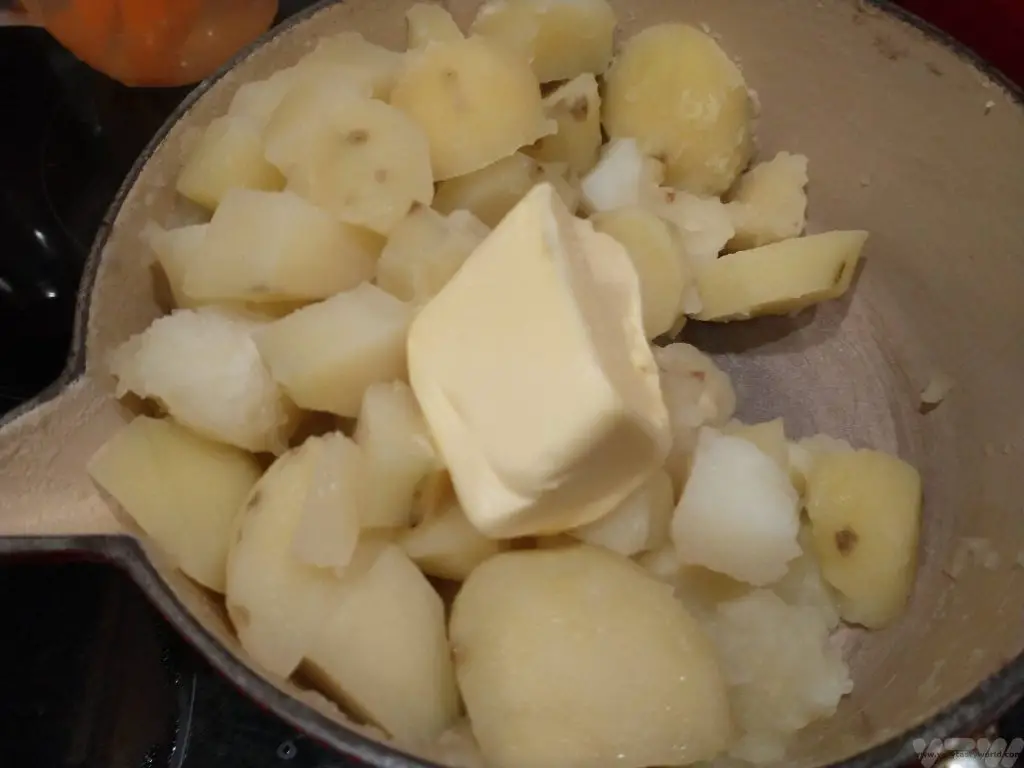
Remove the haggis from its casing – just slit along the length. Use a spoon to scoop out the meat.
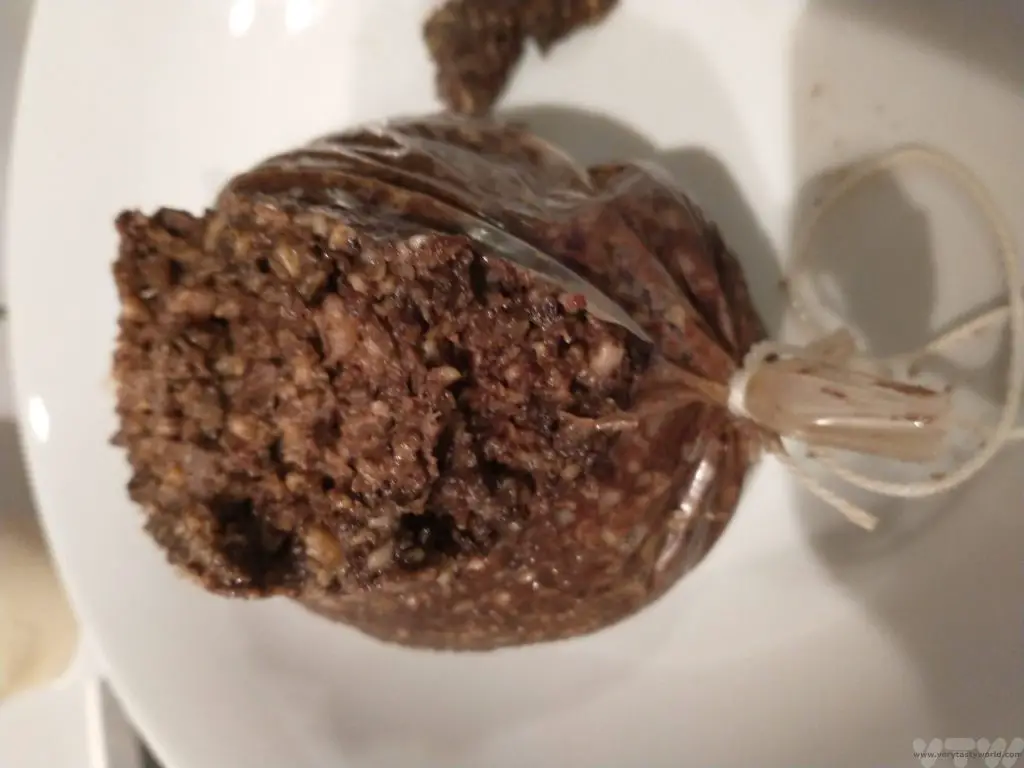
Then serve. It’s a very down-to-earth and honest dish, it doesn’t require any pretentious garnish. You could go all “Close Encounters” and shape the mashed potato into a mountain but your food would go cold if you did that. Slap it on a plate and enjoy…

…preferably with a wee dram (a shot of Scotch whisky), of course.


- Things To Do In Rovaniemi In Winter
- Avebury Stone Circle vs Stonehenge
- Five days in Copenhagen
- Is Sarajevo Worth Visiting?
- A Svalbard Holiday – Land of the Midday Moon
- Afternoon Tea in Coventry

- RECIPE Oyakodon Donburi
- Zero Waste Recipes Before Your Holiday
- RECIPE: Vegetable Biryani Tamil Nadu Style
- RECIPE: Vegan Wild Garlic Pesto
- Recipe: Venetian Pasta Sauce
- RECIPE: Biryani Raita Recipe
- RECIPE: How to Make Costa Rica’s Gallo Pinto
- Recipe: Japanese Simmered Pork Belly – Buta no Kakuni
- RECIPE: How to Make Umeboshi
Super-Vlaai in South Netherlands!
Limburg in the south of the Netherlands offers a complete contrast to the cosmopolitan charms of Amsterdam. When we recently picked up train tickets at Schiphol airport’s railway station to make the two hour journey, the friendly ticket master inquired, “are you sure you are going to South Netherlands?” On receiving a positive reply he very kindly printed out a timetable for us showing us where and when to change trains. He was super-helpful.
Limburg is a rural area and the way of life is more relaxed. The flat landscape, interspersed with pretty towns and villages, is ideal for walking and cycling at an easy pace, especially along the banks of the broad River Maas.
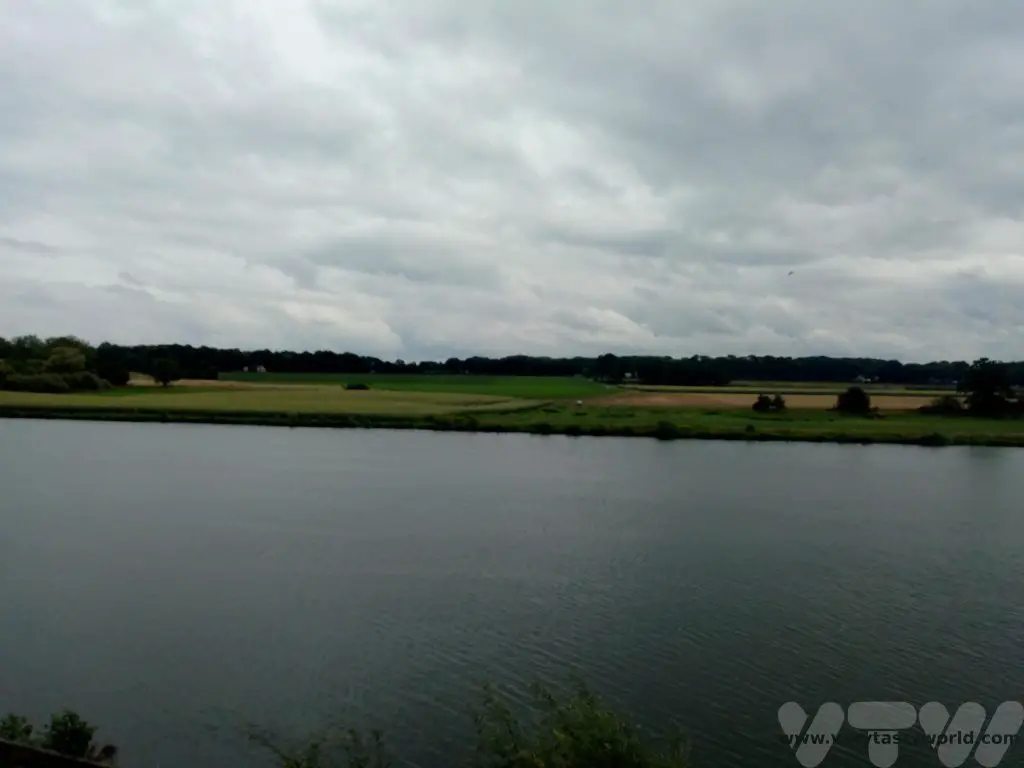
Limburg residents are very sociable. This is emphasised by their greeting technique: not one, not two, but three kisses on the cheek. Left-right-left. Or right-left-right. Either is fine.
If you are lucky enough to visit a local home you will almost certainly be offered coffee and vlaai. Dutch coffee is always properly made ground coffee. Vlaai – also known as Limburgse Vlaai – is a fruit tart.
The base isn’t made from traditional flaky pastry but from a yeast dough which gives it a light, cake-like texture. Each vlaai comes as a big round disc of deliciousness, usually around 30 cm in diameter. It is cut into large slices for guests to enjoy.
So Many Varieties of Vlaai
The traditional vlaai is a fruit-based tart, often with a latticed pasty top. Cherries, apricots, apple – all sorts of soft fruit can be used as a filling. It may be served with a dollop of rich cream.

And then there are more unusual variations. The gooseberry vlaai topped with fluffy meringue is both tart and sweet.
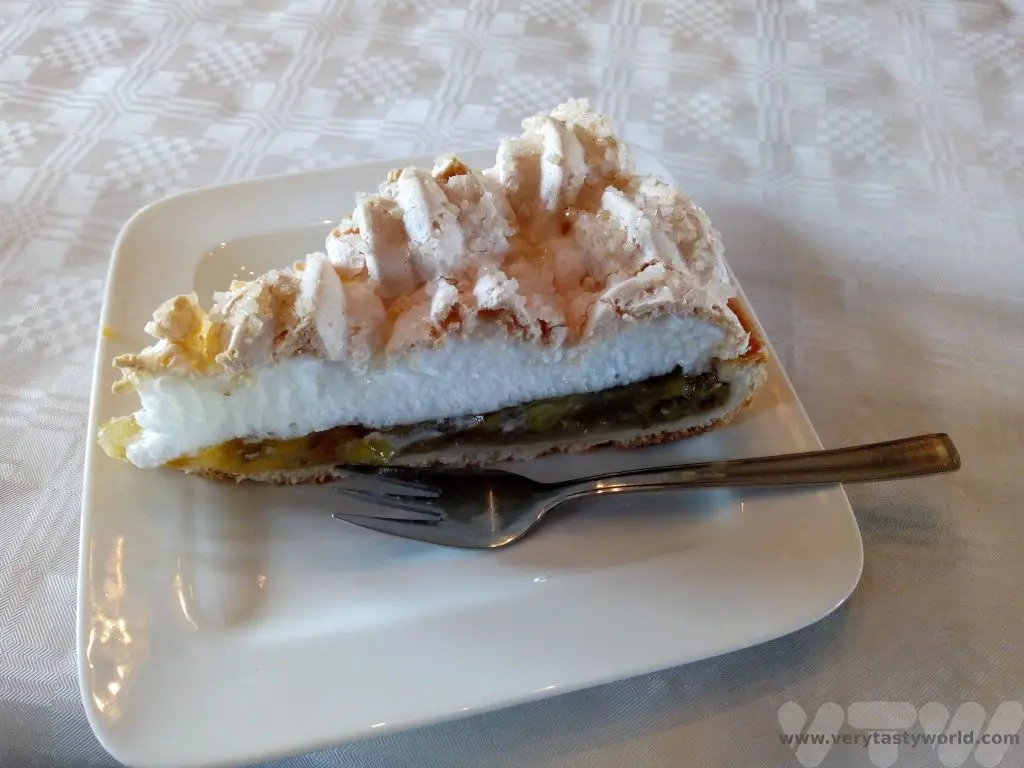
Berry mouse and meringue is also a great combination.

The rice pudding vlaai, with cream and chocolate shavings for added decadence, will keep you satisfied for a week.

Tradition dictates that visitors are offered coffee and vlaai and it is polite to accept. Apparently it is also considered to be a little bit rude not to accept a second slice. It’s possible that Limburgians have a secret second stomach as it is genuinely impossible to eat two slices of vlaai in quick succession, scrumptious though it is.

















